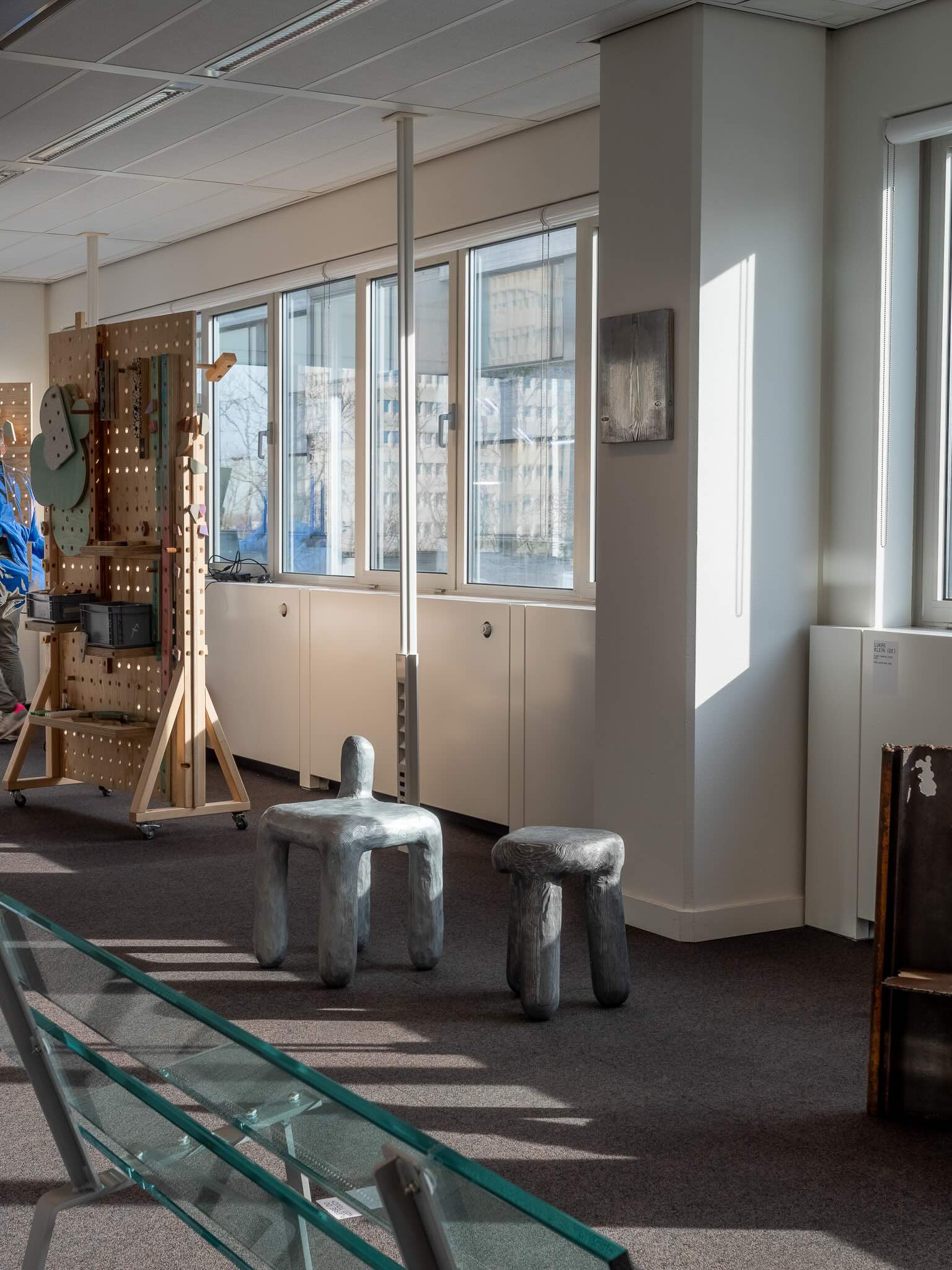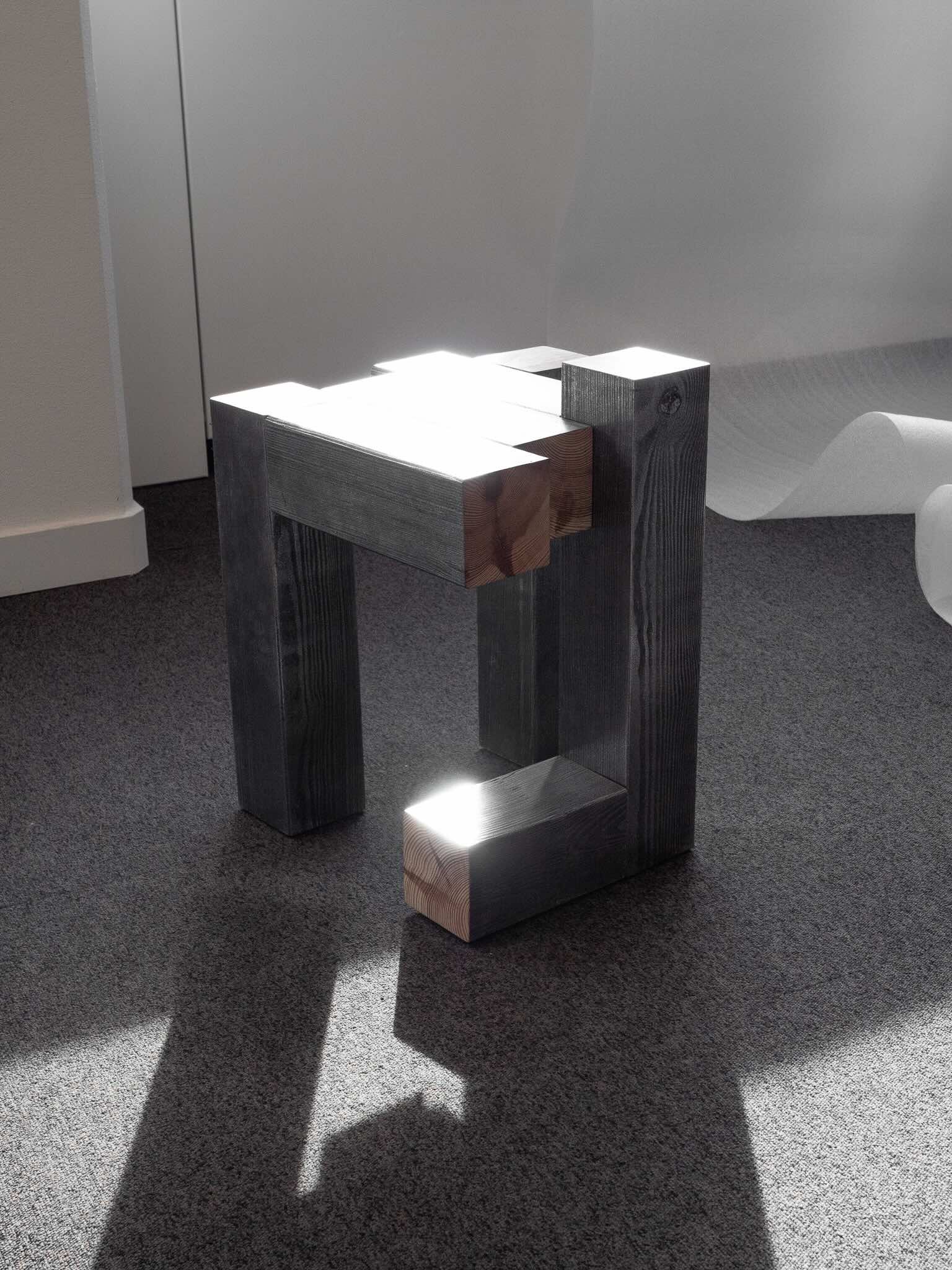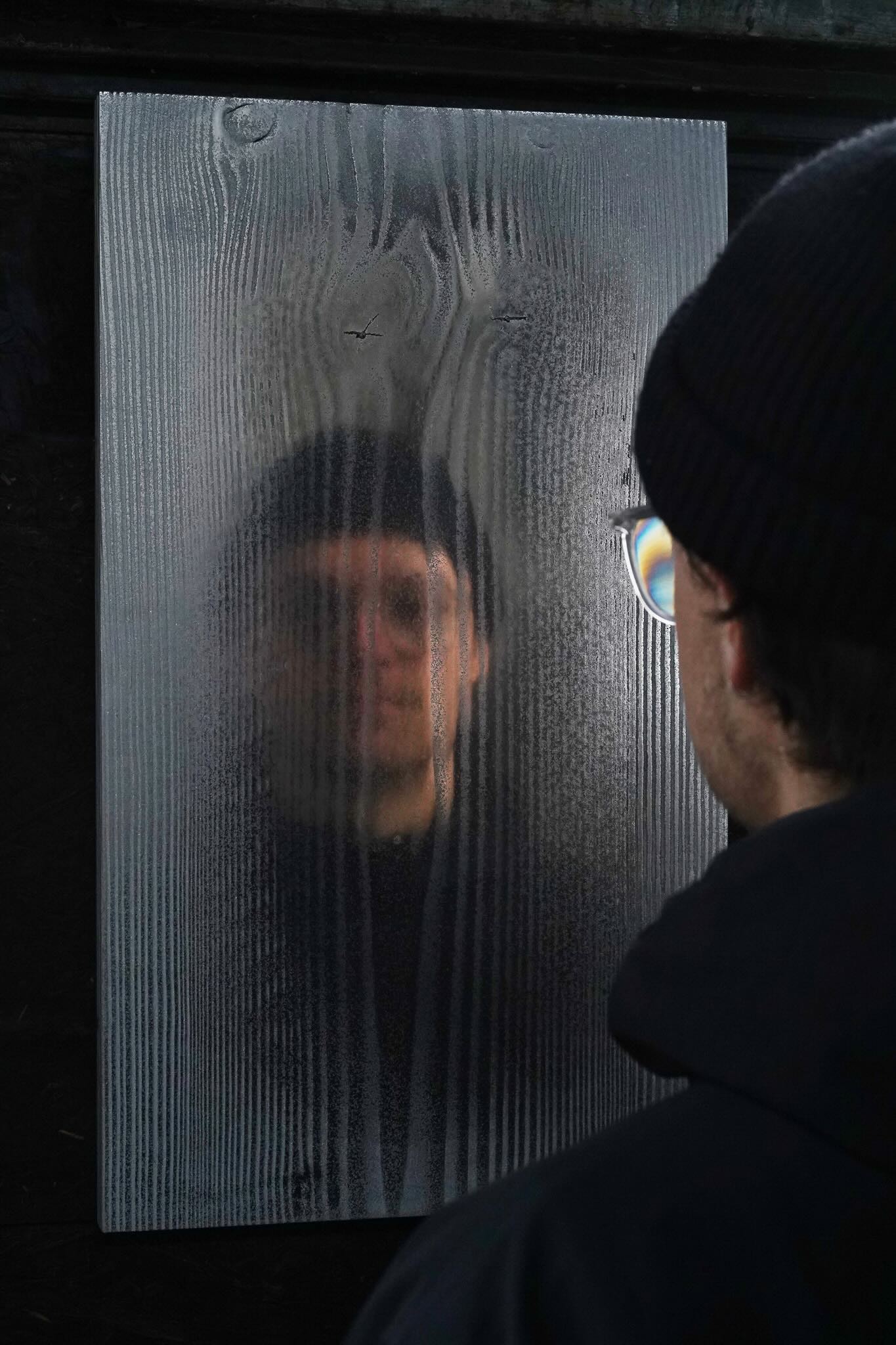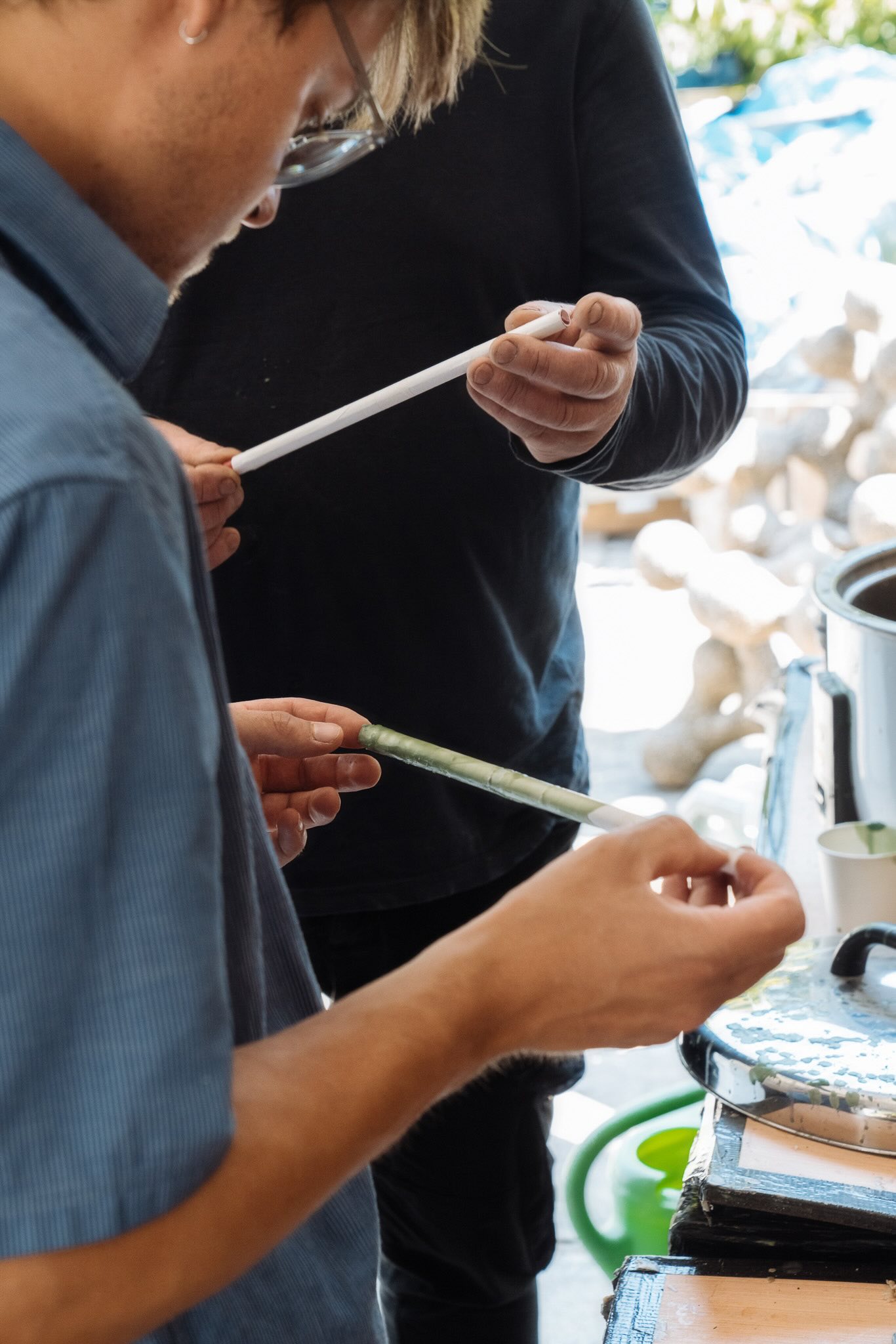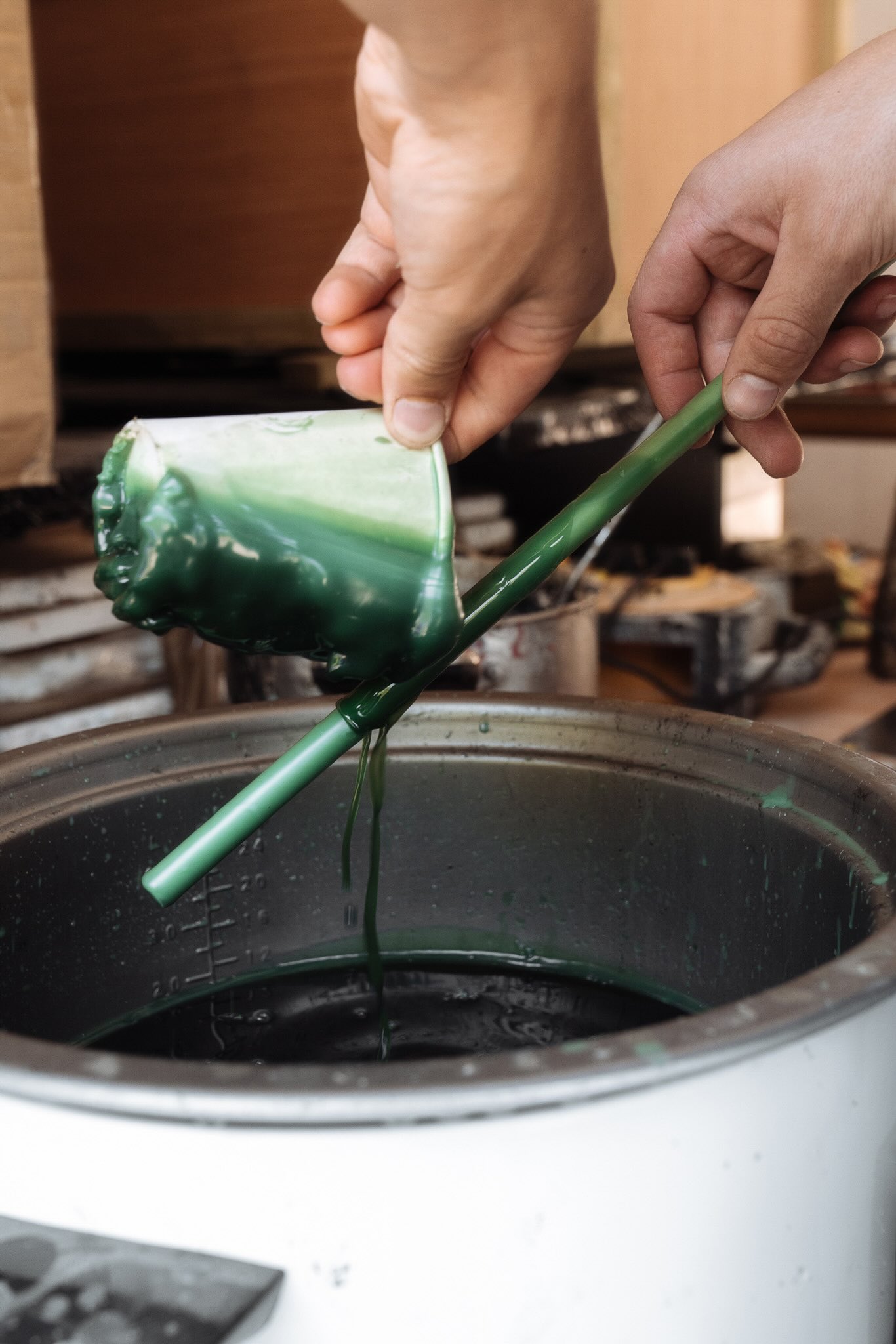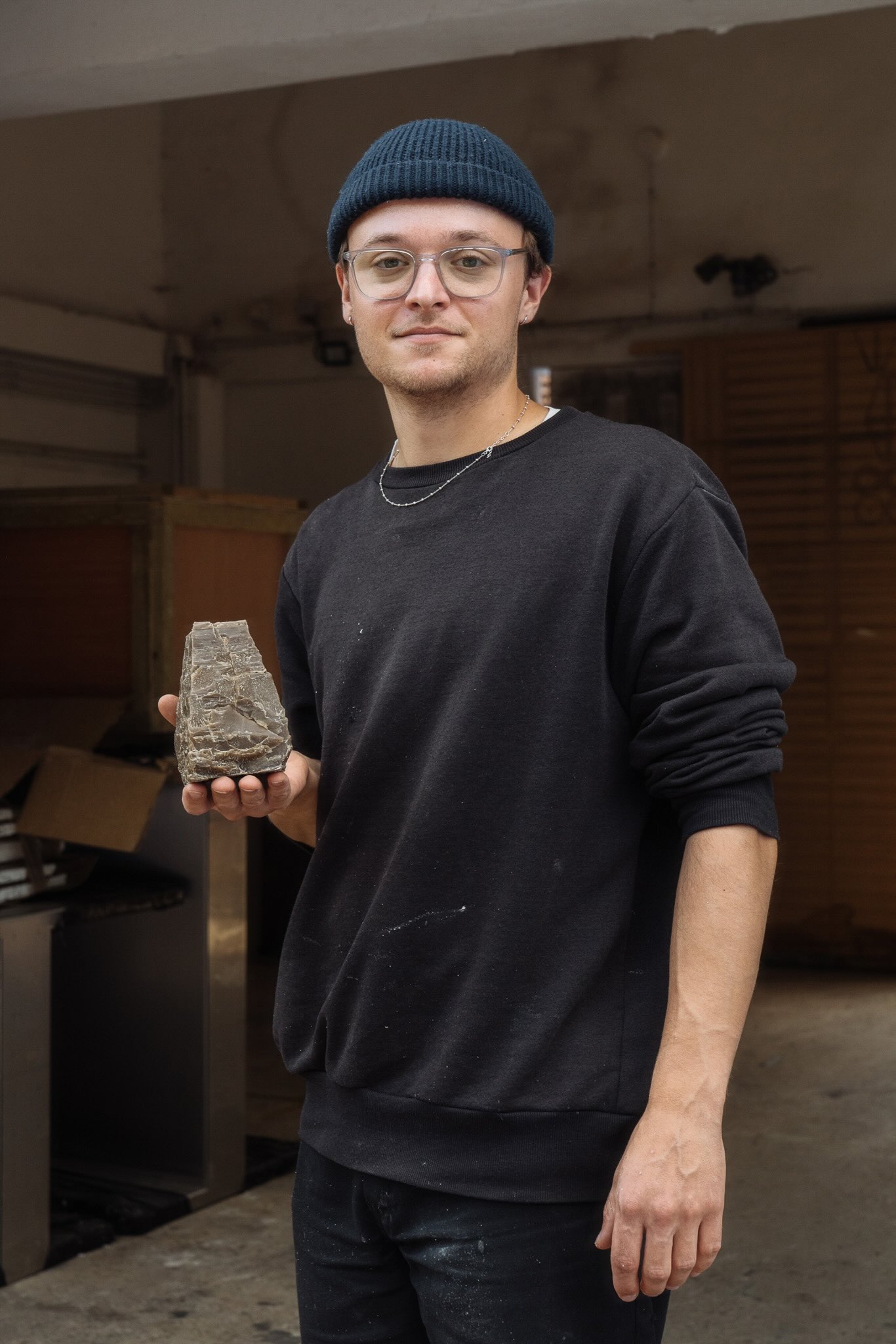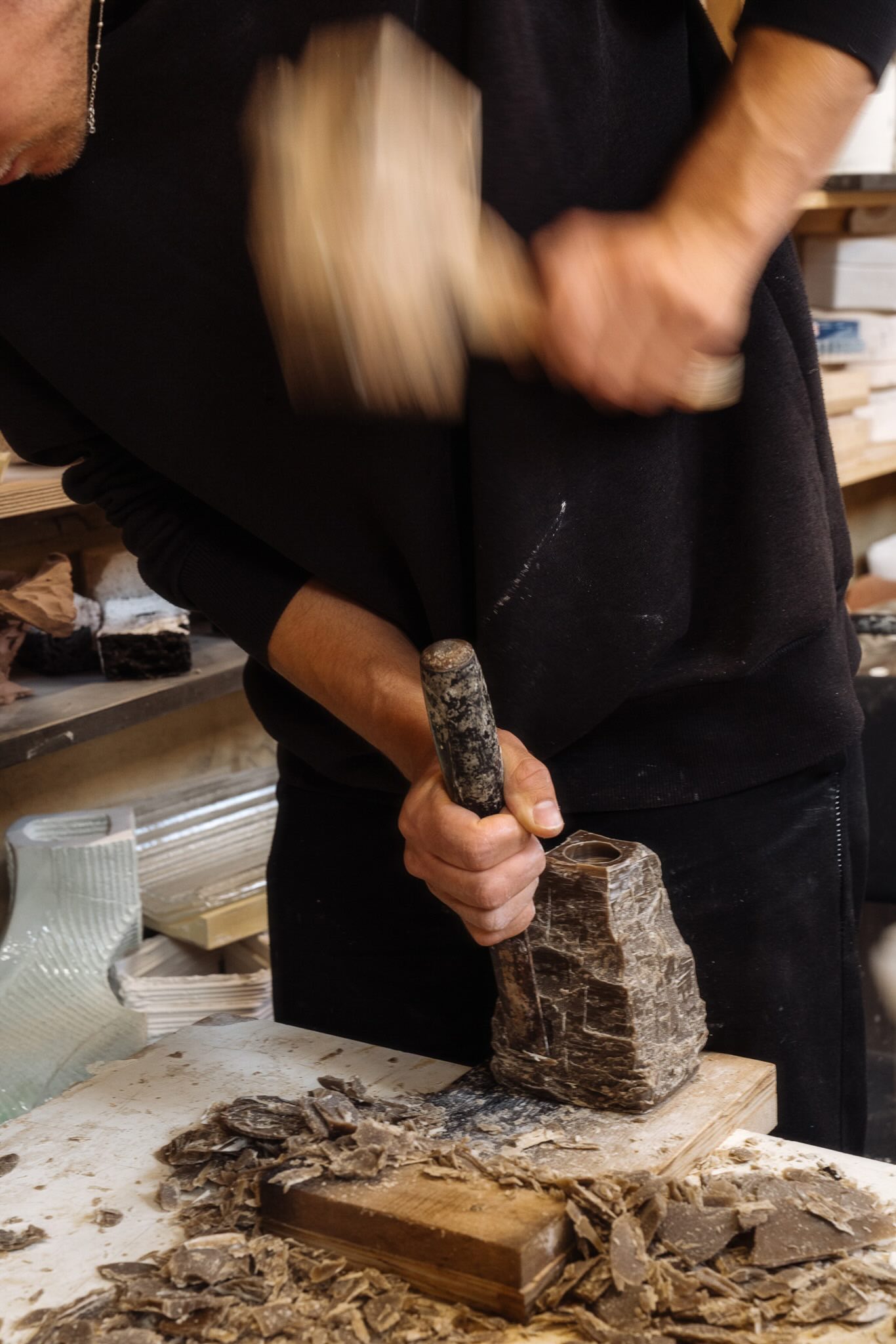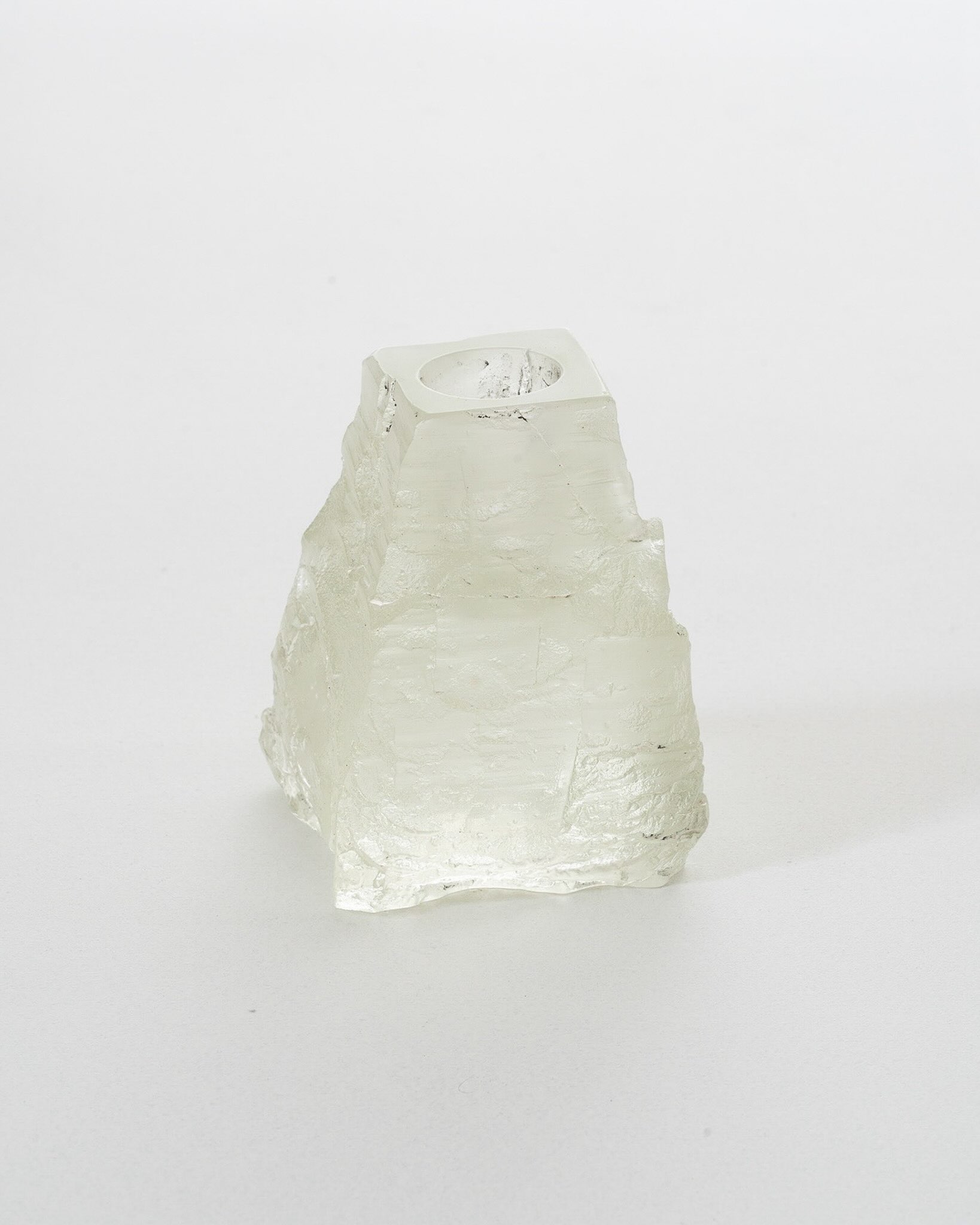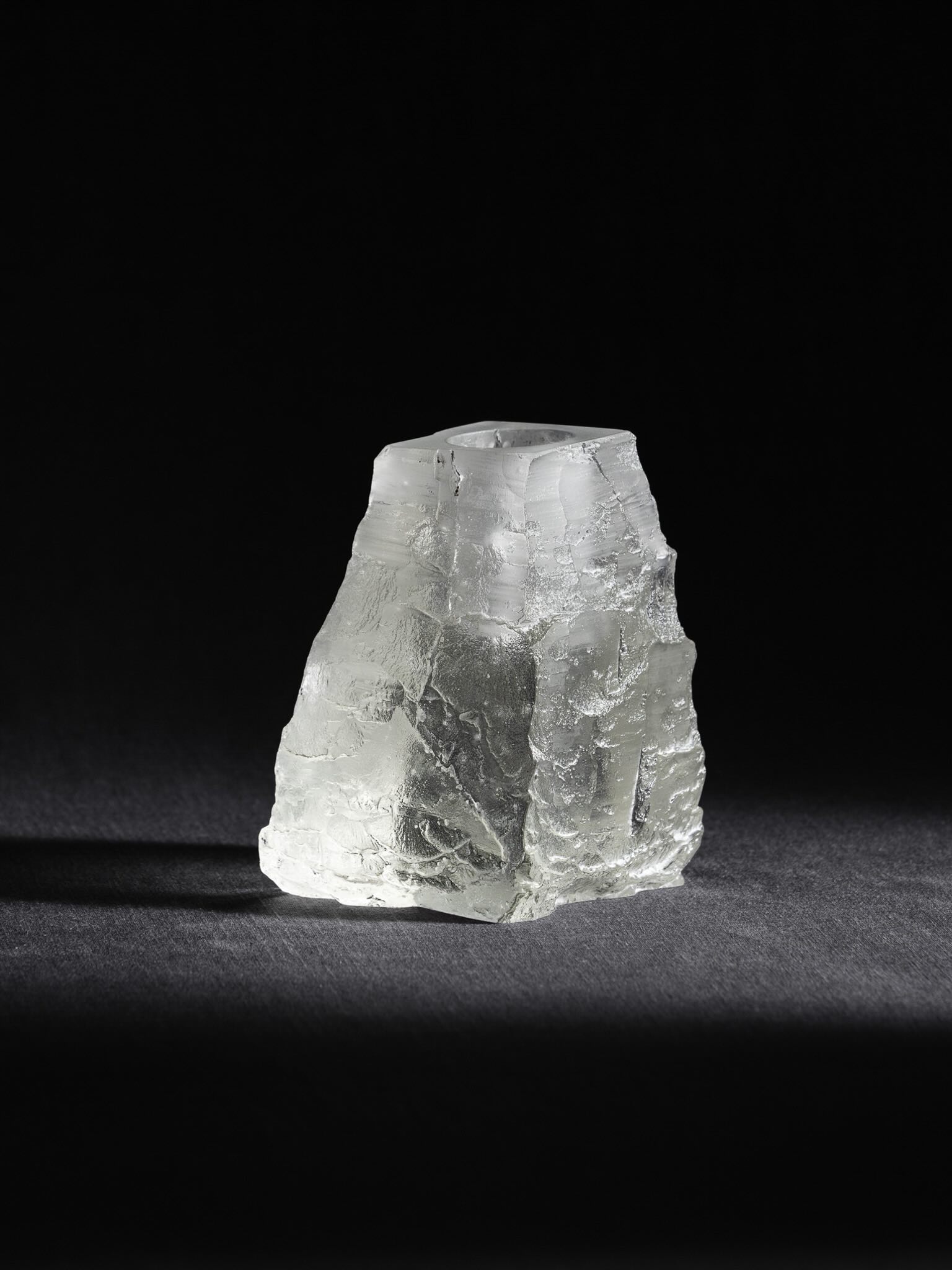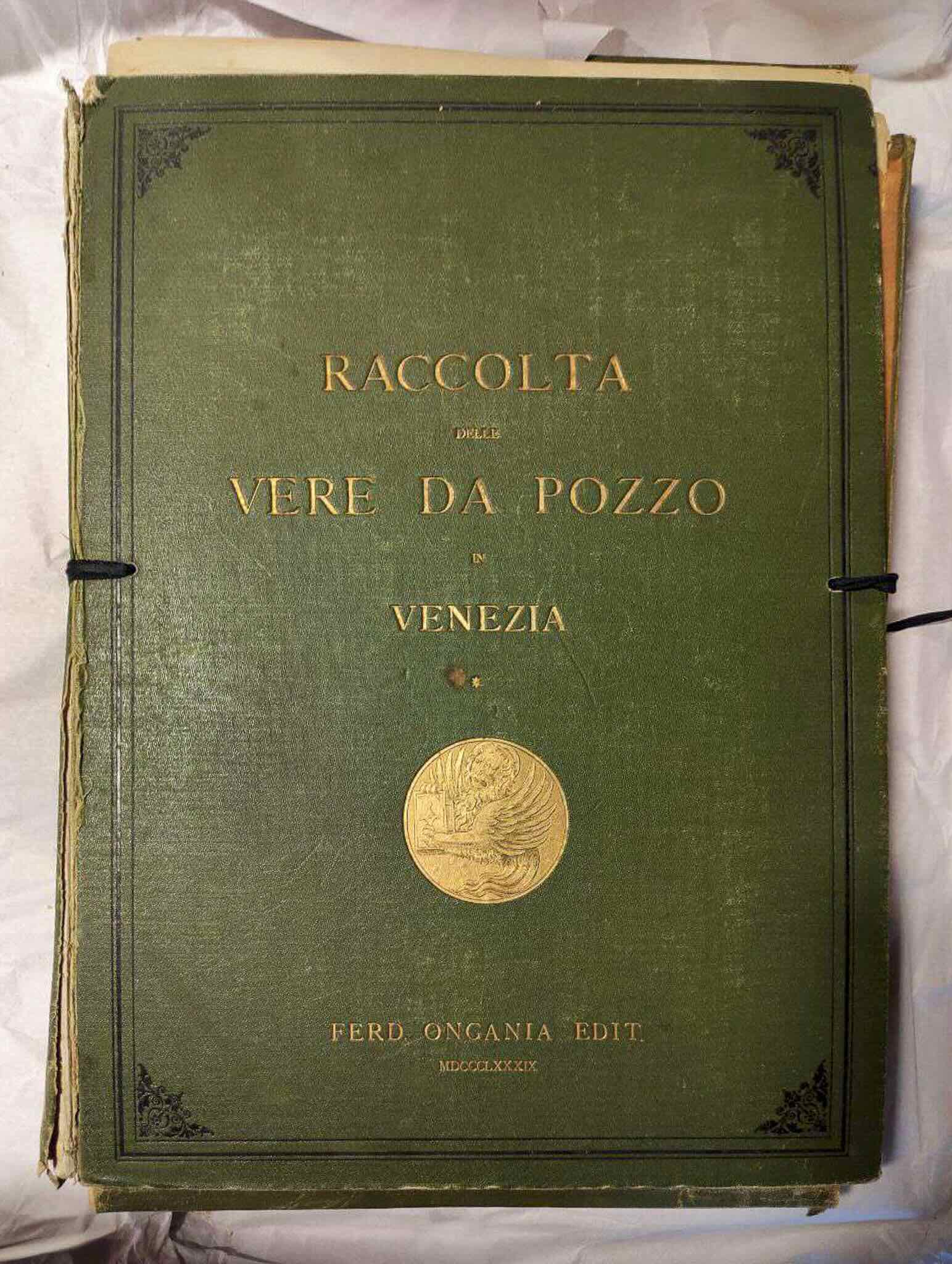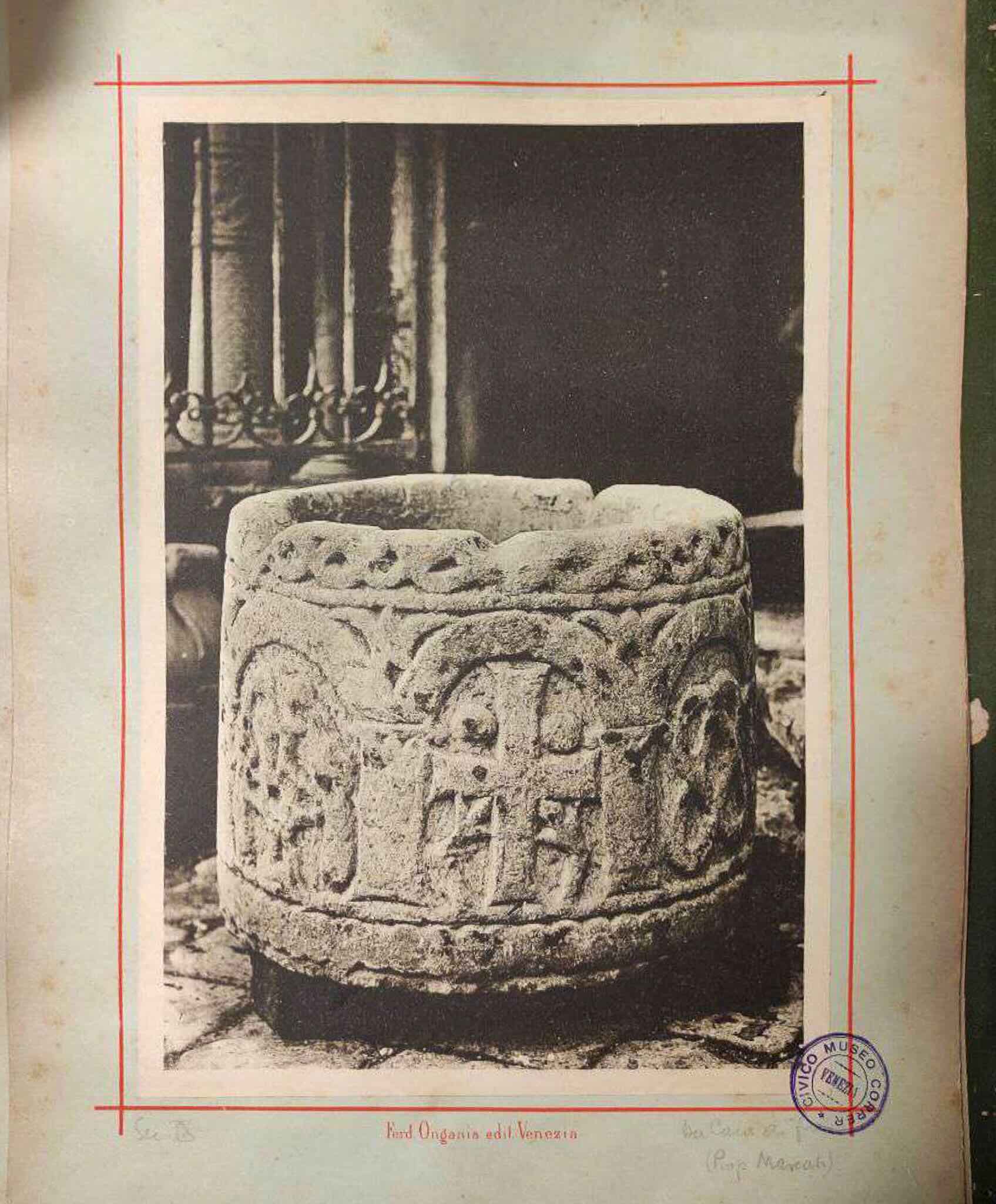01
Investigation of Petroleum-based Plastics
For decades, designers have worked to increase the value of discarded plastic through reuse and recycling initiatives. Despite these efforts, or perhaps because of them, plastic production is set to increase, doubling or tripling over the next few decades, making such projects increasingly hopeless.
The following works deal with different approaches to synthetic plastics.
01.1
Block to Blob
We are surrounded by more and more plastic in all areas of our lives, but we don't know much of it. Where does this stuff actually come from? And above all, why does it feel so artificial, anonymous and detached?
In his diploma project at the HfG Karlsruhe, Lukas Klein critically examines plastic as an omnipresent yet impersonal material. Through text, videos and objects, block to blob traces the hidden pathways of plastics and reveals the industrial landscapes required for their production. Karlsruhe—terminus of the Transalpine Pipeline, one of Germany’s most important oil pipelines—emerges as a key site within the petro-industrial complex. The journey concludes in a forest in Alsace, where a naturally occurring oil spring points back to the organic source of plastic.
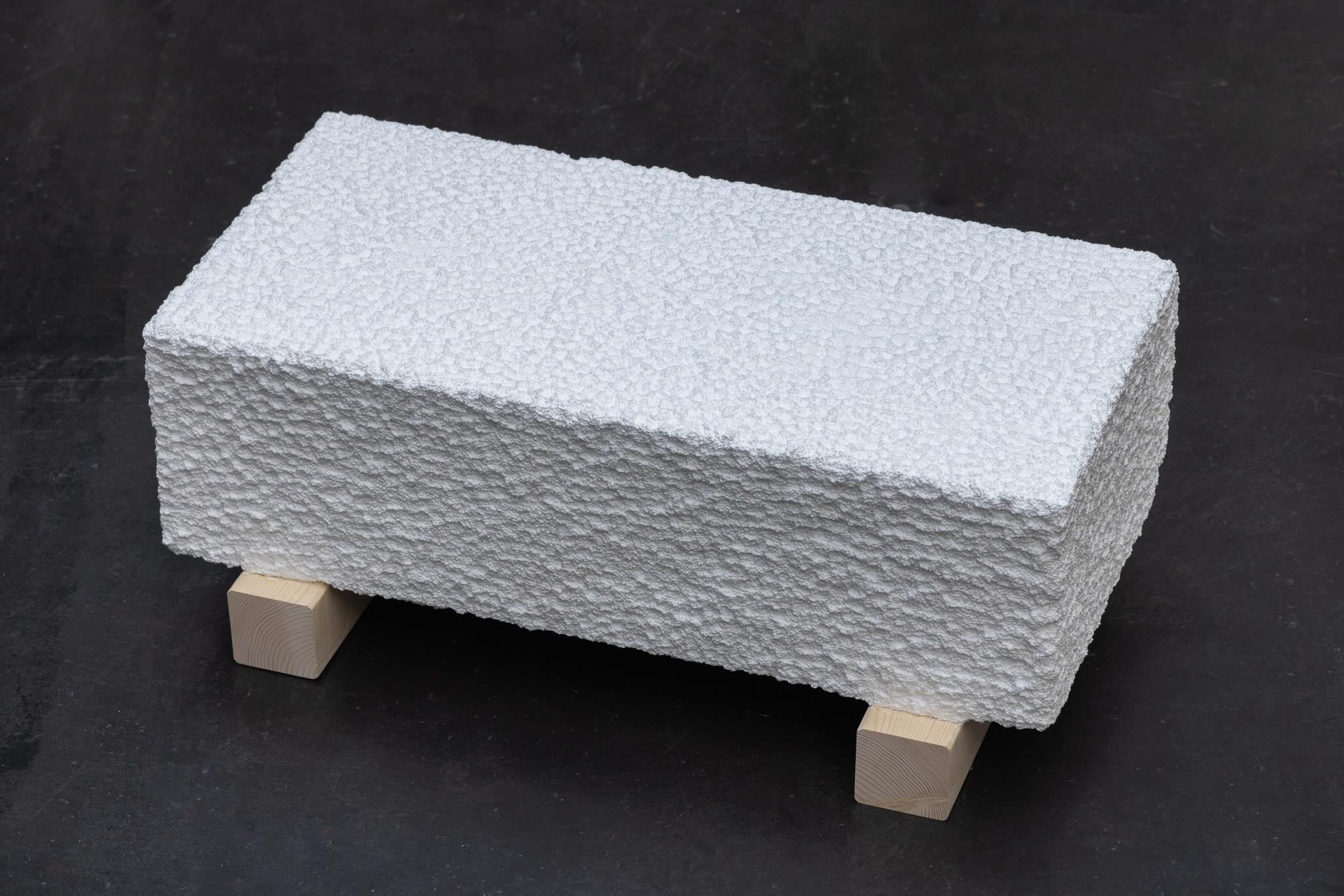
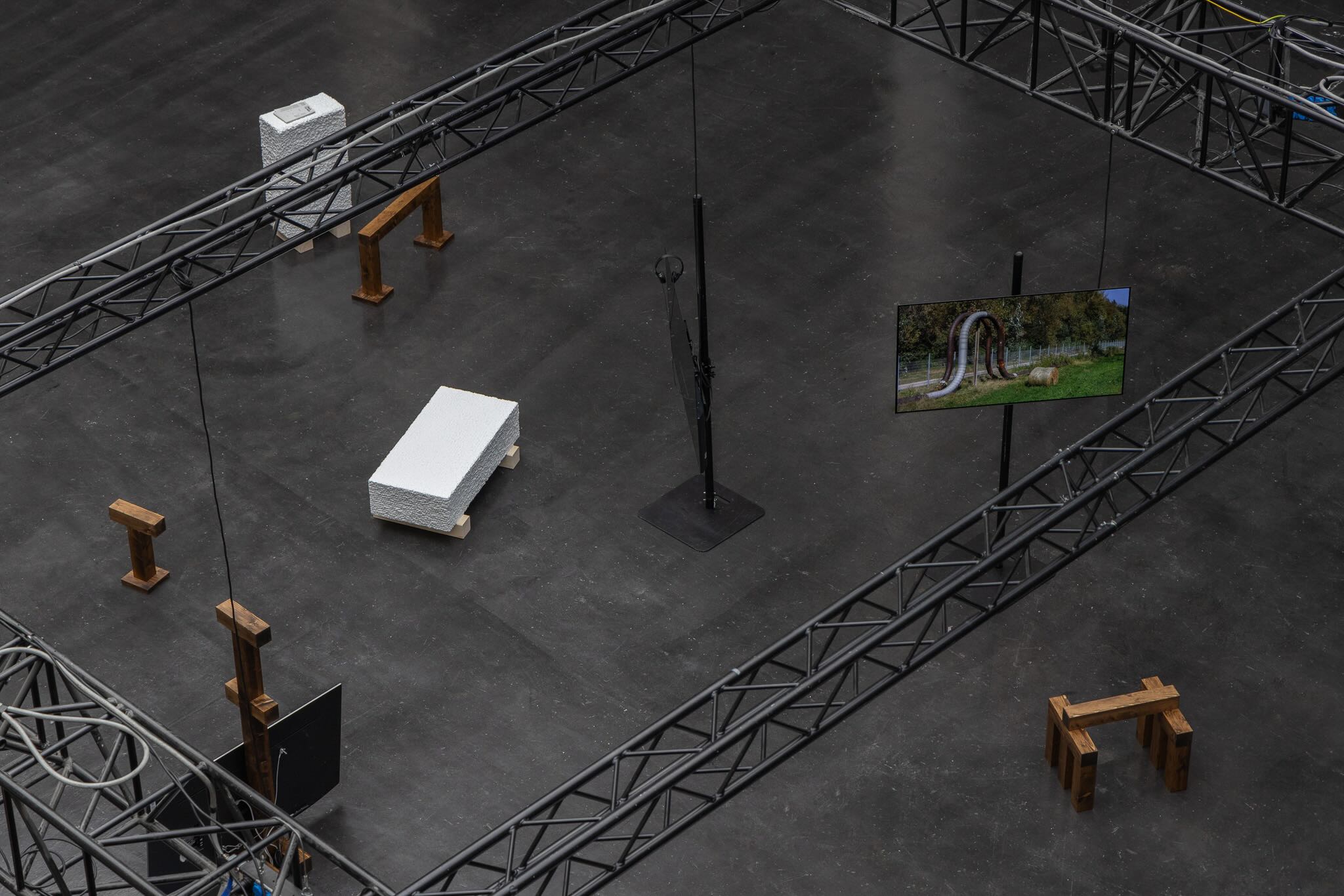
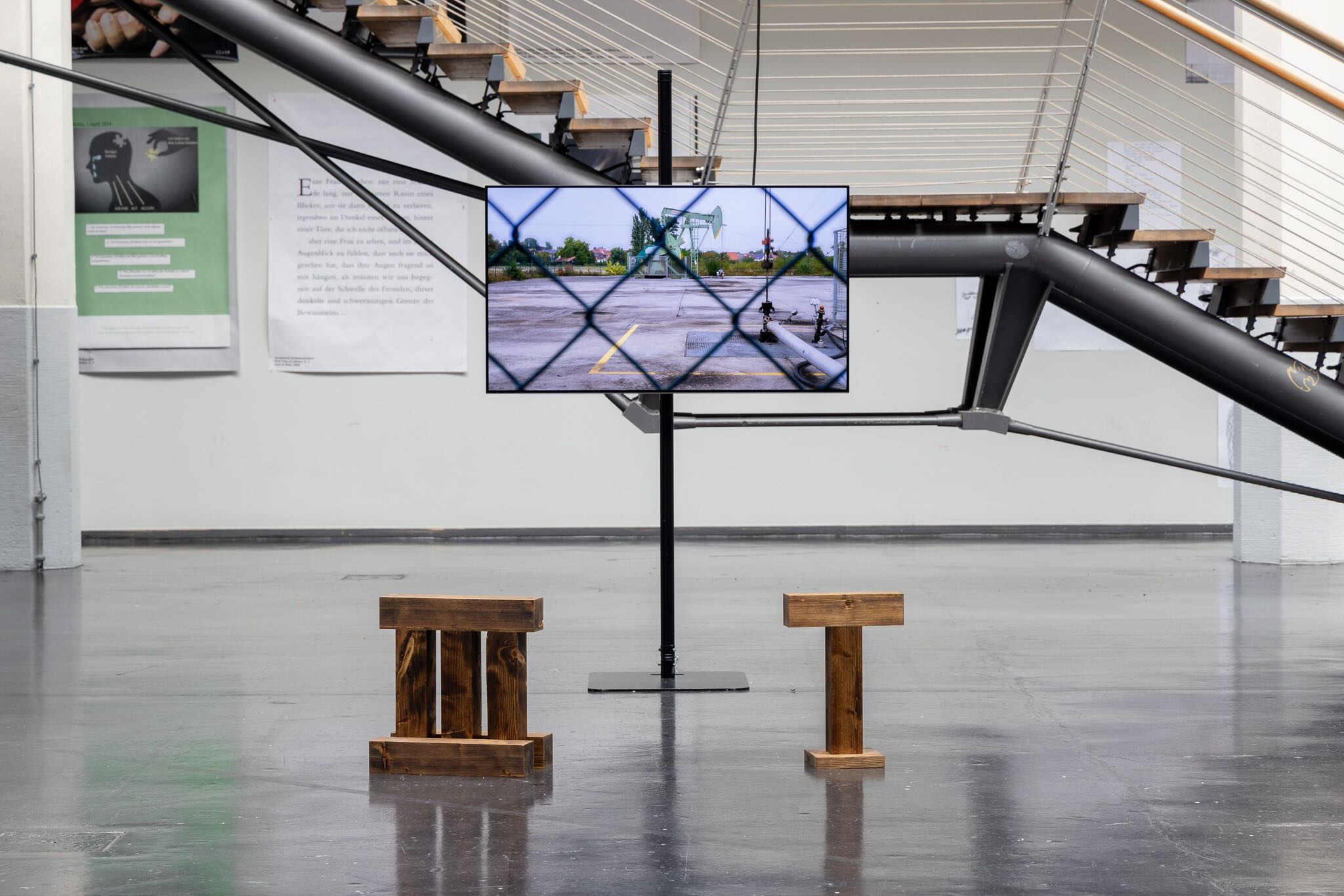
more...
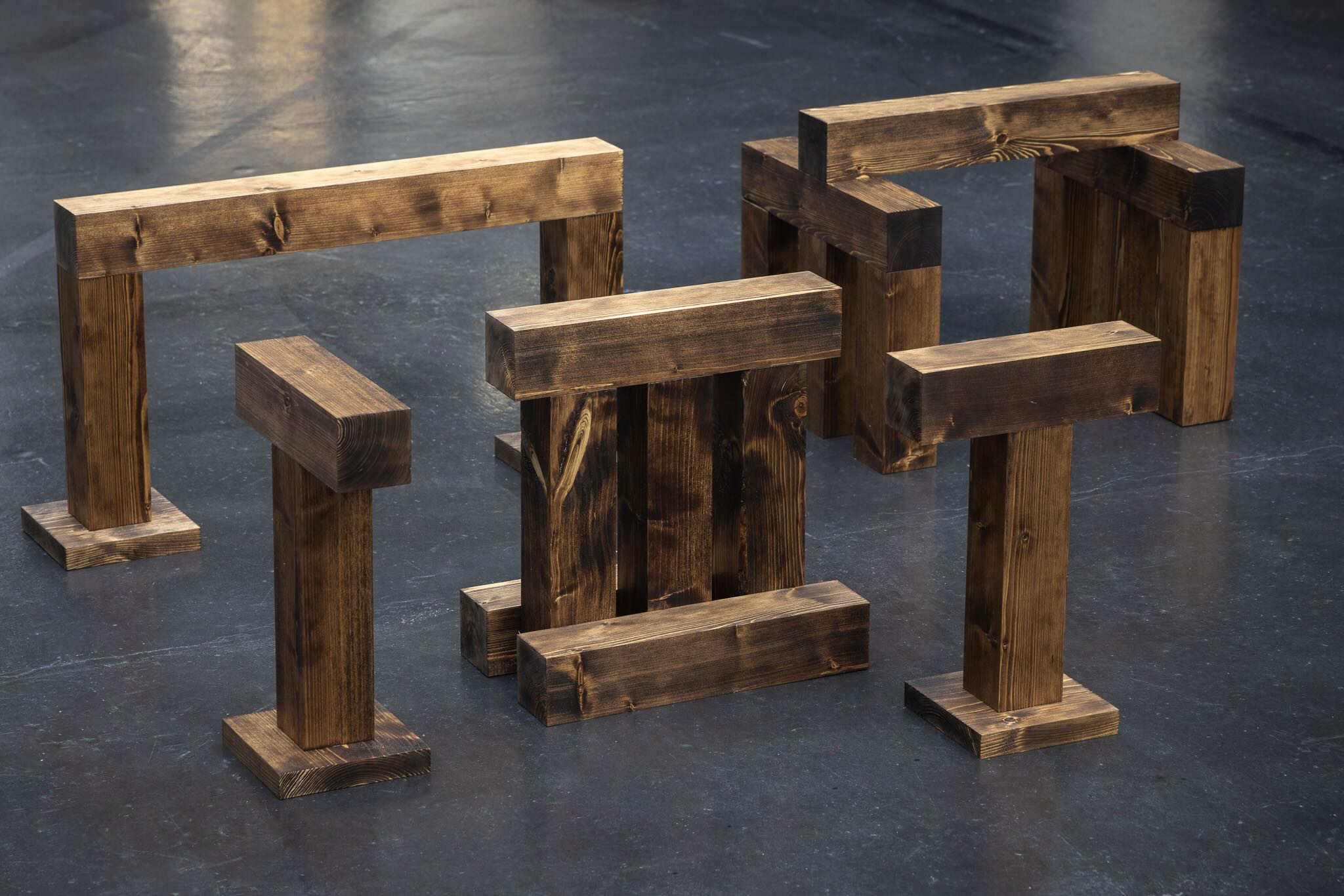
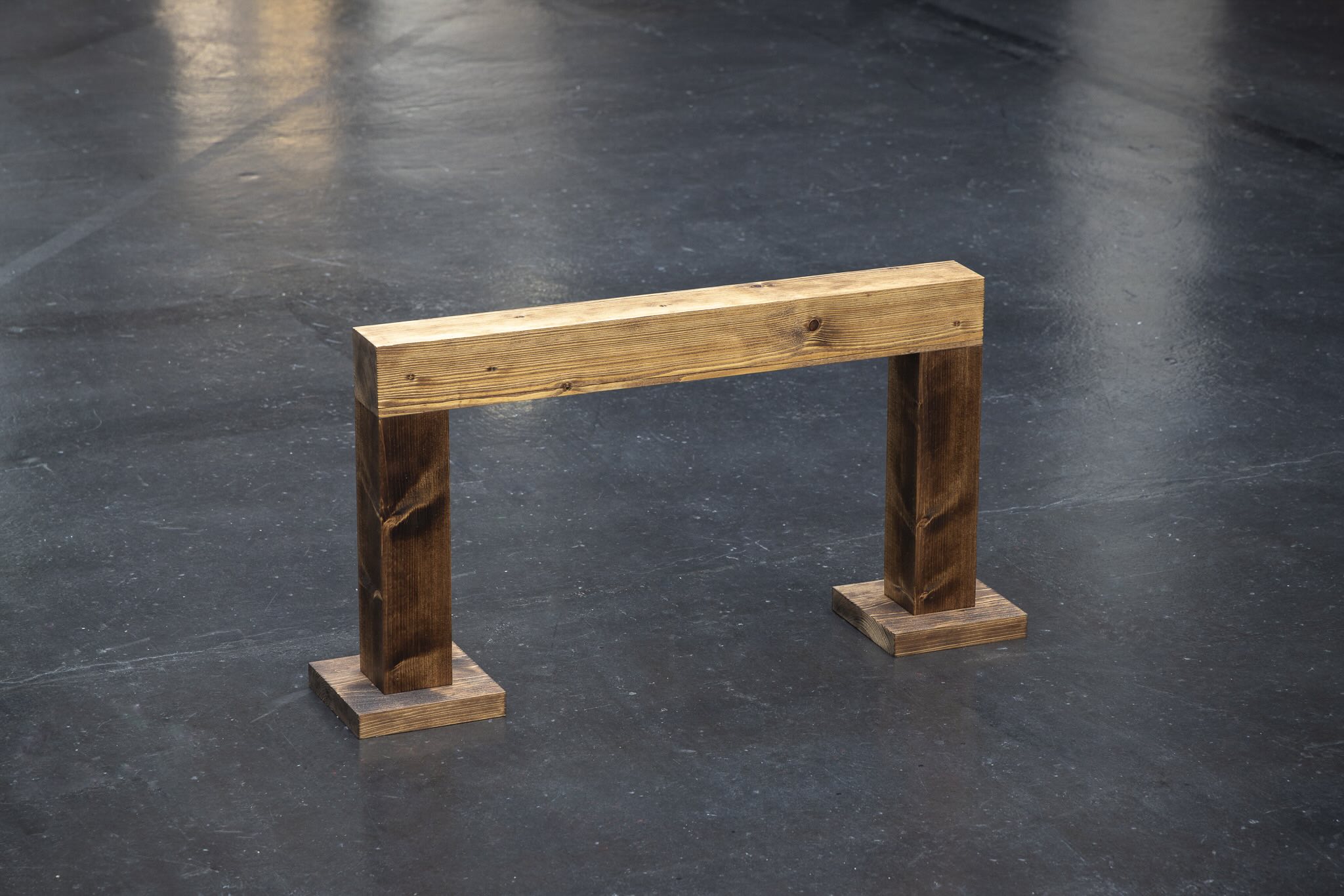
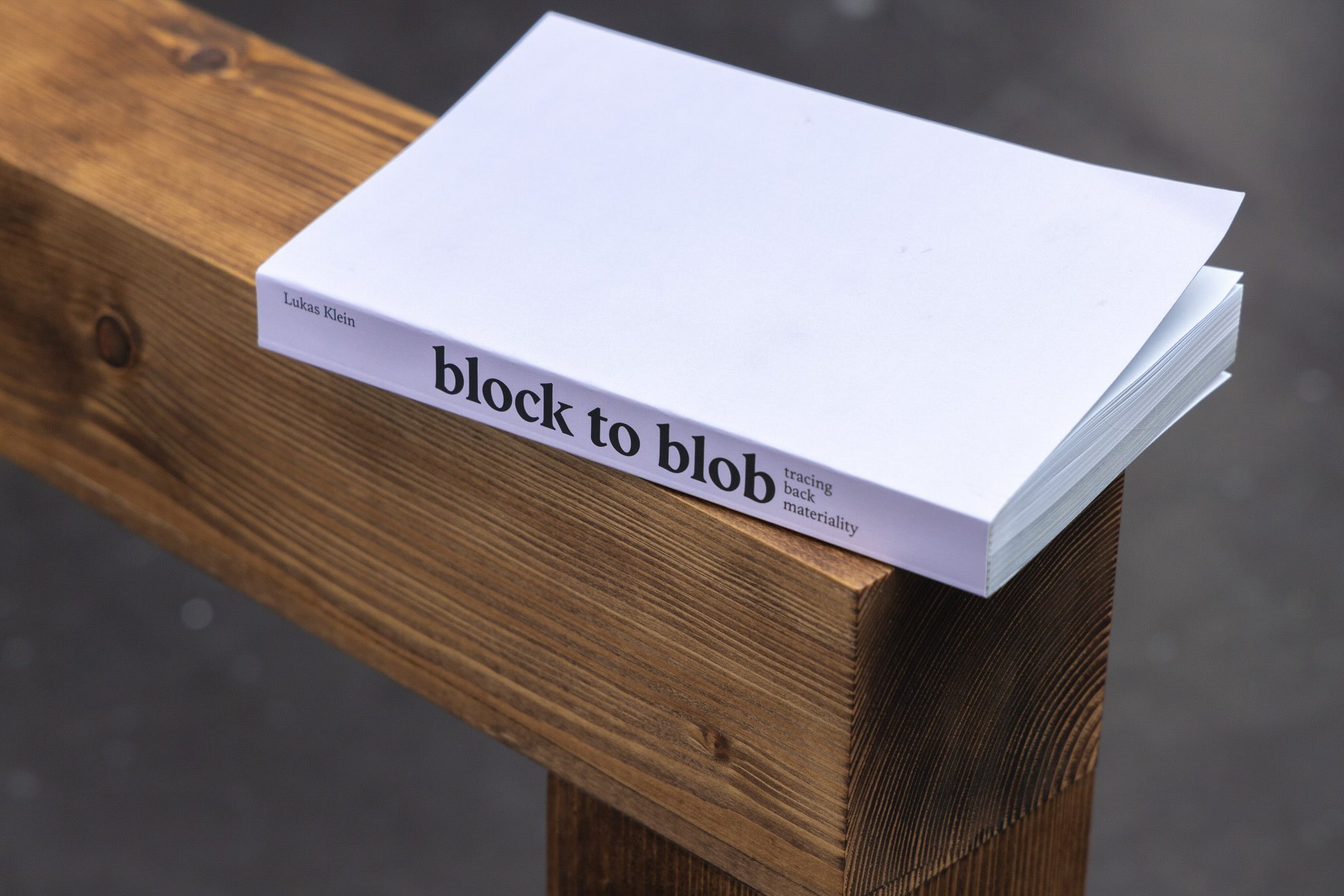
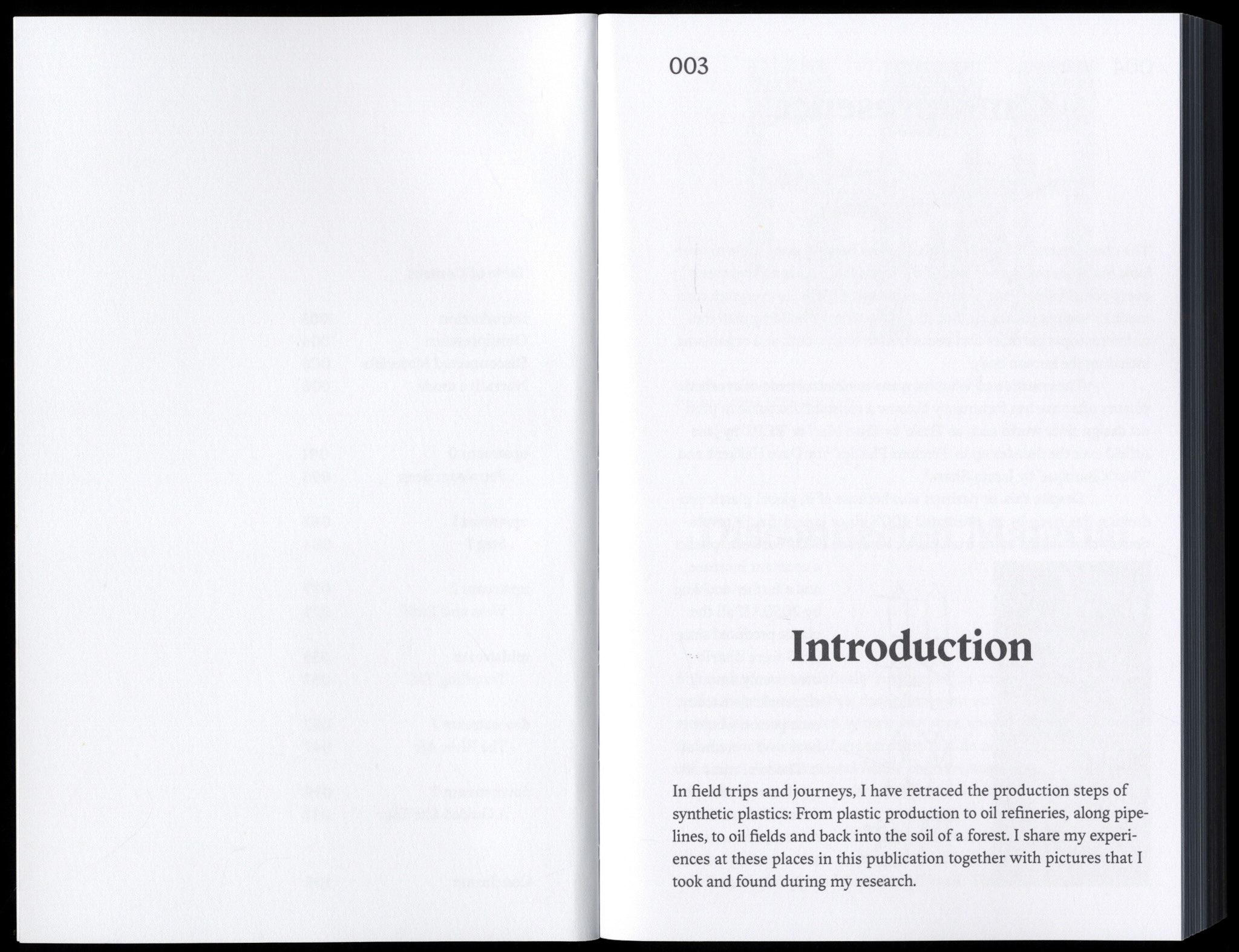
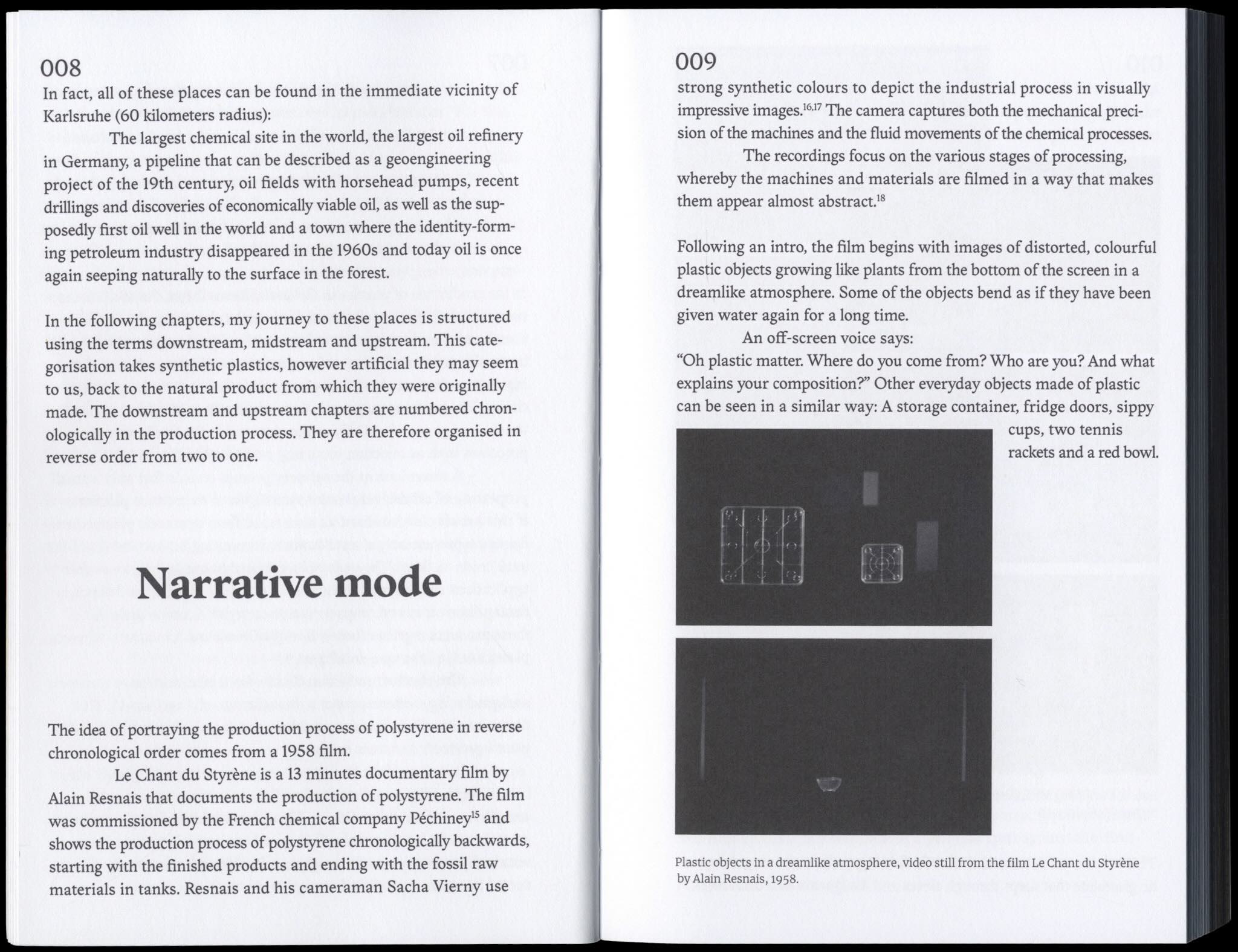
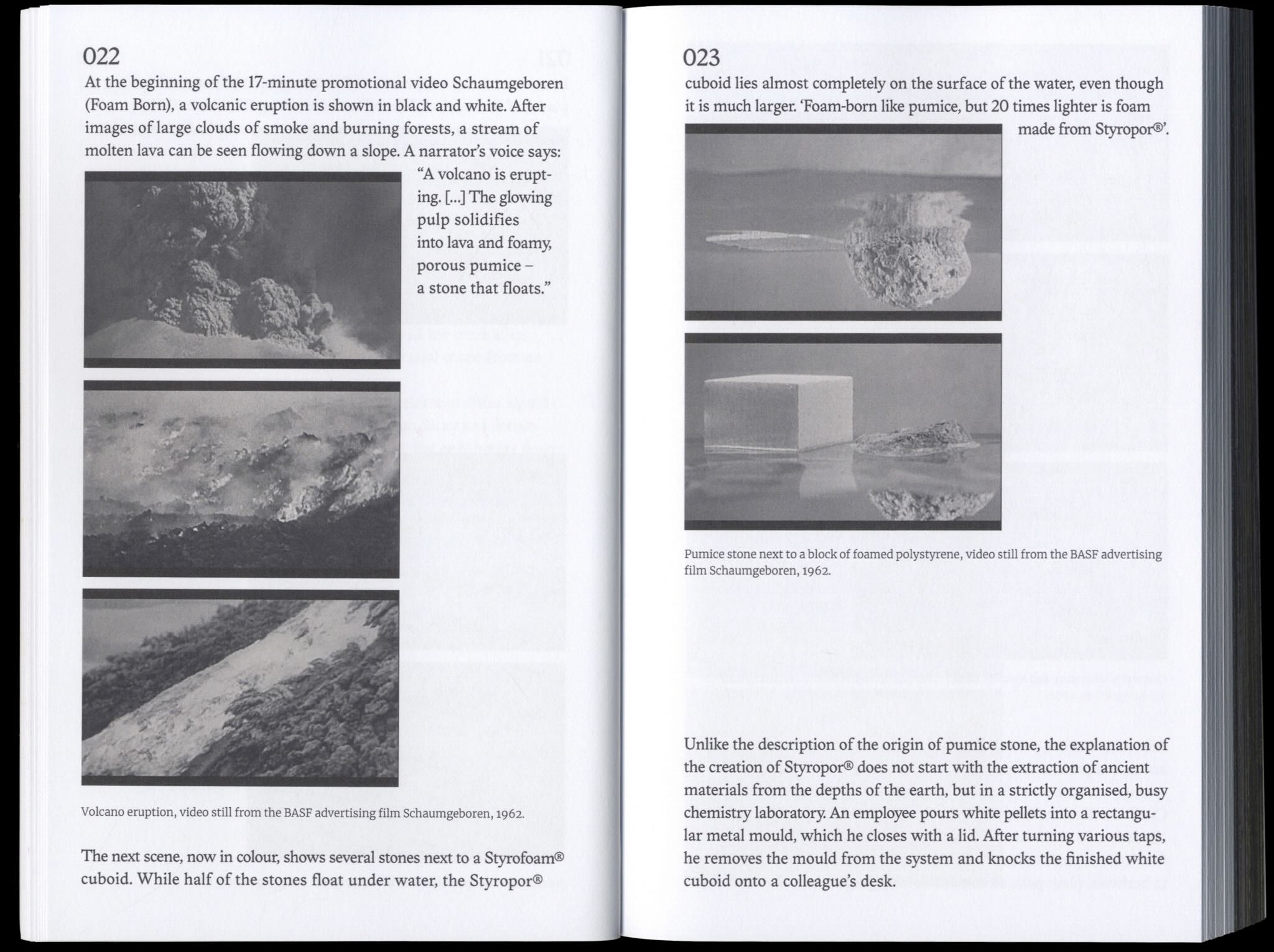
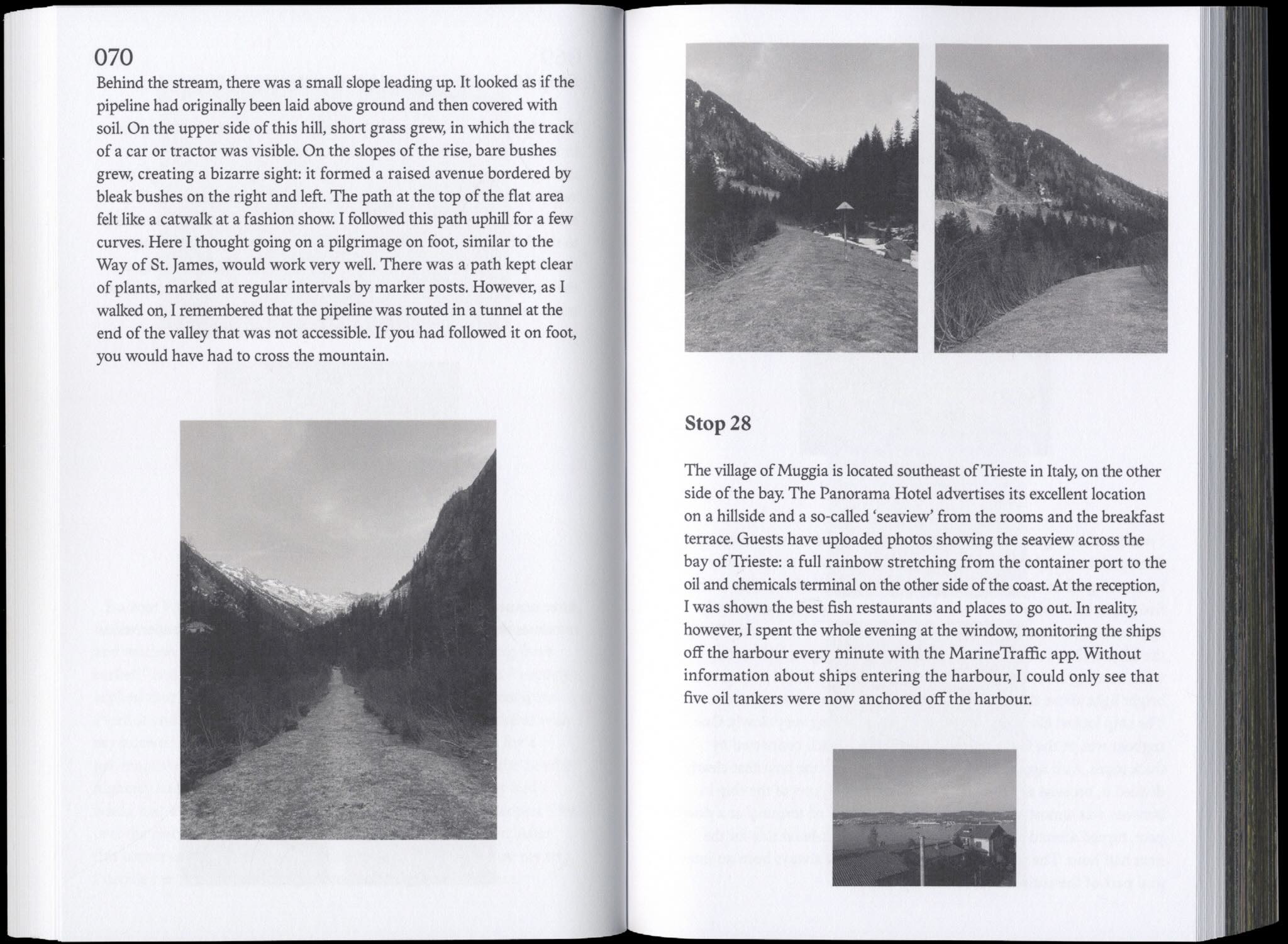

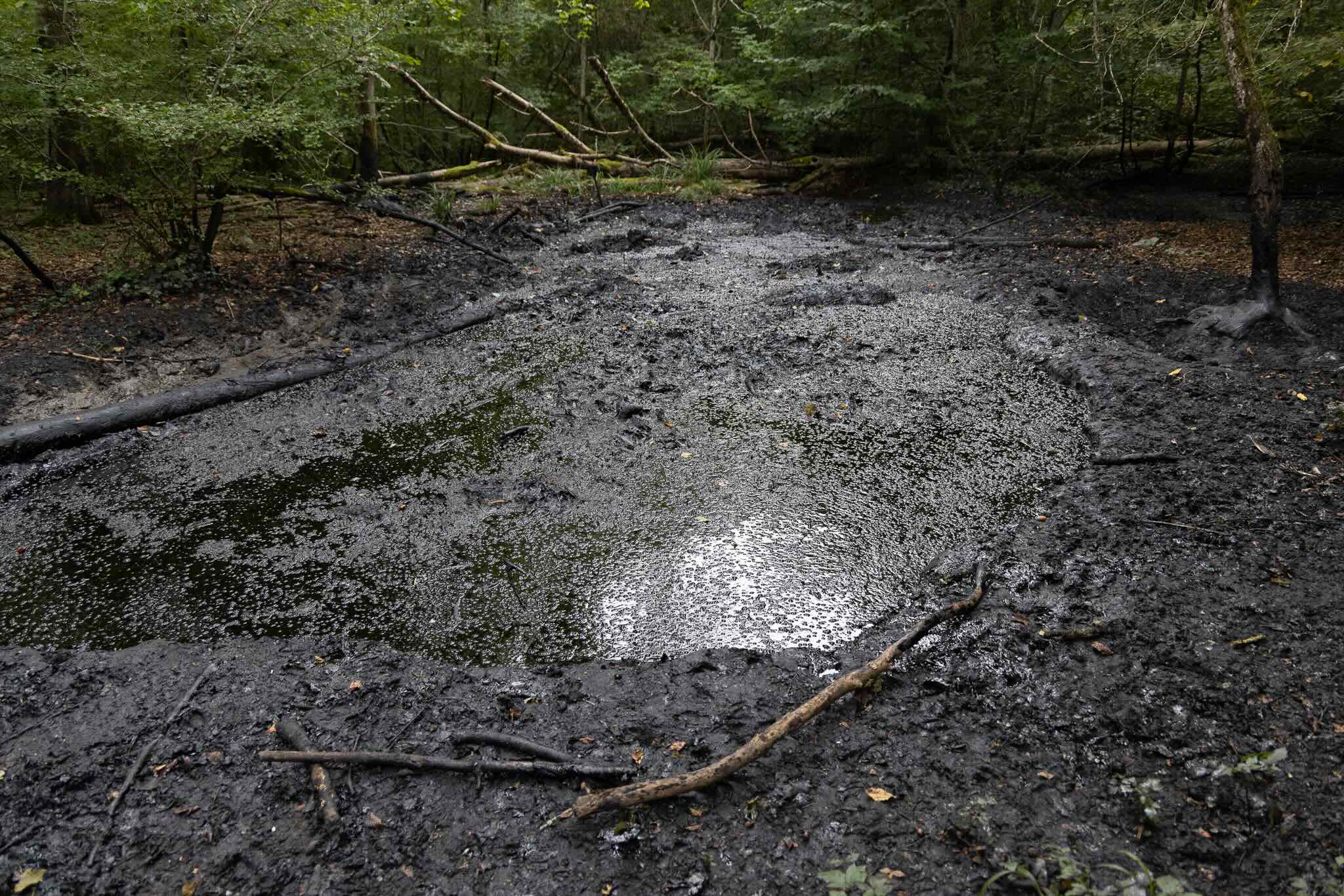
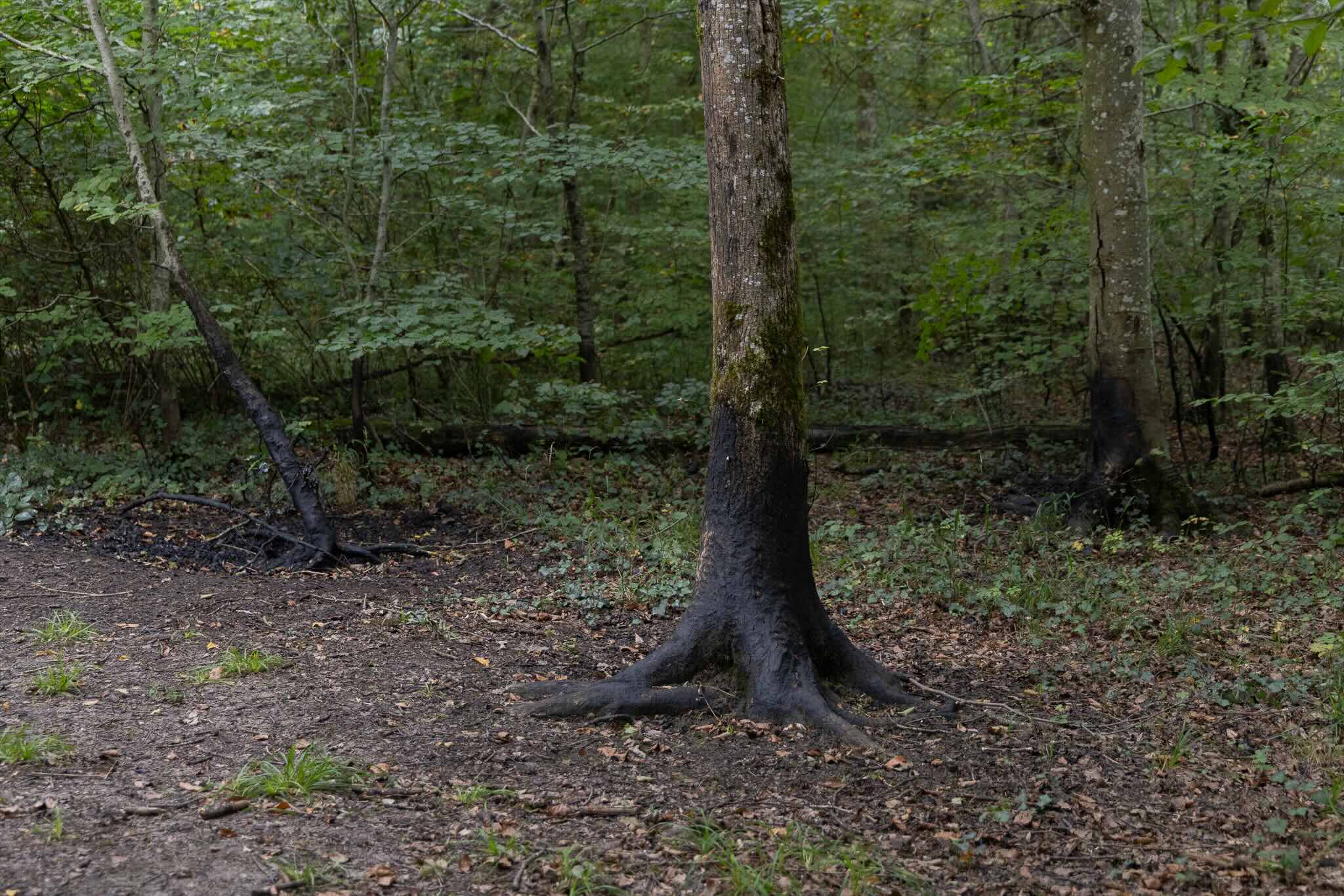
01.2
Found Something
While hiking along the River Lausitzer Neiße in Saxony, Germany, I noticed some objects which I first thought to be pebbles. But on closer inspection, they turned out to be weathered fragments of expanded polystyrene scattered across the forest floor and riverbanks. In certain areas, especially behind rapids, the ground was thickly mixed with driftwood and countless tiny white beads, forming an unsettling new layer. These uncanny objects—at once natural in appearance yet unmistakably synthetic—became the starting point for Found Something.
Found Something is an archive of small polystyrene fragments shaped by natural processes, found along riverbanks. Through photographic and geolocation-based documentation, the project preserves these objects as traces of human impact and material memory. It reveals their unintended aesthetics and invites reflection on pollution, materiality, and the synthetic legacy embedded in natural systems.

more...

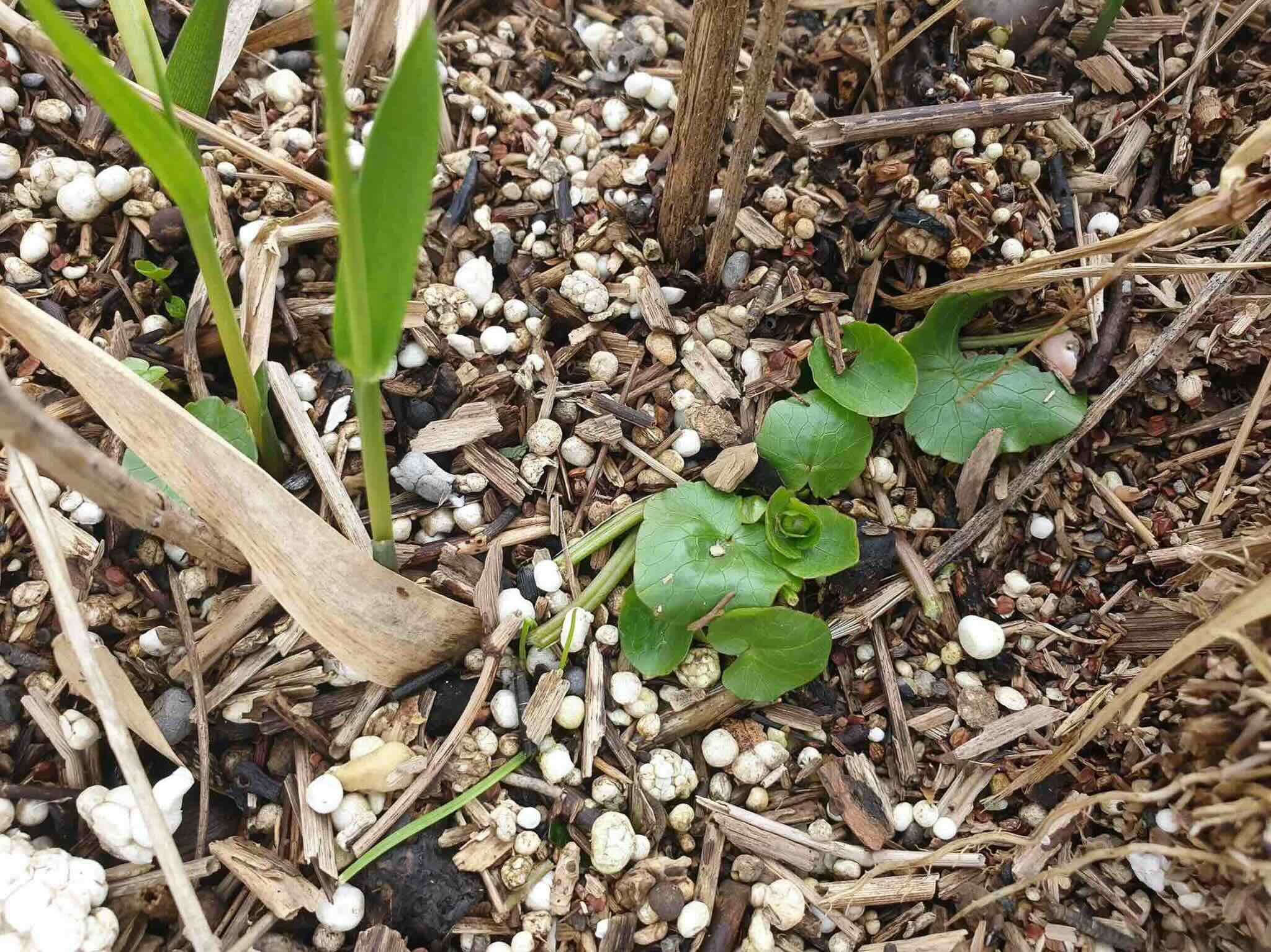
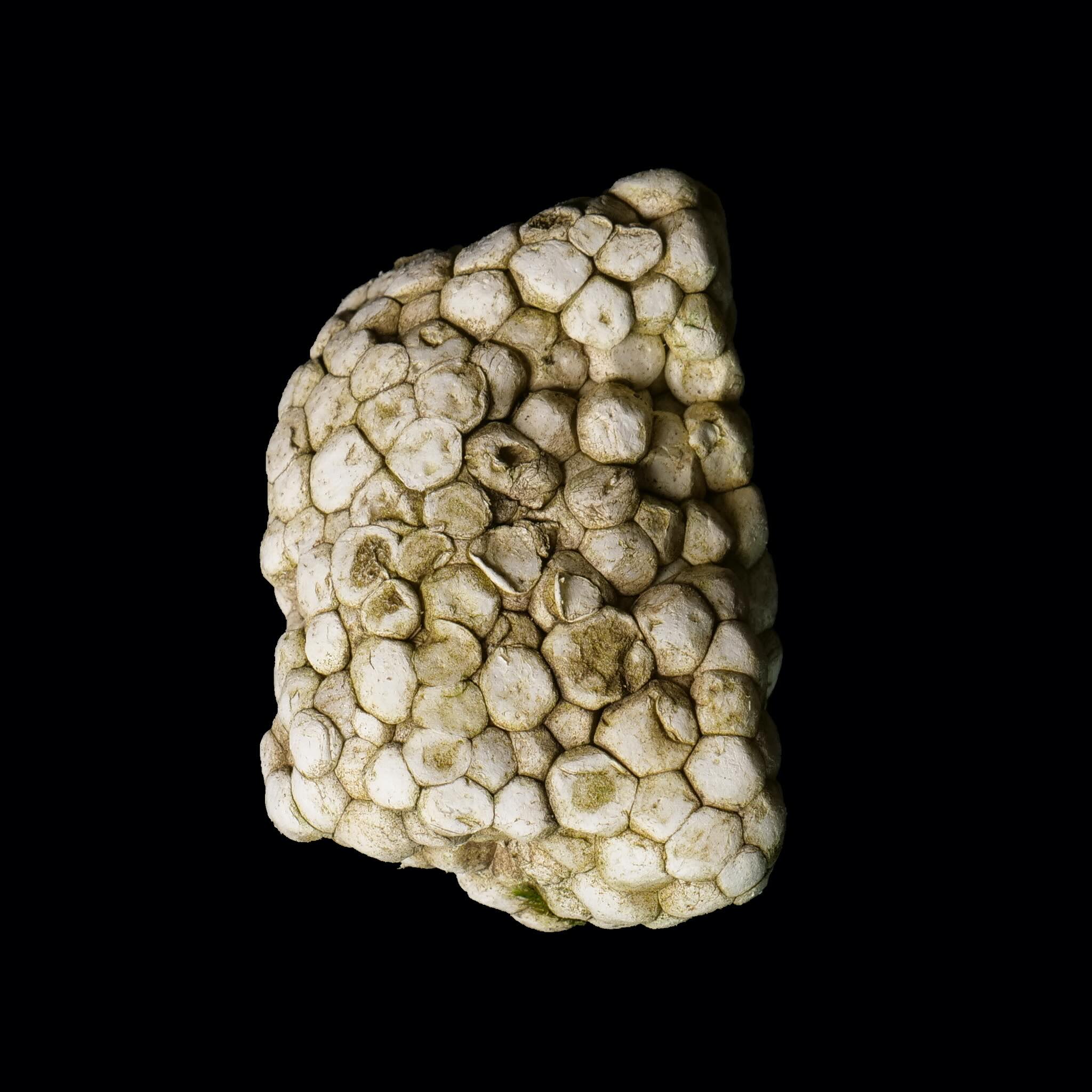
01.2
Broken Polymers
Rather than viewing plastics merely as passive substances, broken polymer explores their manufactured stoffliche Eigenaktivität—the capacity of materials to exhibit their own agency and behavior.
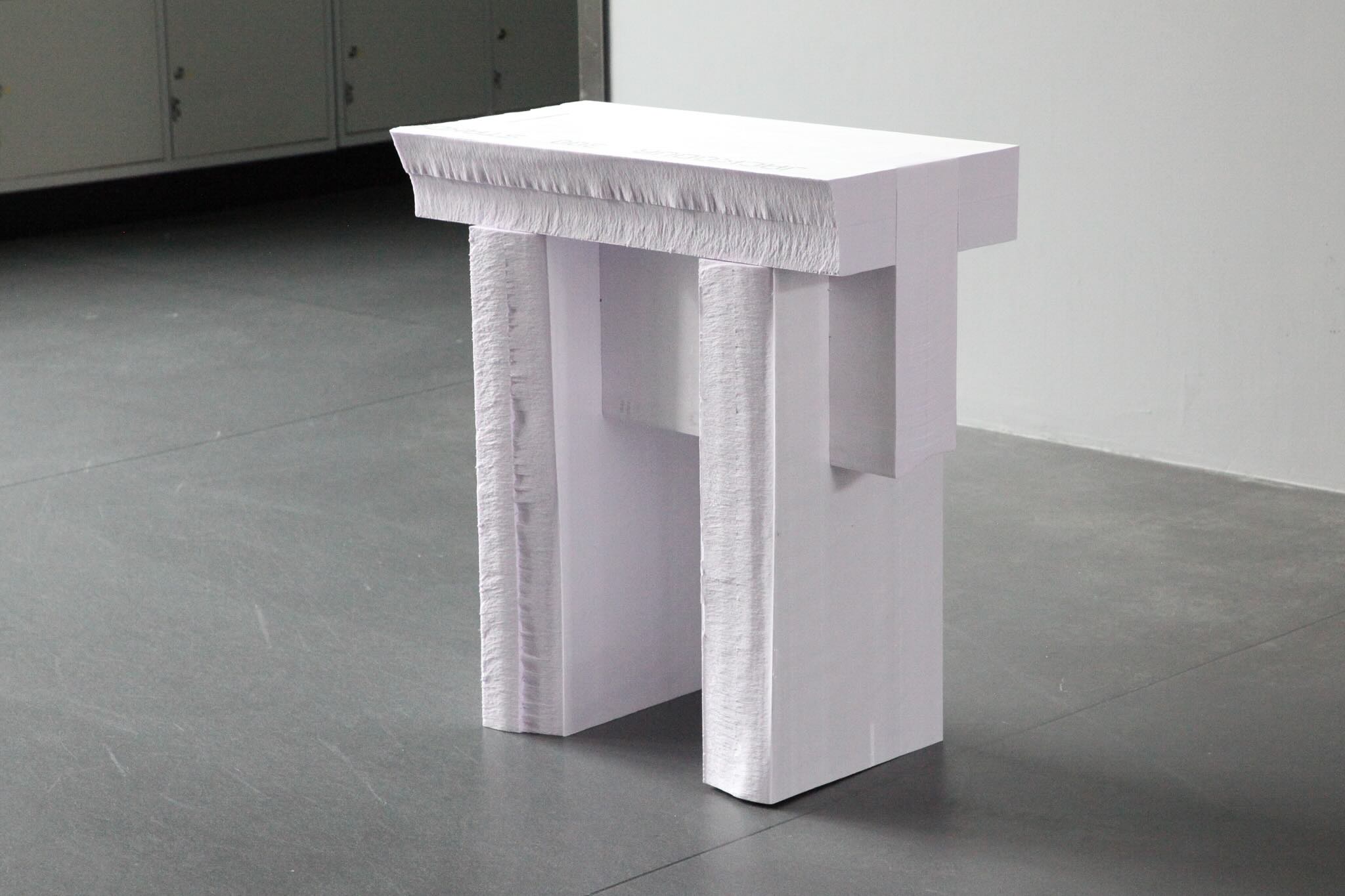
more...
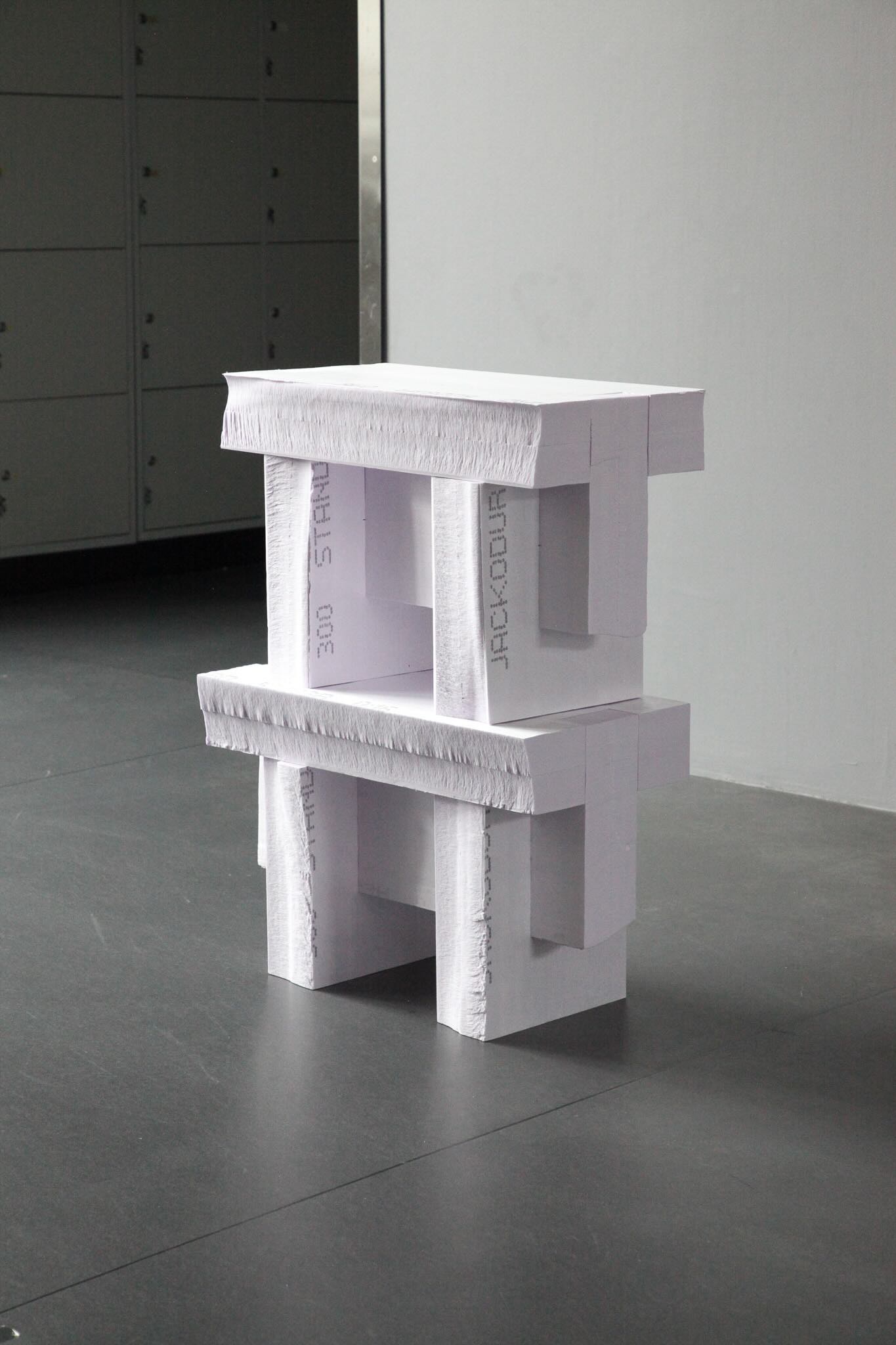
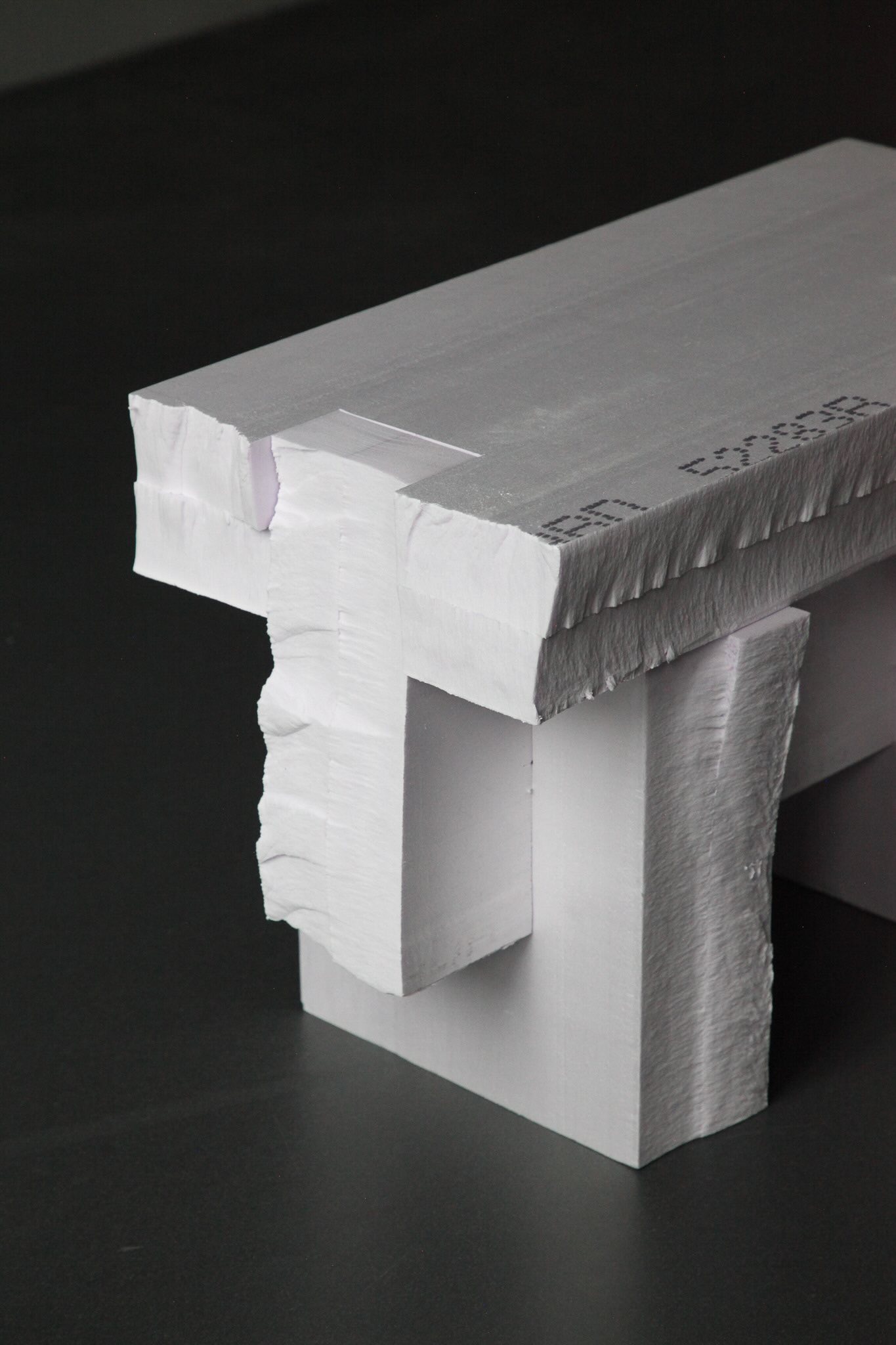
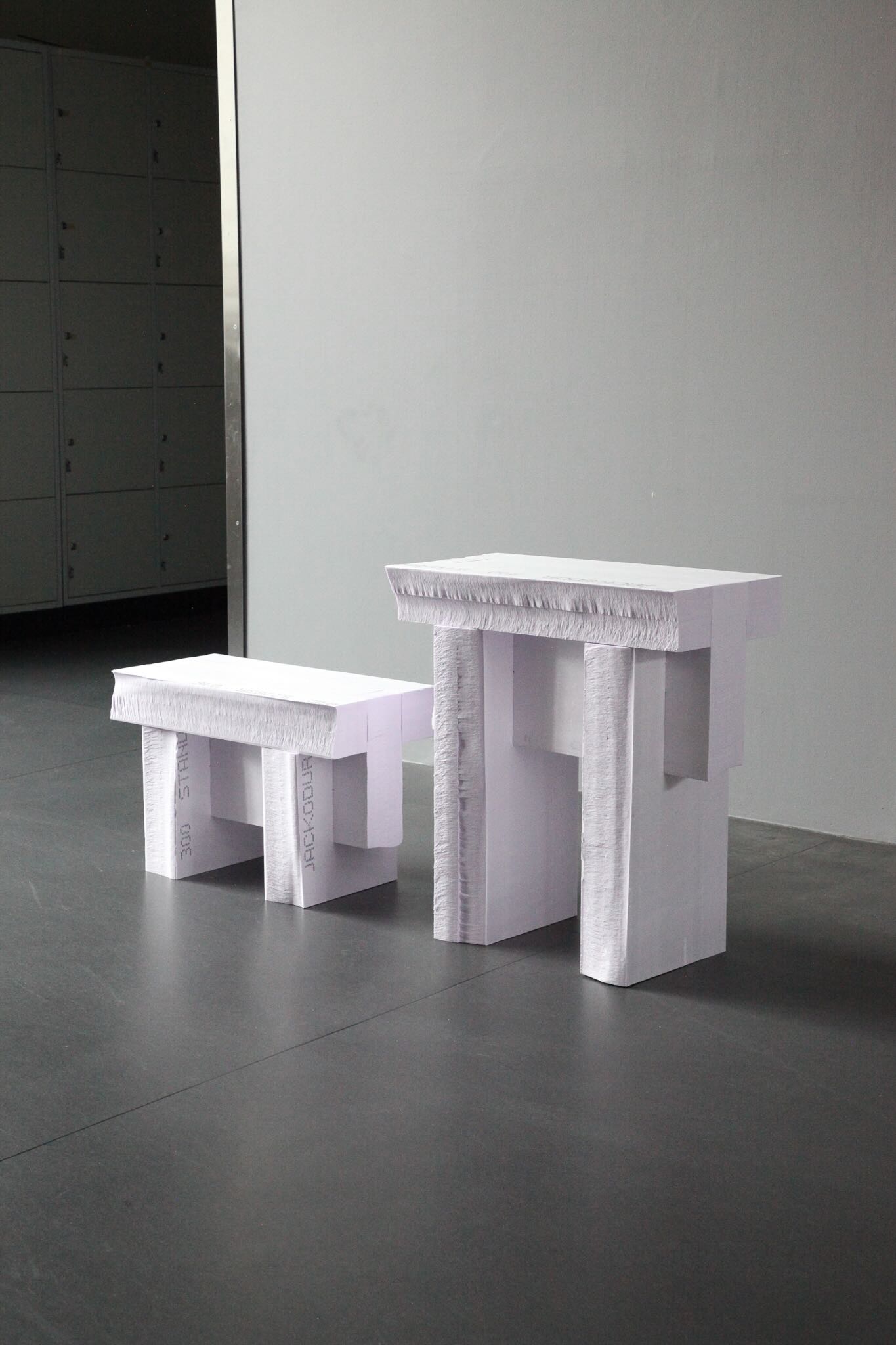
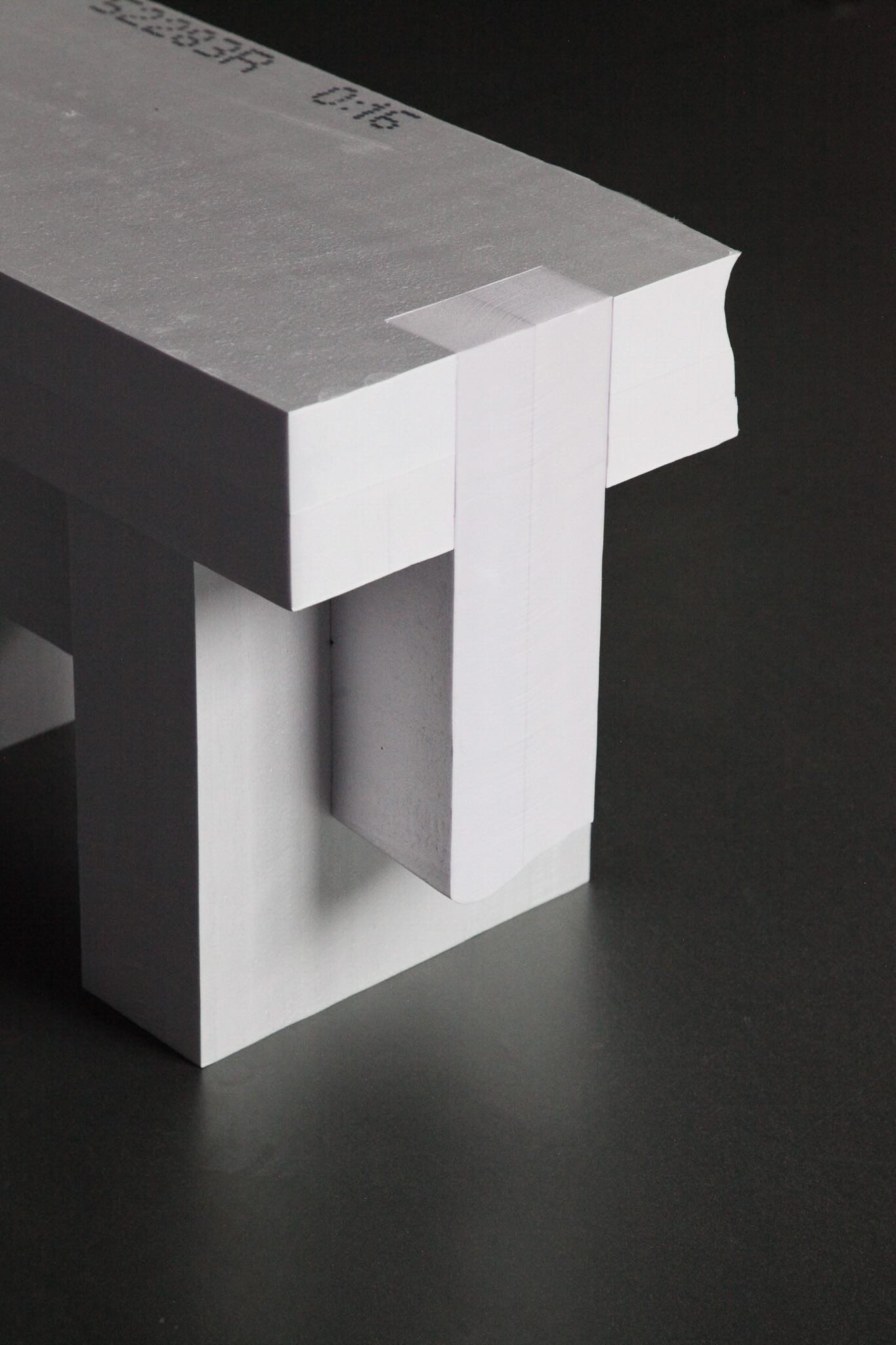
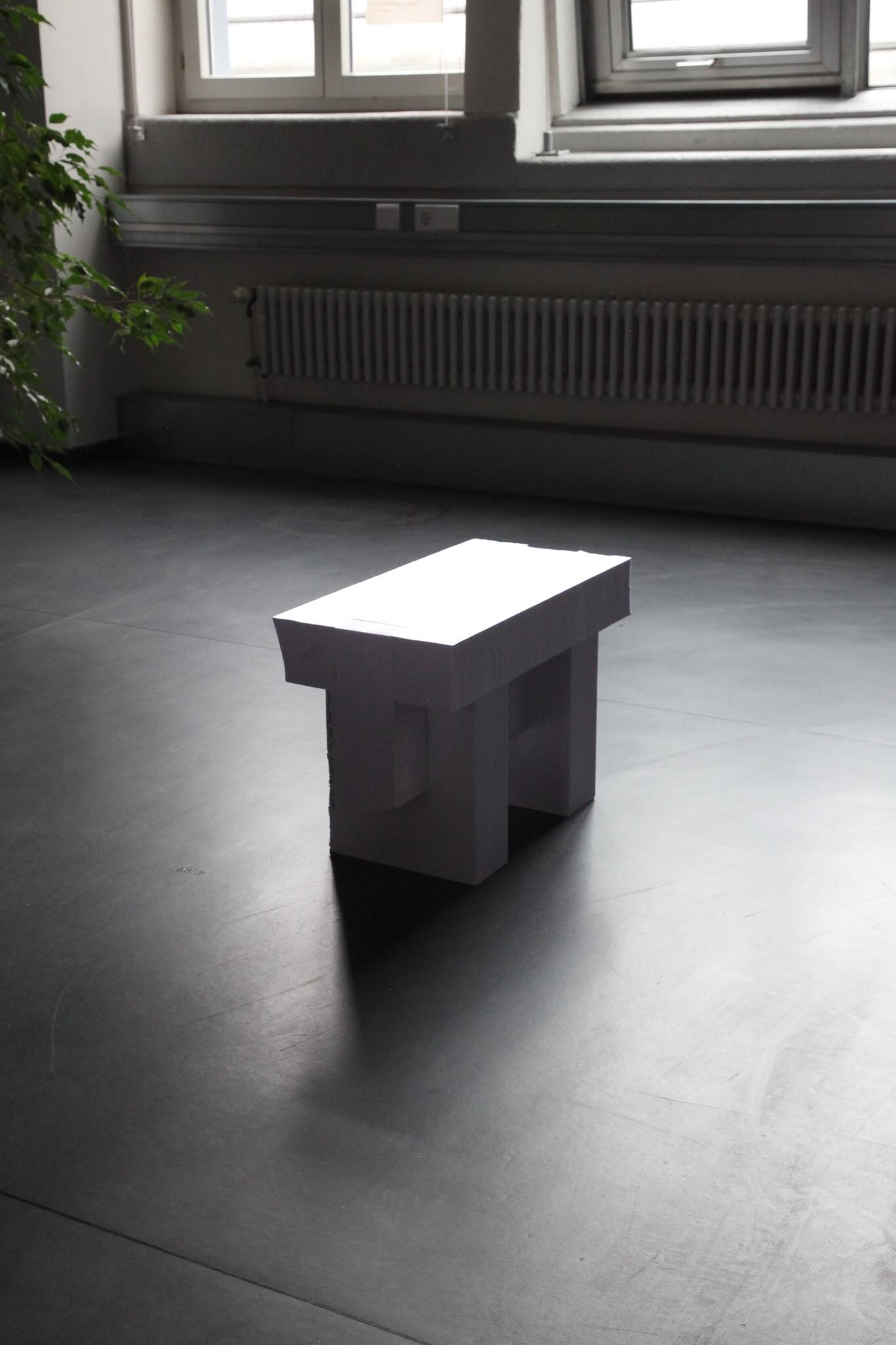
02
Wood and its Appearances
Wood has long been used to communicate ideas of authenticity, endurance, and connection to nature. In everyday life, its surfaces invite trust and familiarity, carrying emotional weight that few other materials achieve. Yet much of what we recognize as wood today is mediated—patterns reproduced, synthetic veneers applied, grains imitated. The following projects take this ambiguity as a starting point, exploring how the appearance of wood shapes our perceptions of nature and design.
02.1
Flame Sprayed
FLAME SPRAYED reframes the centuries-old relationship between metal and wood by replacing the mechanical grip of nails with a surface bond. In a series of practice-based experiments conducted alongside an industrial metal-sprayer, I noticed that the wooden offcuts being used as supports get seemingly metallified and change their material properties to an unbiased in-between form of wood and metal.
The mirror, lamp and stool of „FLAME SPRAYED" reflect the hybrid properties: a mirror-like polished wood grain, a beam cut into pieces with open ends and a conductive wooden surface that functions as a switch.
WEENA 70, Design Biennale Rotterdam 2025
R/Evolution, SaloneSatellite, Milan Design Week 2023
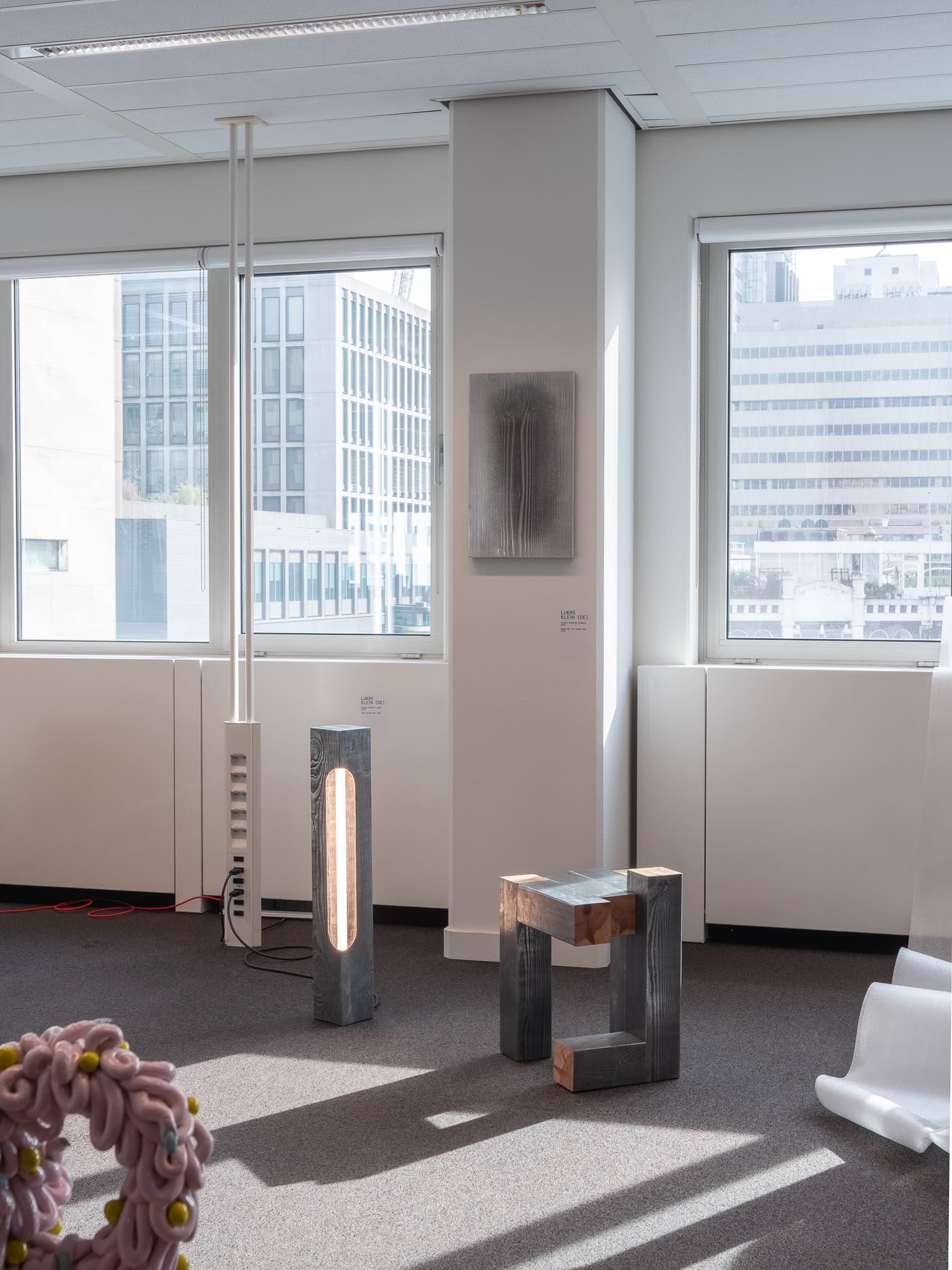
more...
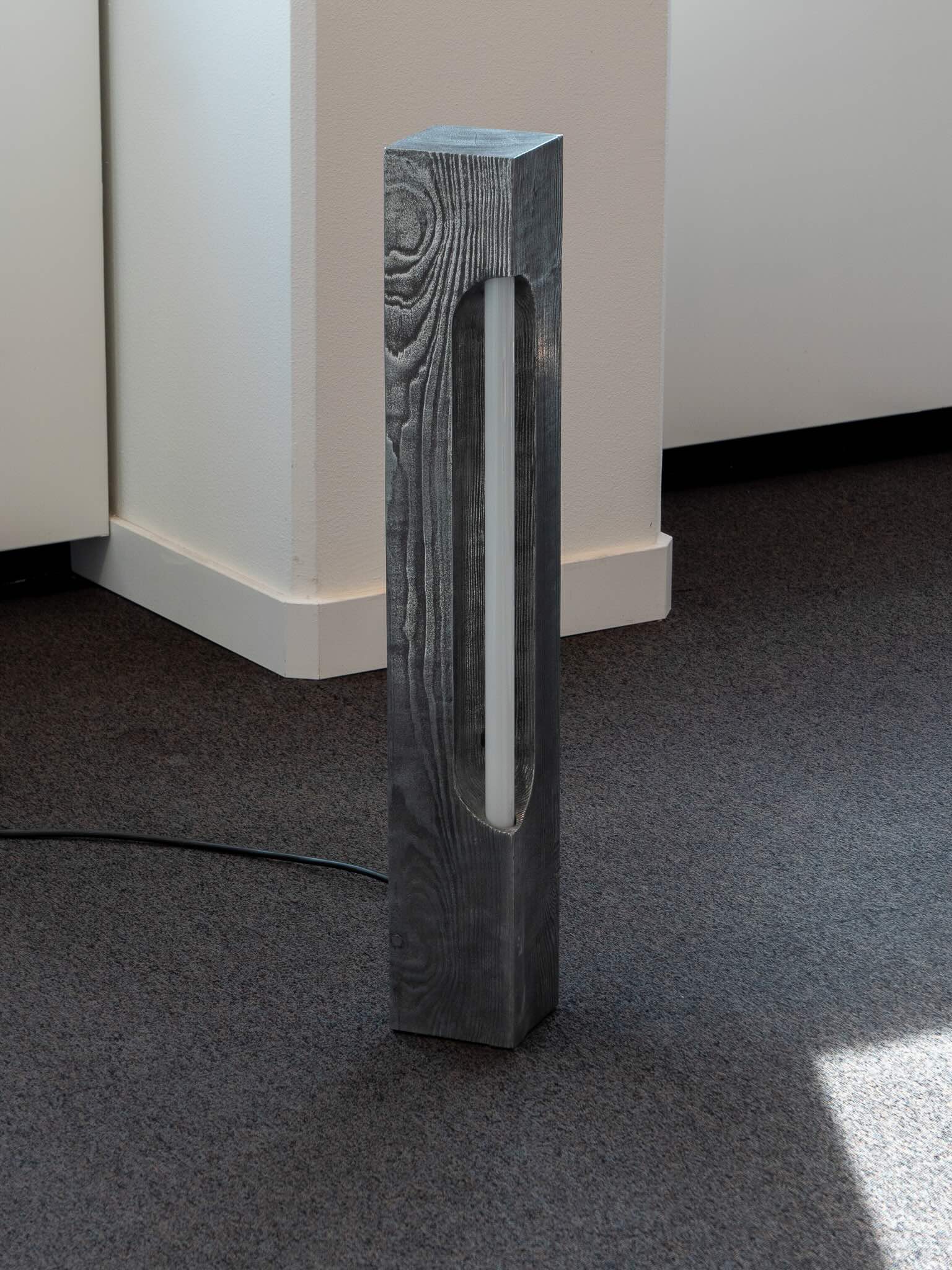
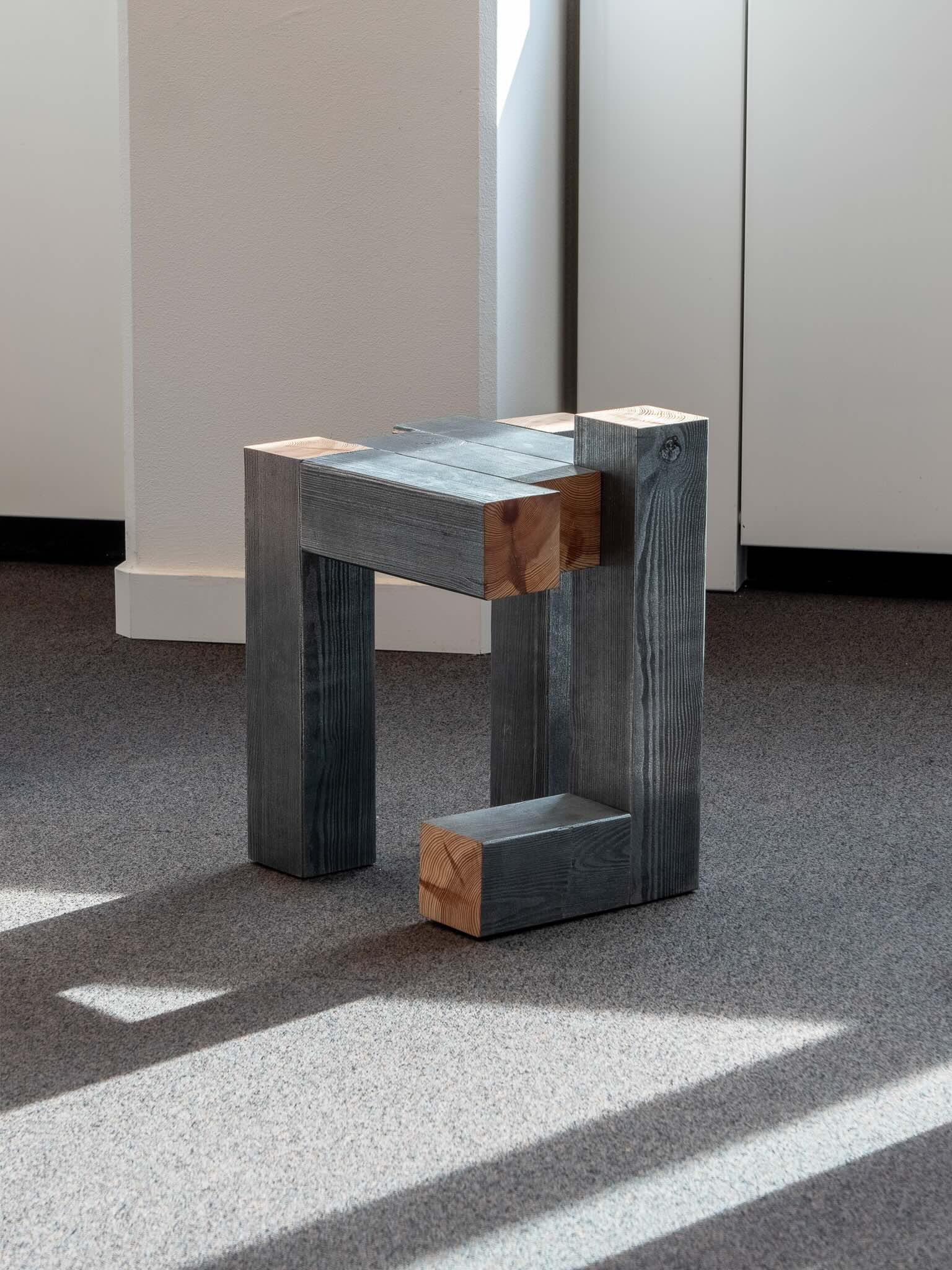
02.2
Roter Riegel
„Ein roter Riegel – 70 Meter lang, 7,5 Meter hoch und 4 Meter breit – steht quer zur Mittelachse des Karlsruher Stadtfächers.“
As part of the Tag der Architektur 2025, designers Jannik Lang, Lukas Klein, and Dario Schmid work with the pavilion from the 2001 Karlsruhe Architecture Festival. After 24 years stored on a roof the grey and weathered beams take on a new role as furniture and micro-architecture: the touching surfaces are freshly planed to define their joints, while the remaining sides are left untreated to carry forward the history of the material.
Lights were designed in collaboration with Nyta Lighting. The project was realized together with Architektenkammer Baden-Württemberg and Architekturschaufenster Karlsruhe.
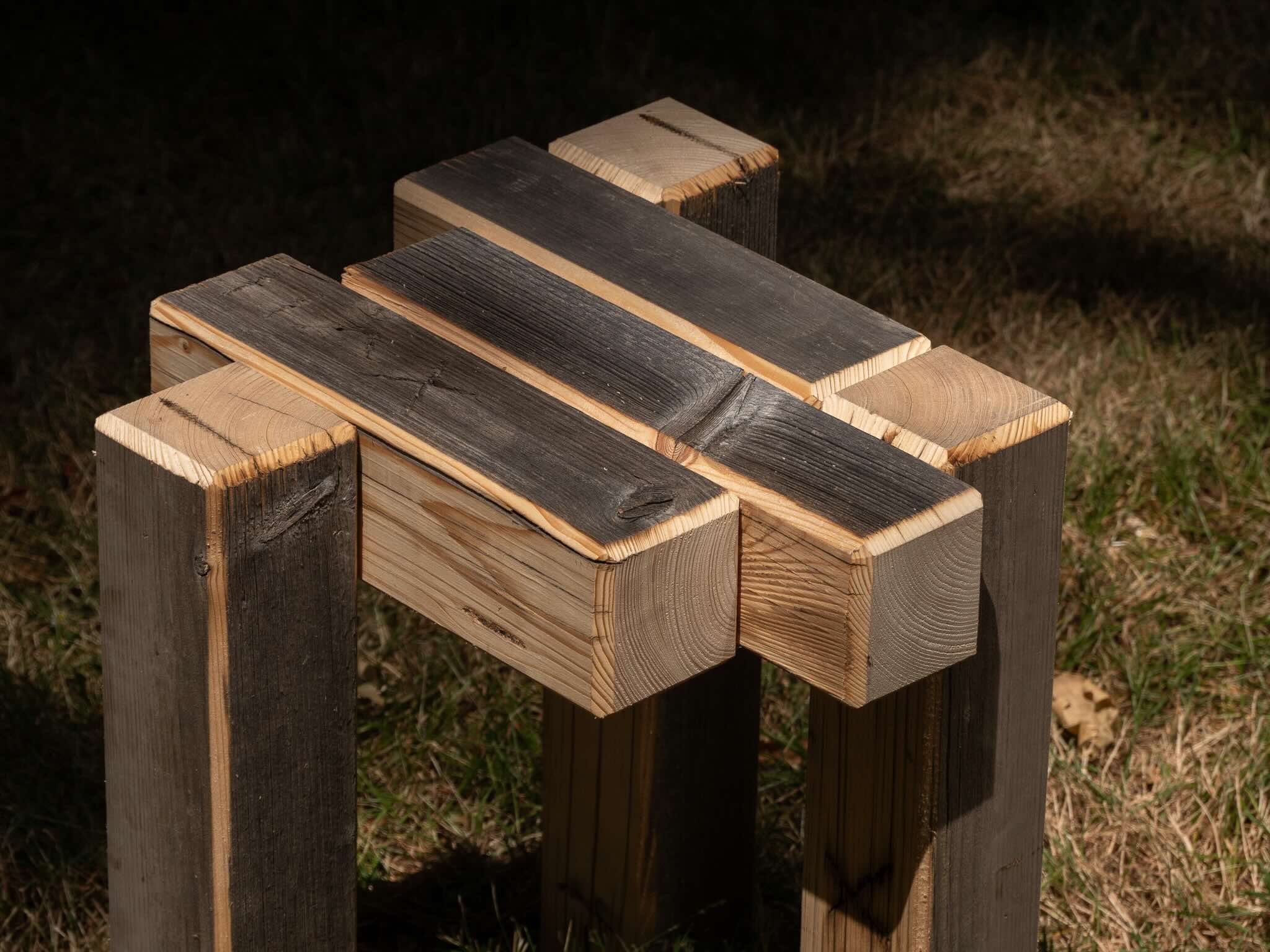
more...
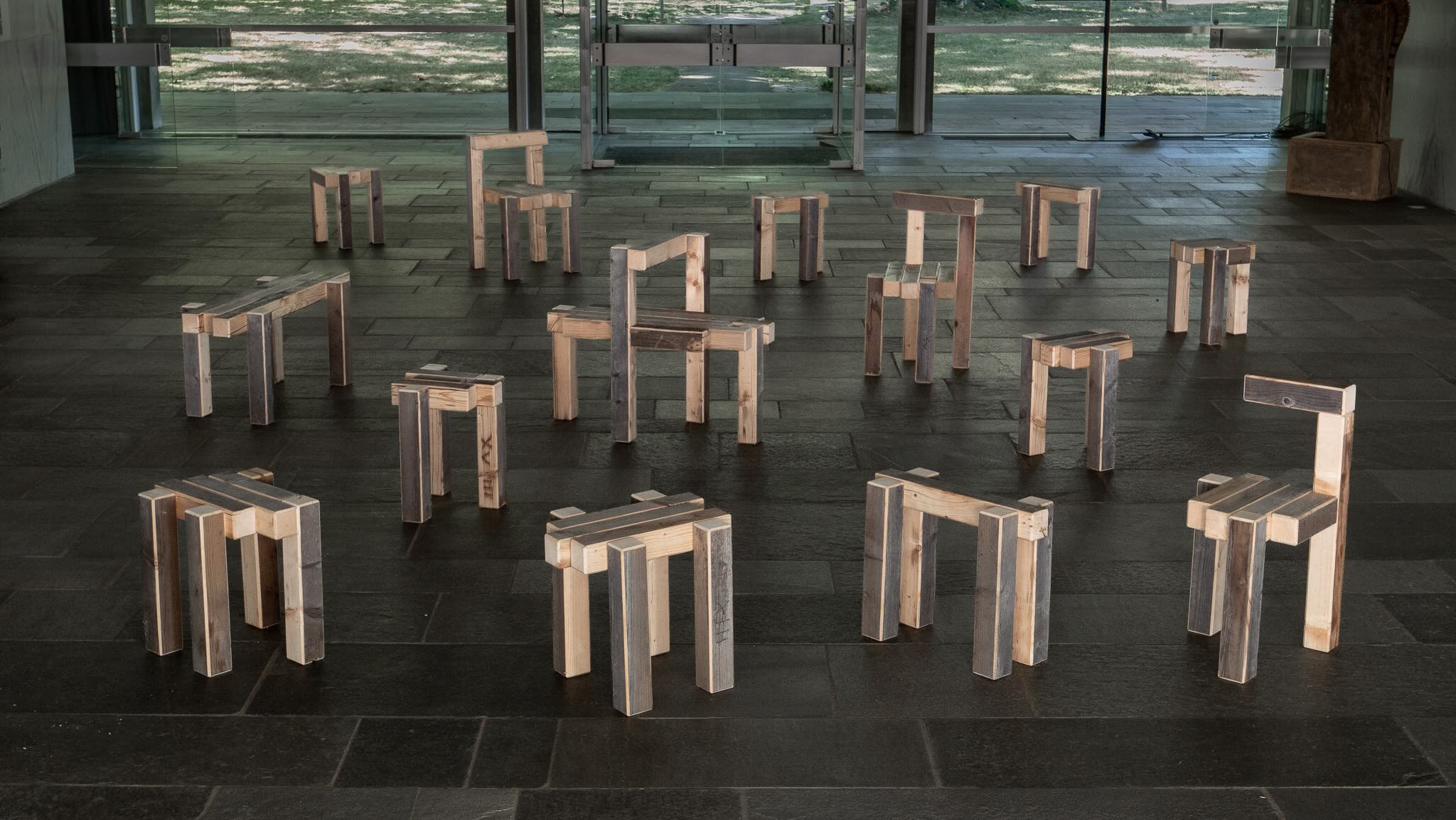

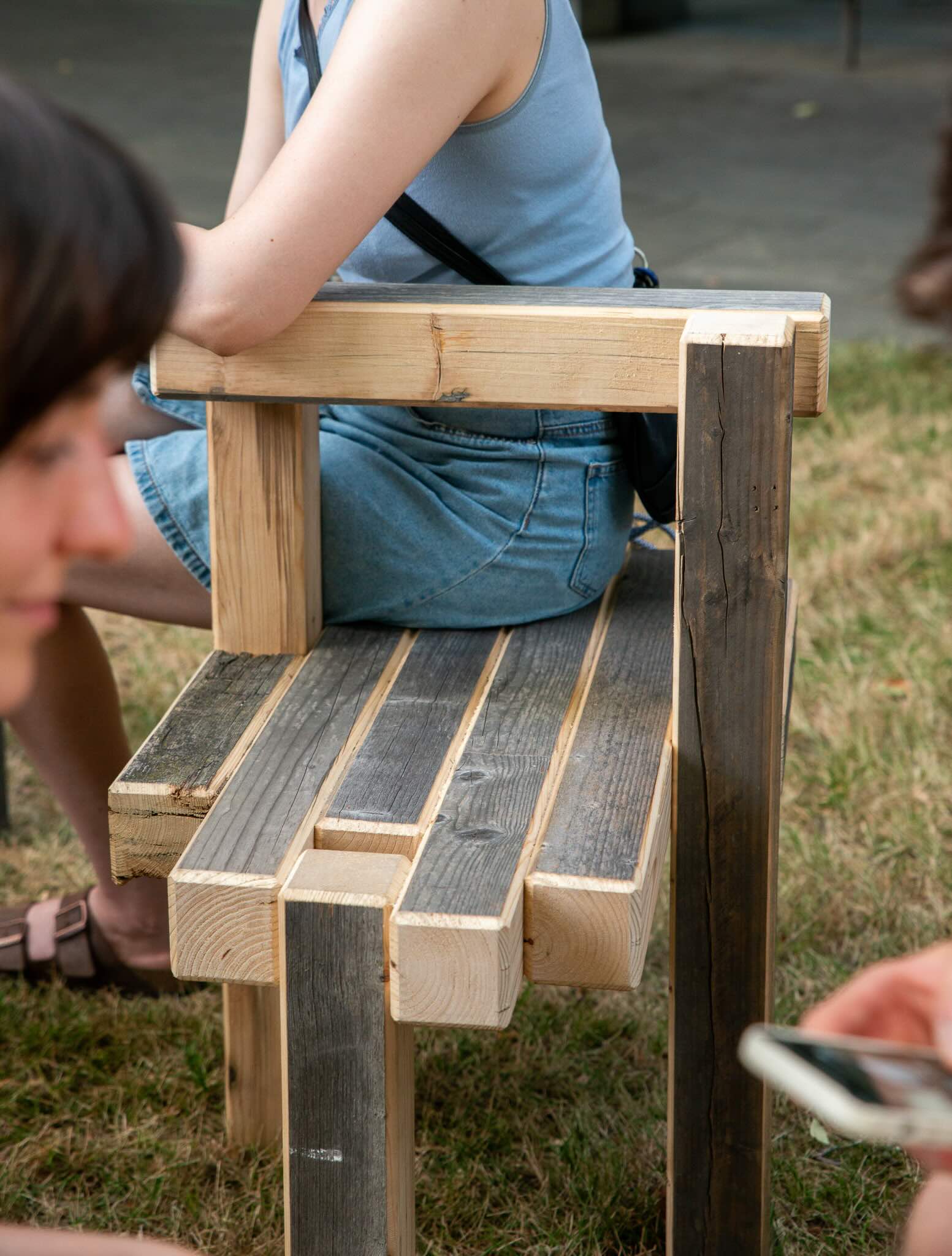
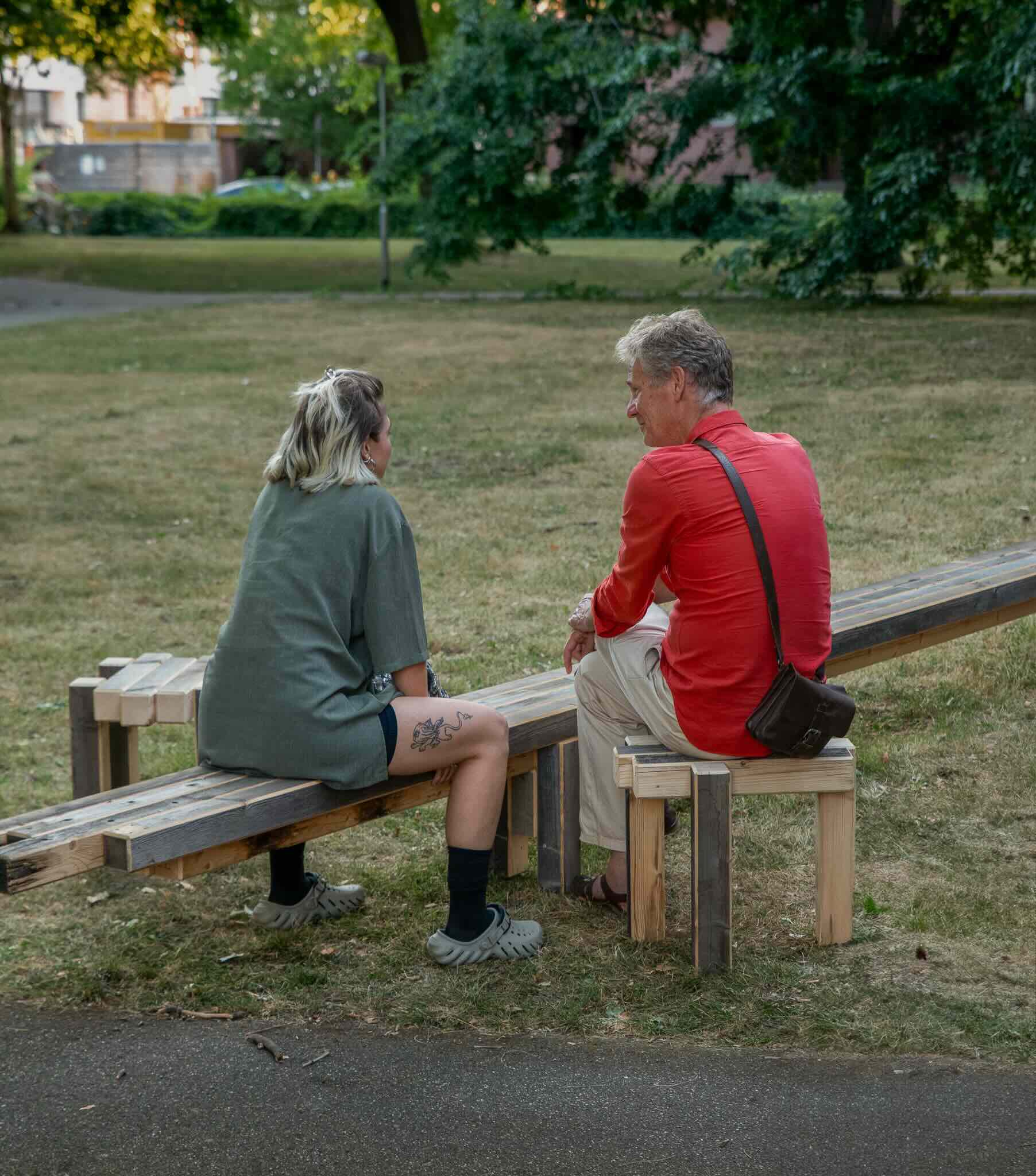
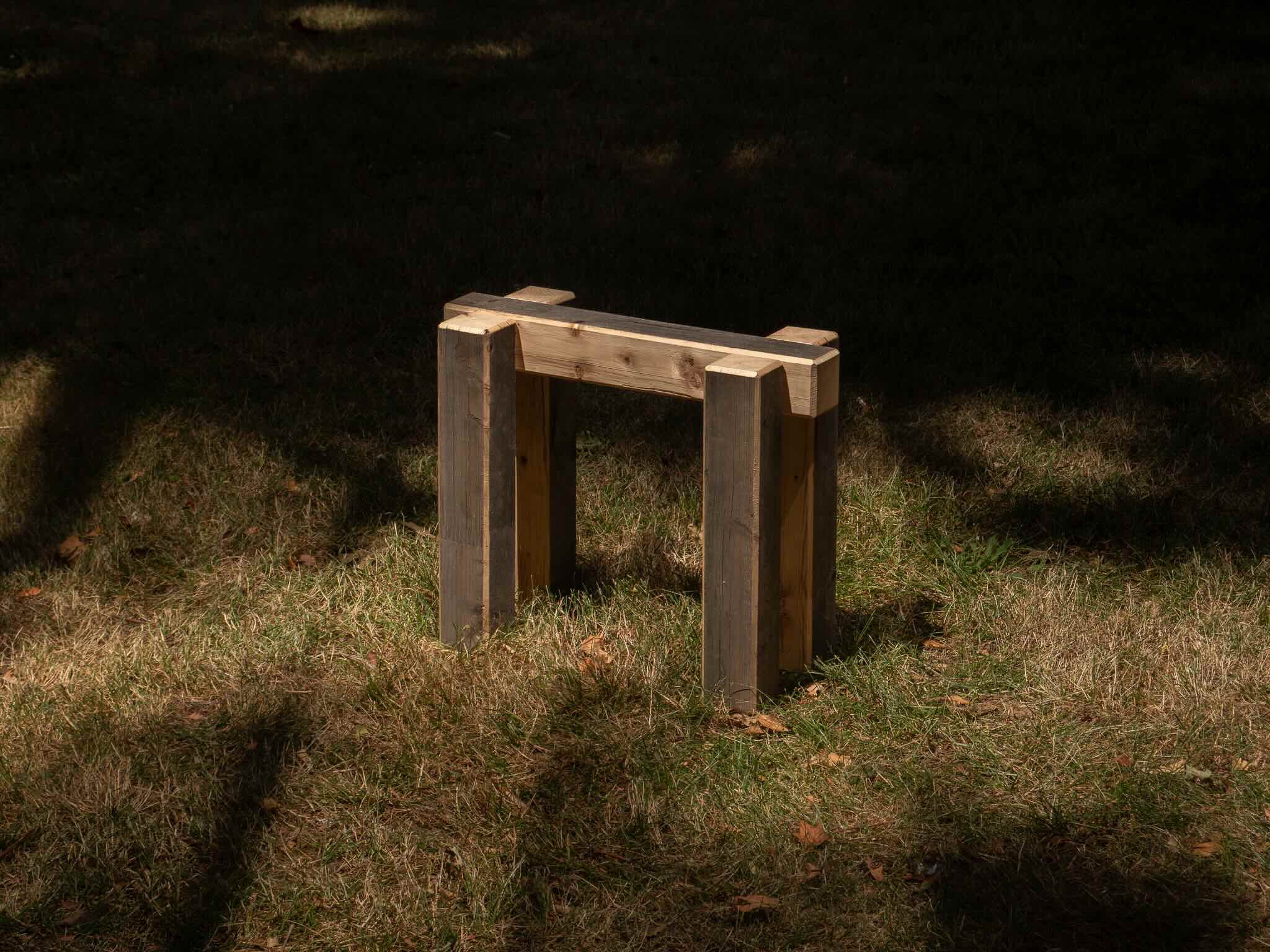
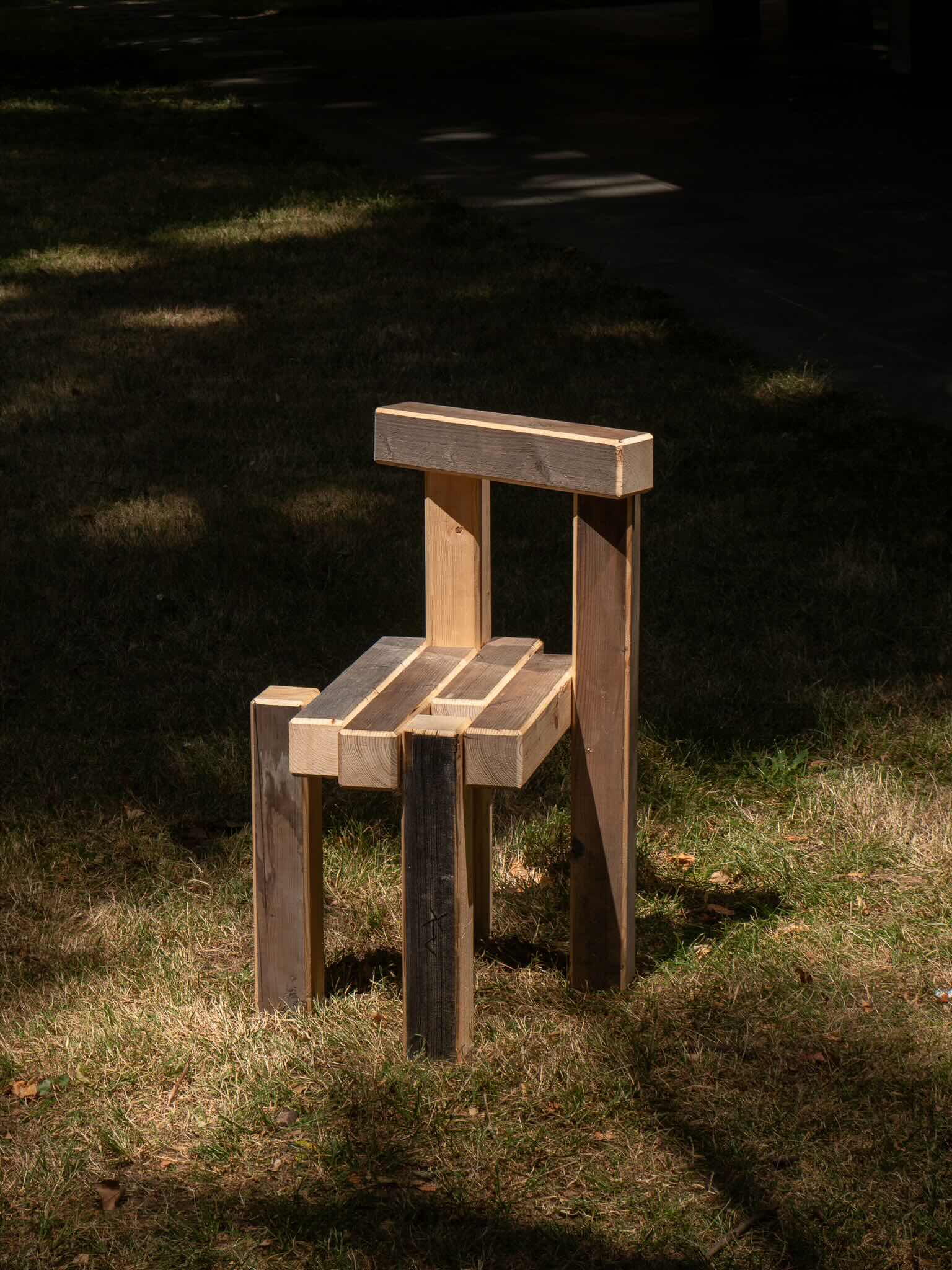
02.3
Surrogate Wood
Particle boards have become the quiet background of contemporary interiors. Continuing a long history of imitation, they no longer rely on thin layers of real wood but on printed images that reproduce its grain through photography and digital editing.
What was once a surface defined by the qualities of wood has become a surface of representation, where nature is presented as an image for commodification.
While the imitation is mostly obvious, it is not there to deceive but to reassure. The printed surfaces carry the symbolic values long associated with wood such as warmth, stability, care and familiarity. These associations obscure the reality that most furniture itself is mass produced and fast fashioned. Within an economy built on speed and replacement, the imitation provides a sense of continuity, preserving the visual comfort of wood even when its substance and lifespan are entirely different.
By reshaping and sanding discarded furniture panels, Lukas Klein exposes the layered structure beneath their printed veneers, revealing the distance between image and matter. The work was produced for the Forward Furniture Club at Dutch Design Week 2025, where it reflects on imitation as a defining language of contemporary design and domesticity.
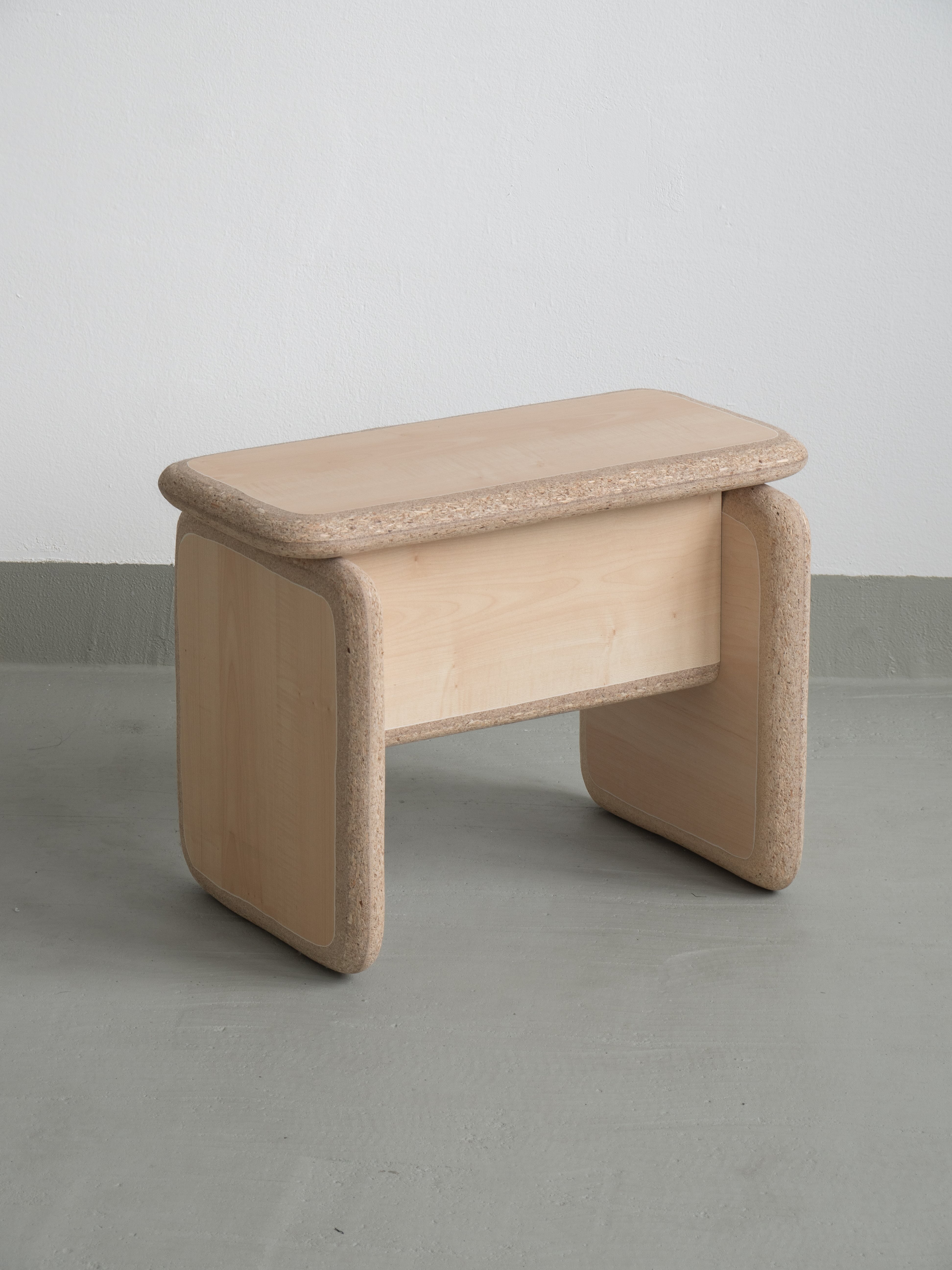
more...
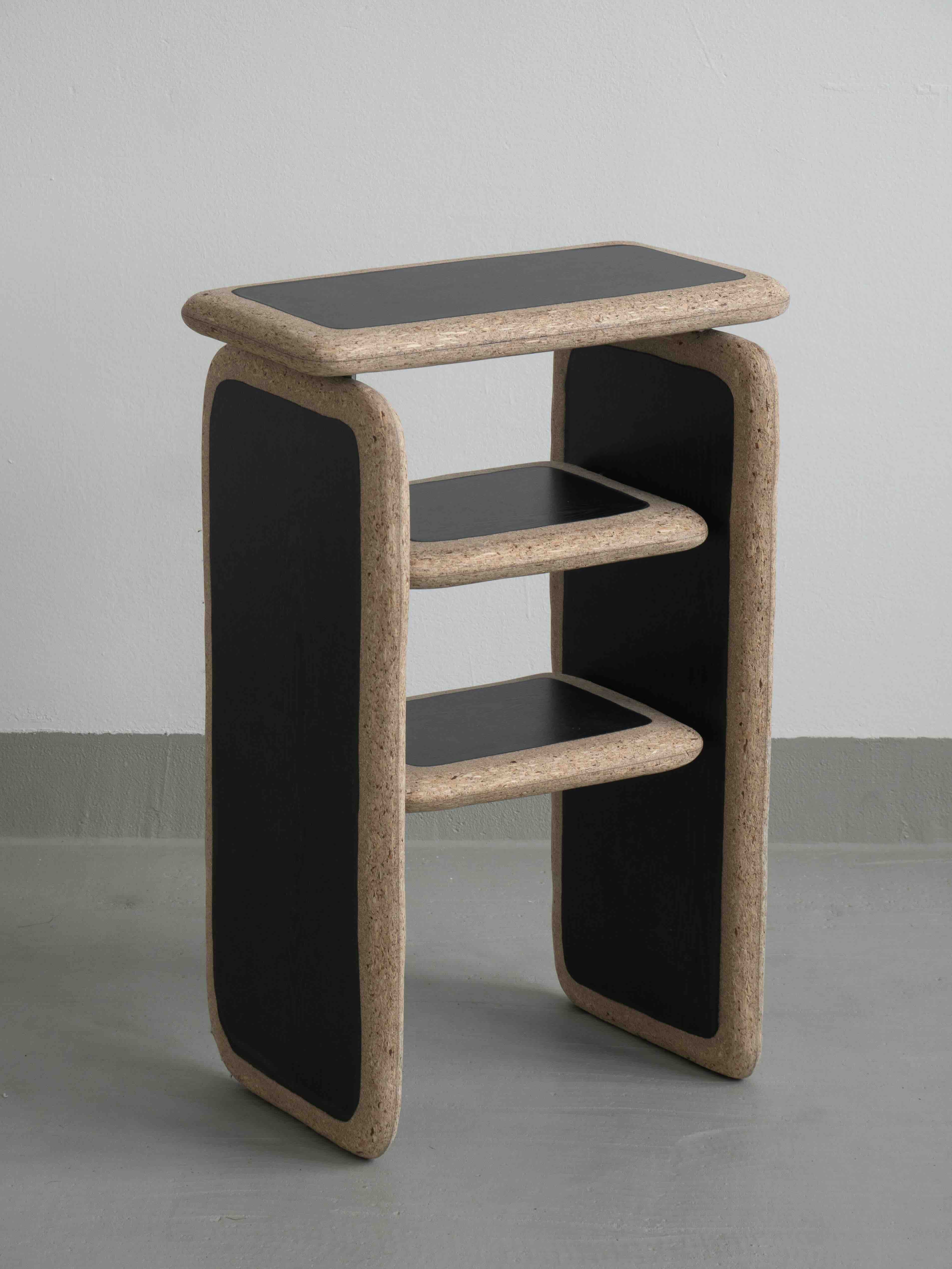
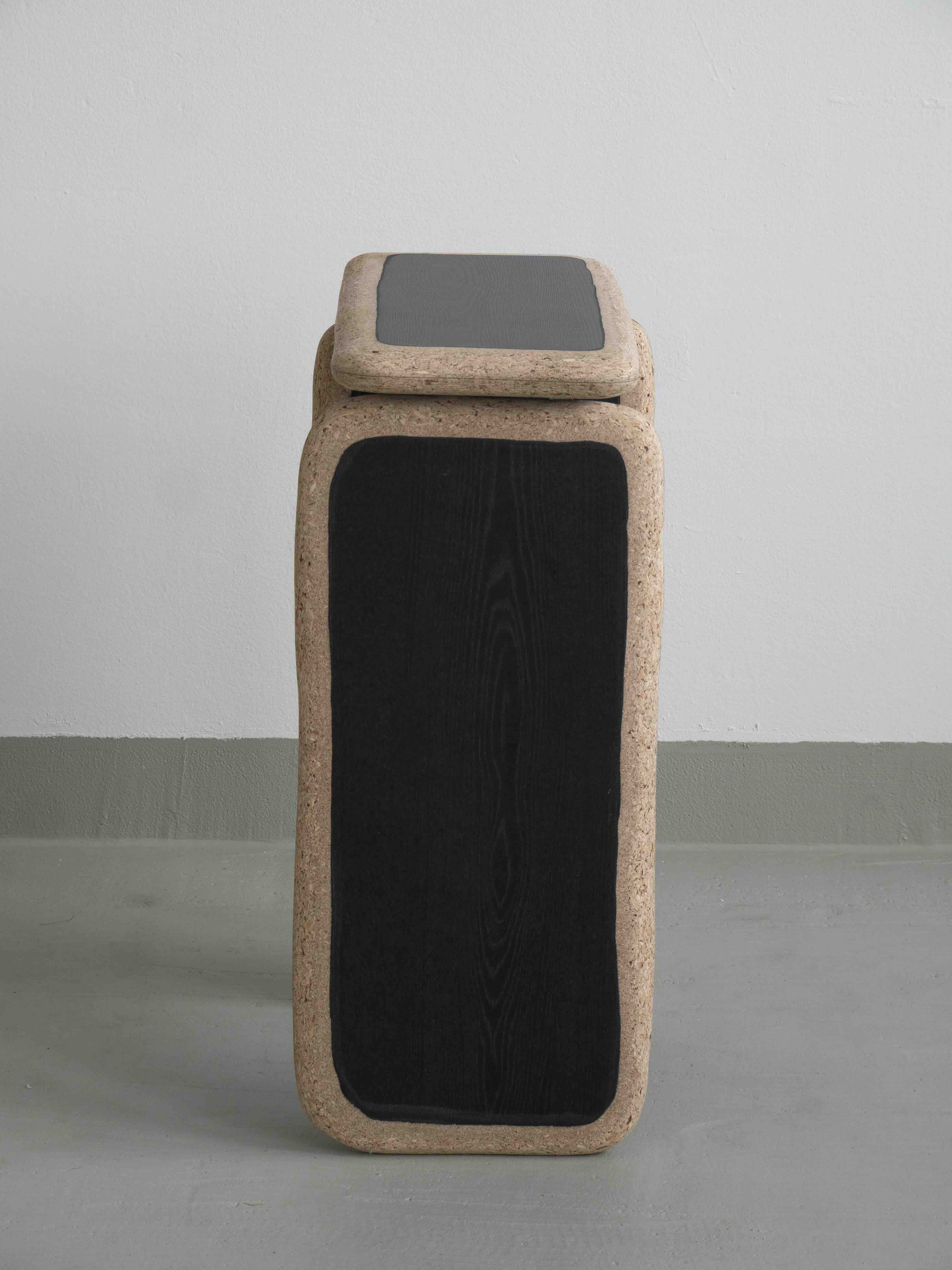
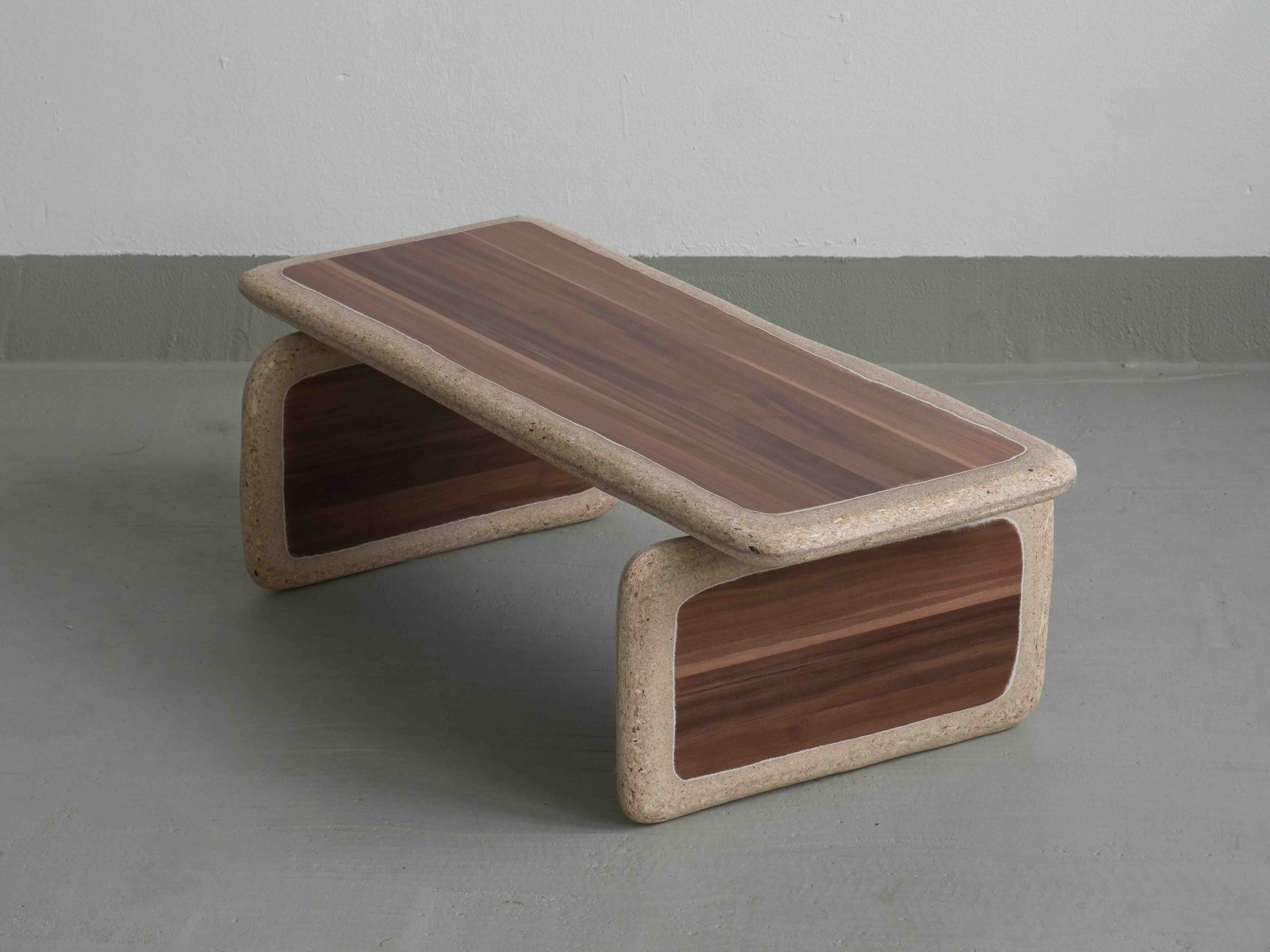
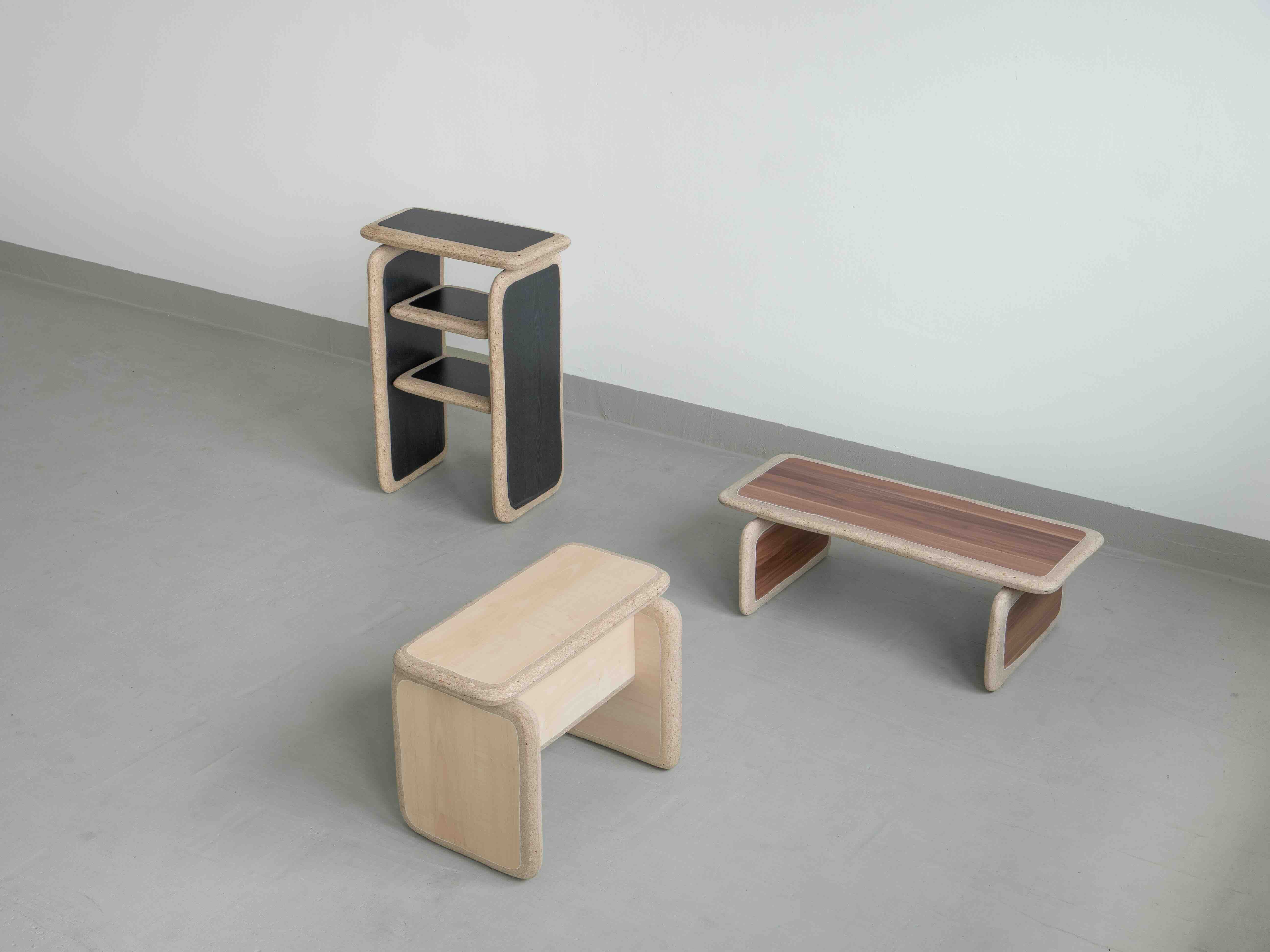
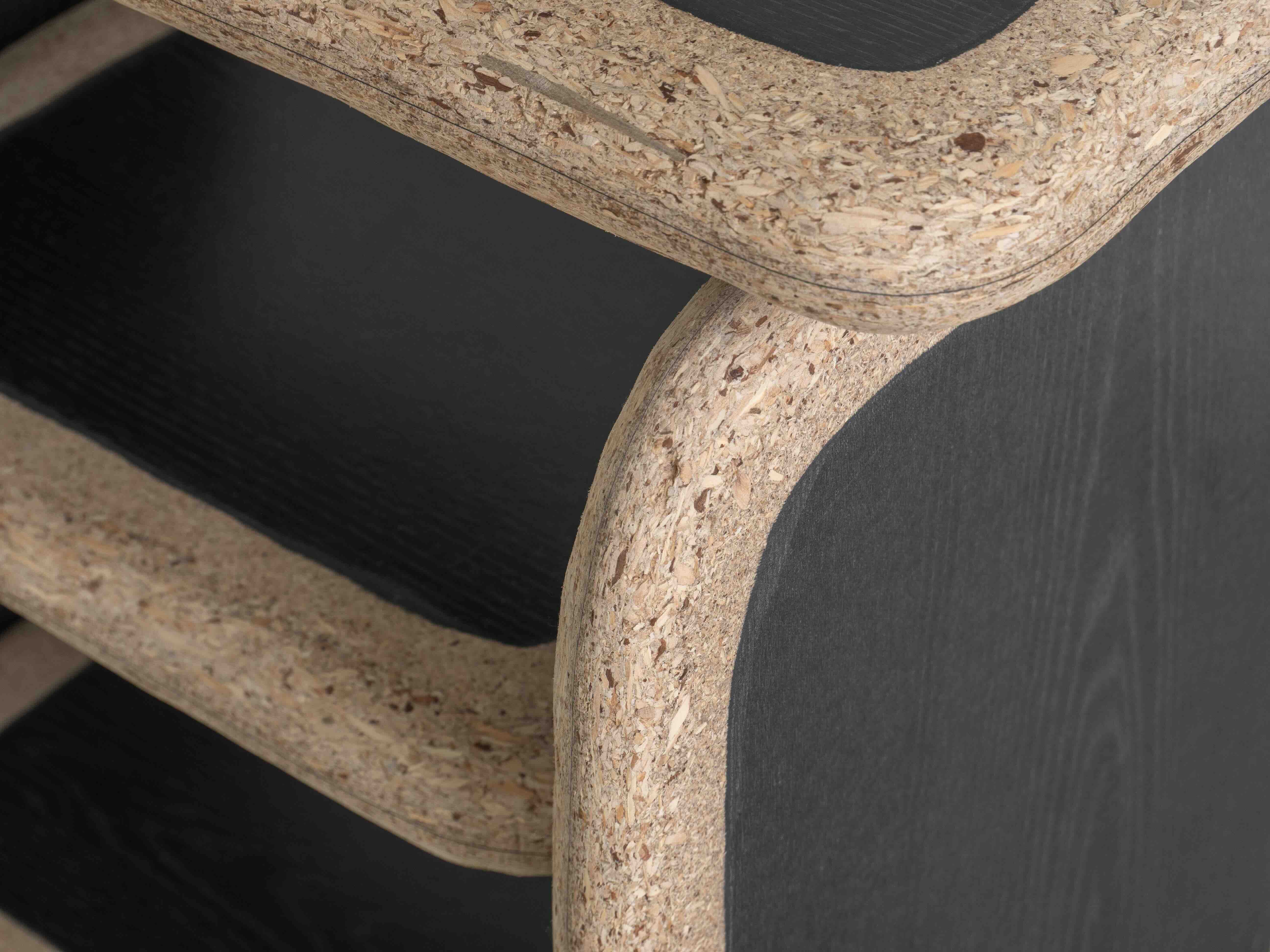
03
Investigation of Mining Wastes
Mining waste is more than leftover matter; it is a record of human intervention that reshapes landscapes and ecologies. For designers, it offers not only a material to work with but a conceptual space where questions of value, responsibility, and aesthetics come into focus. It asks us to think critically about what we make, how we make it, and what is left behind.
03.1
Erosion of Rock Salt
Rock salt is Germany’s most visible by-product of mining. It is particularly eye-catching in the central region of Germany (Thüringen and Hessen), where it appears in the form of imposing white mountains in the landscape. These so-called Rückstandshalden (residue deposits) are created as a by-product of the extraction of potassium salt, which in turn is crucial for the production of fertilisers. Once the rock salt has been moved via conveyor belts to one of the dumps, the official movement of the material ends for the industry.
During an artist residency at the Junge Kunsthalle Karlsruhe, Lukas Klein explored the movement of materials through an experimental engagement with rock salt and its erosion by water, a process with significant consequences for the surrounding ecosystem of the salt deposits. This investigation unfolded through a field trip to collect samples, followed by controlled dissolution experiments, video documentation, and evaporative castings.
more...
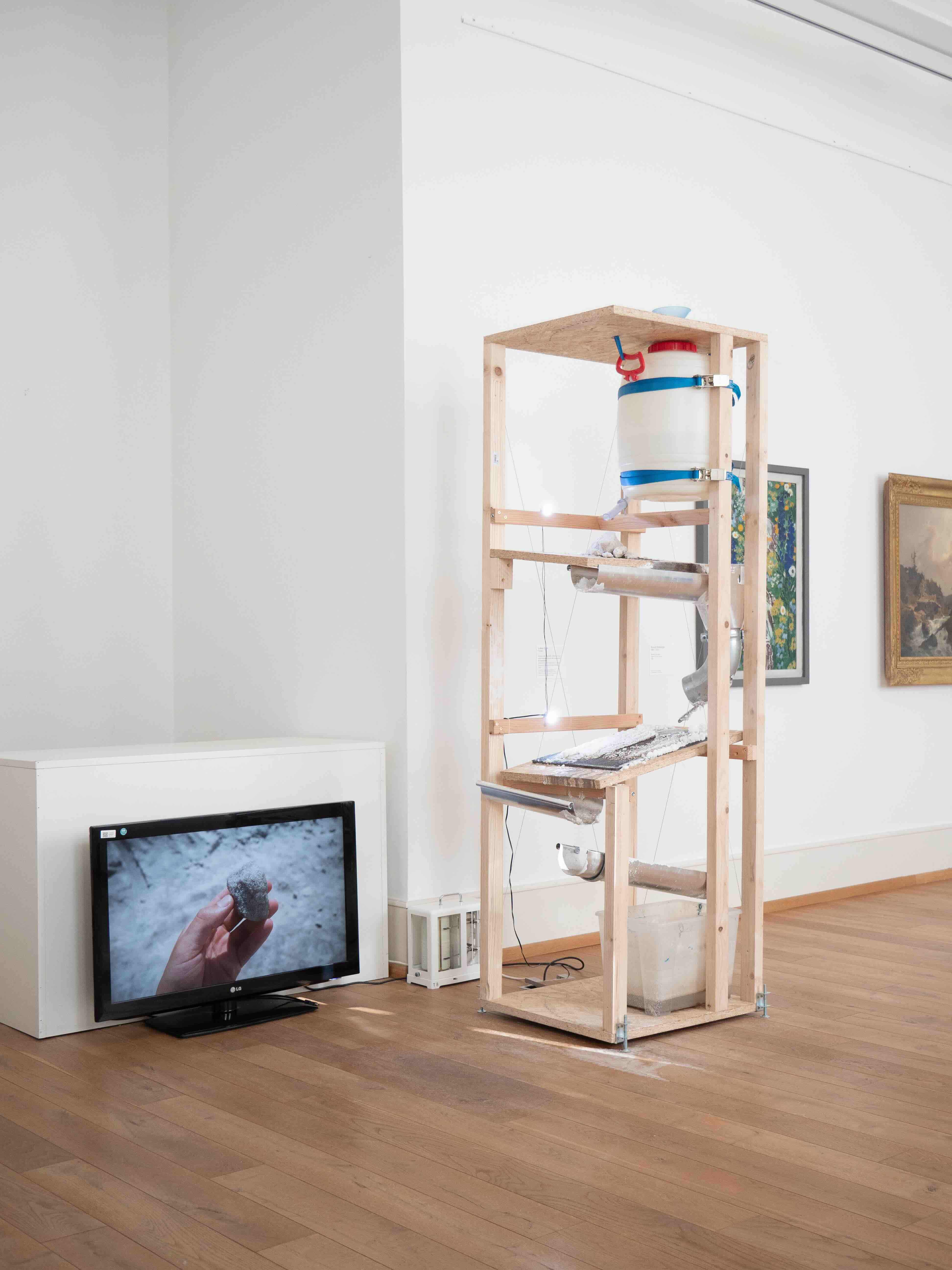
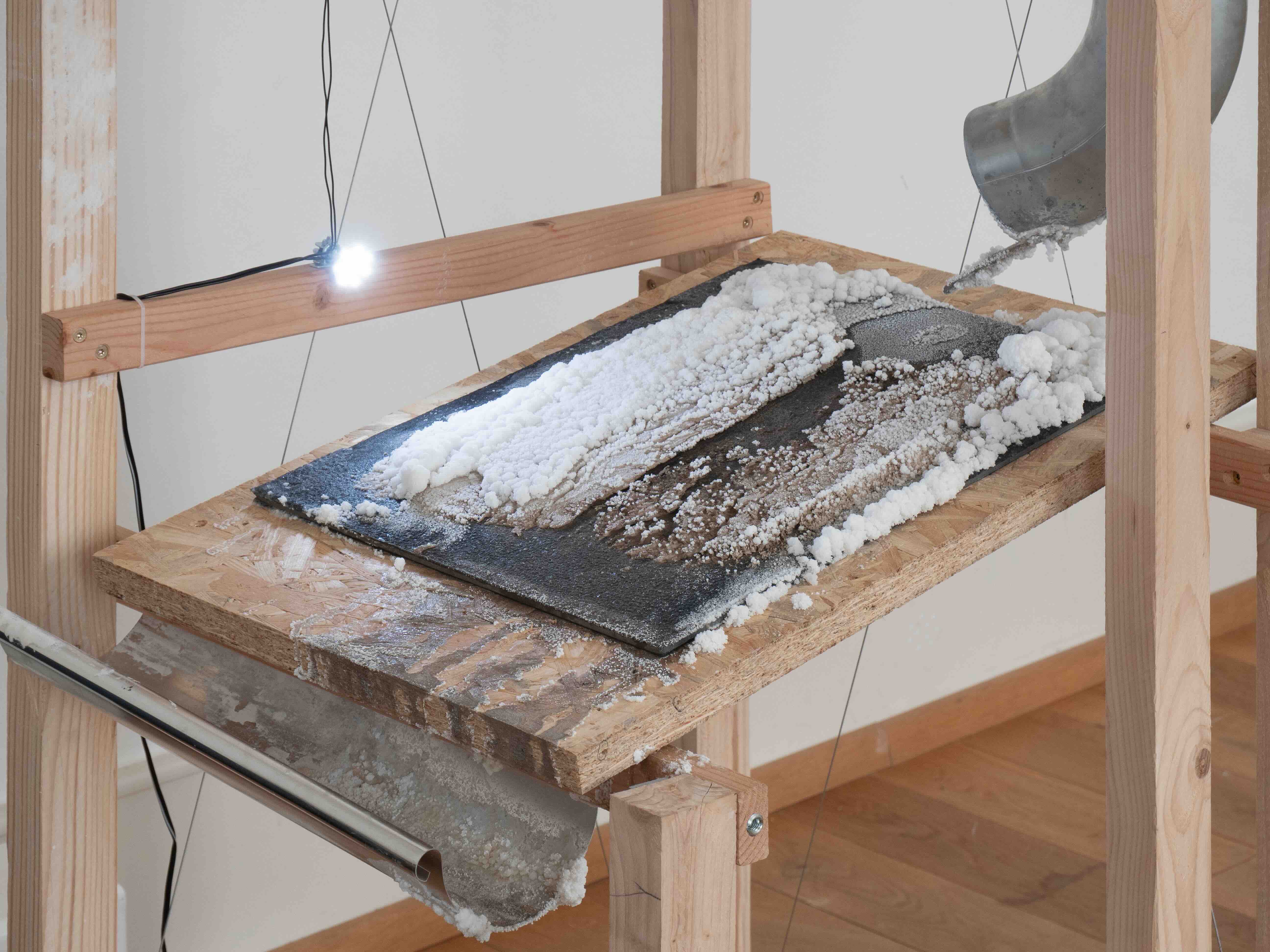
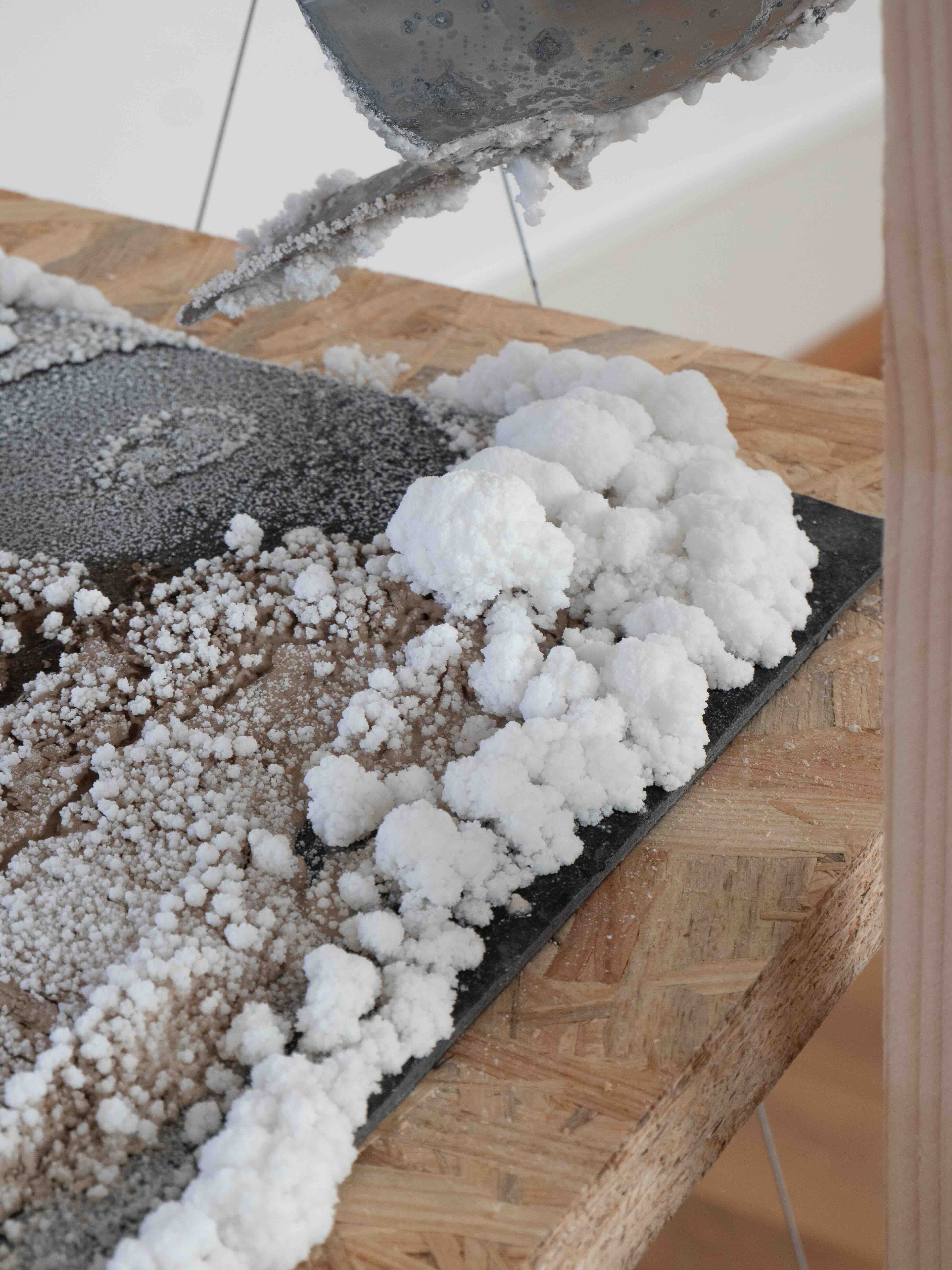
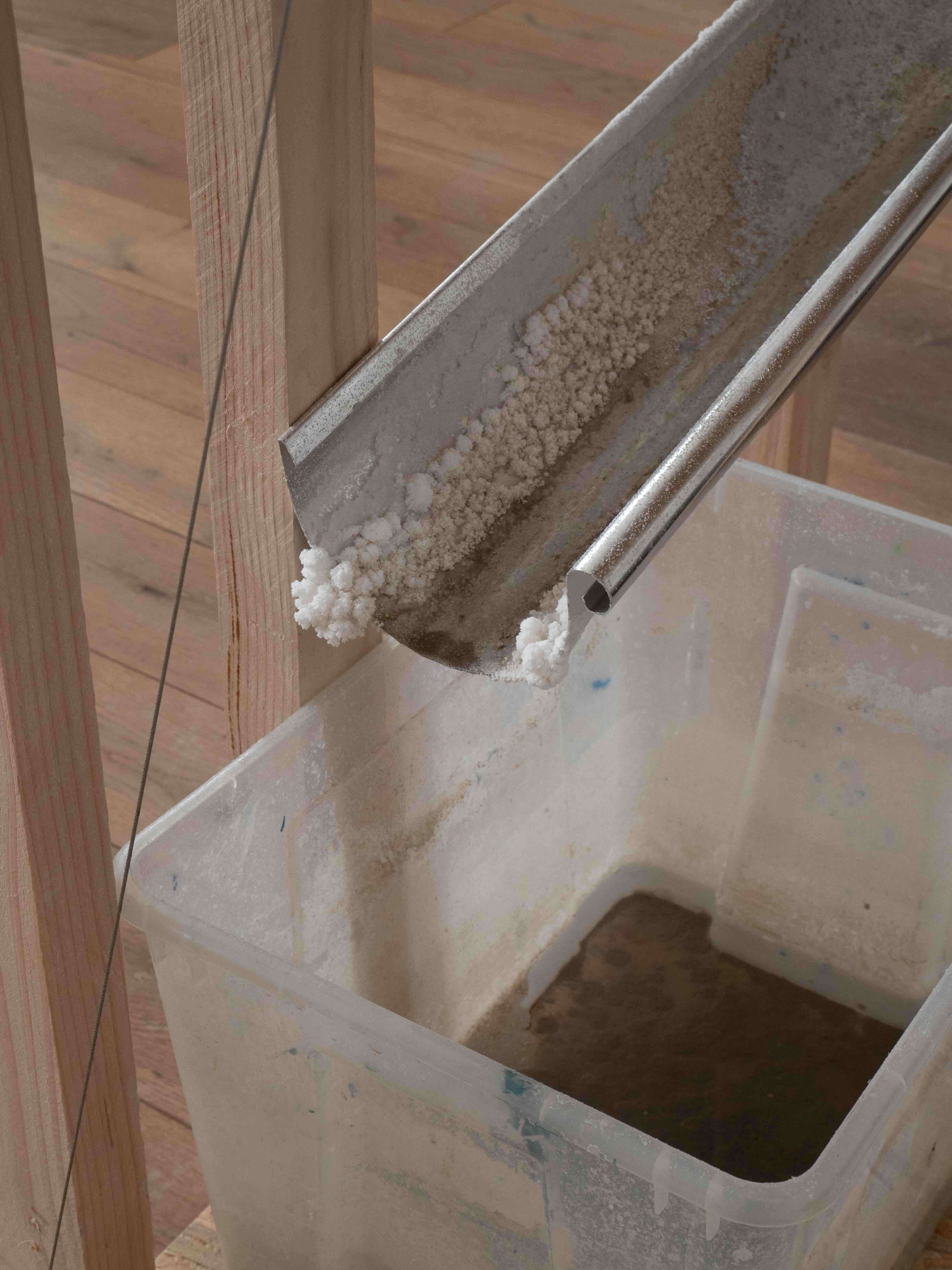
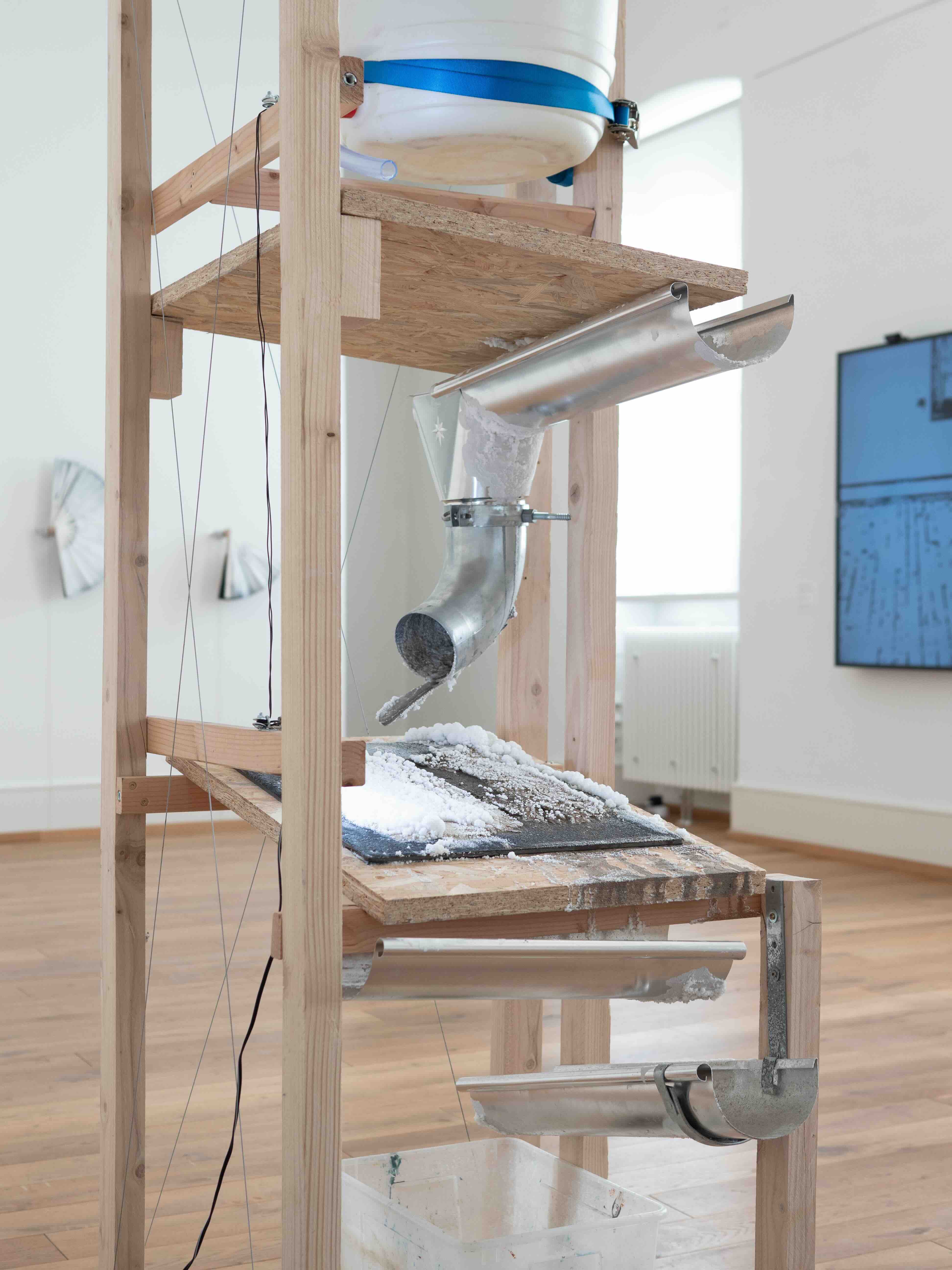
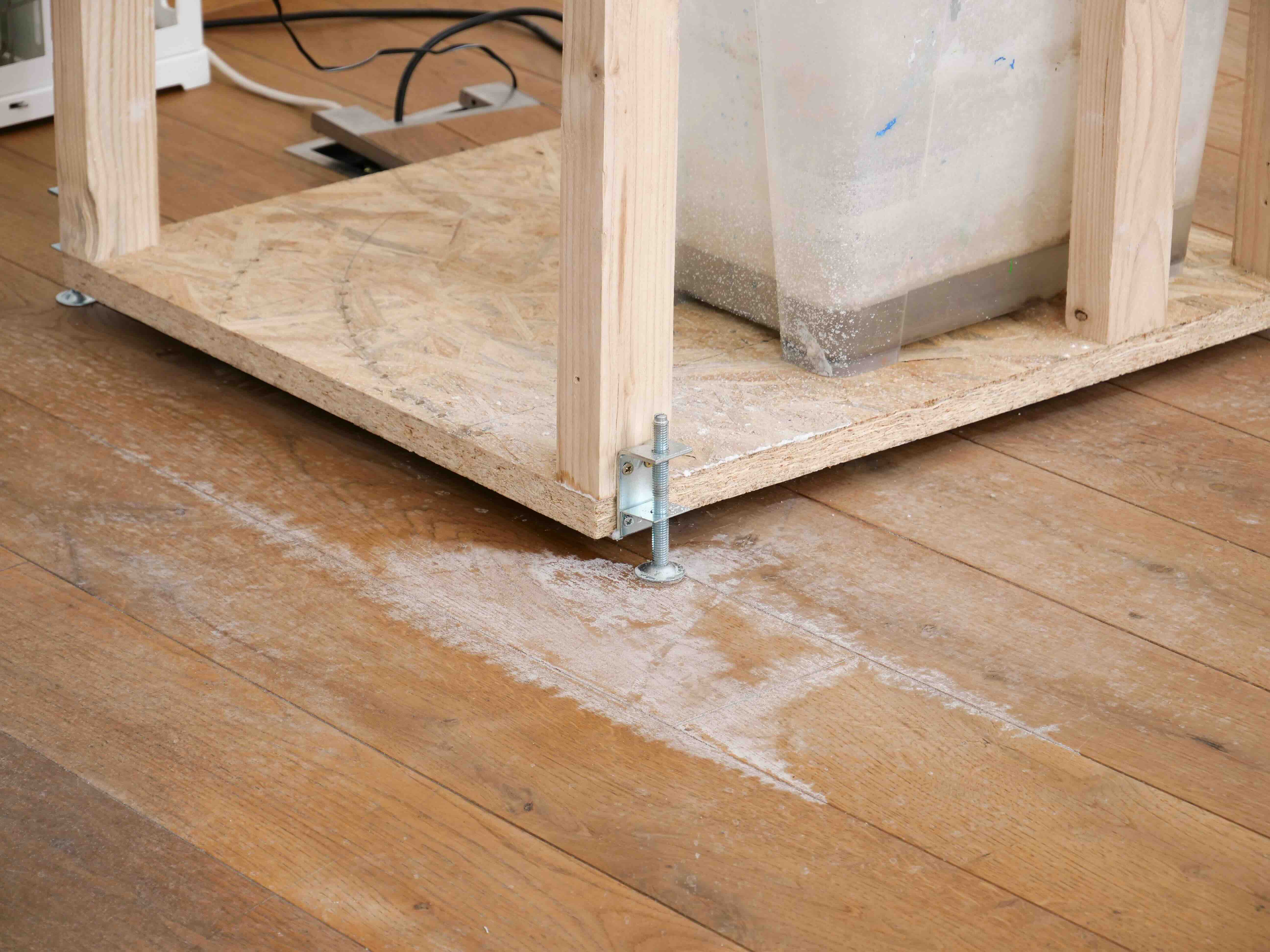
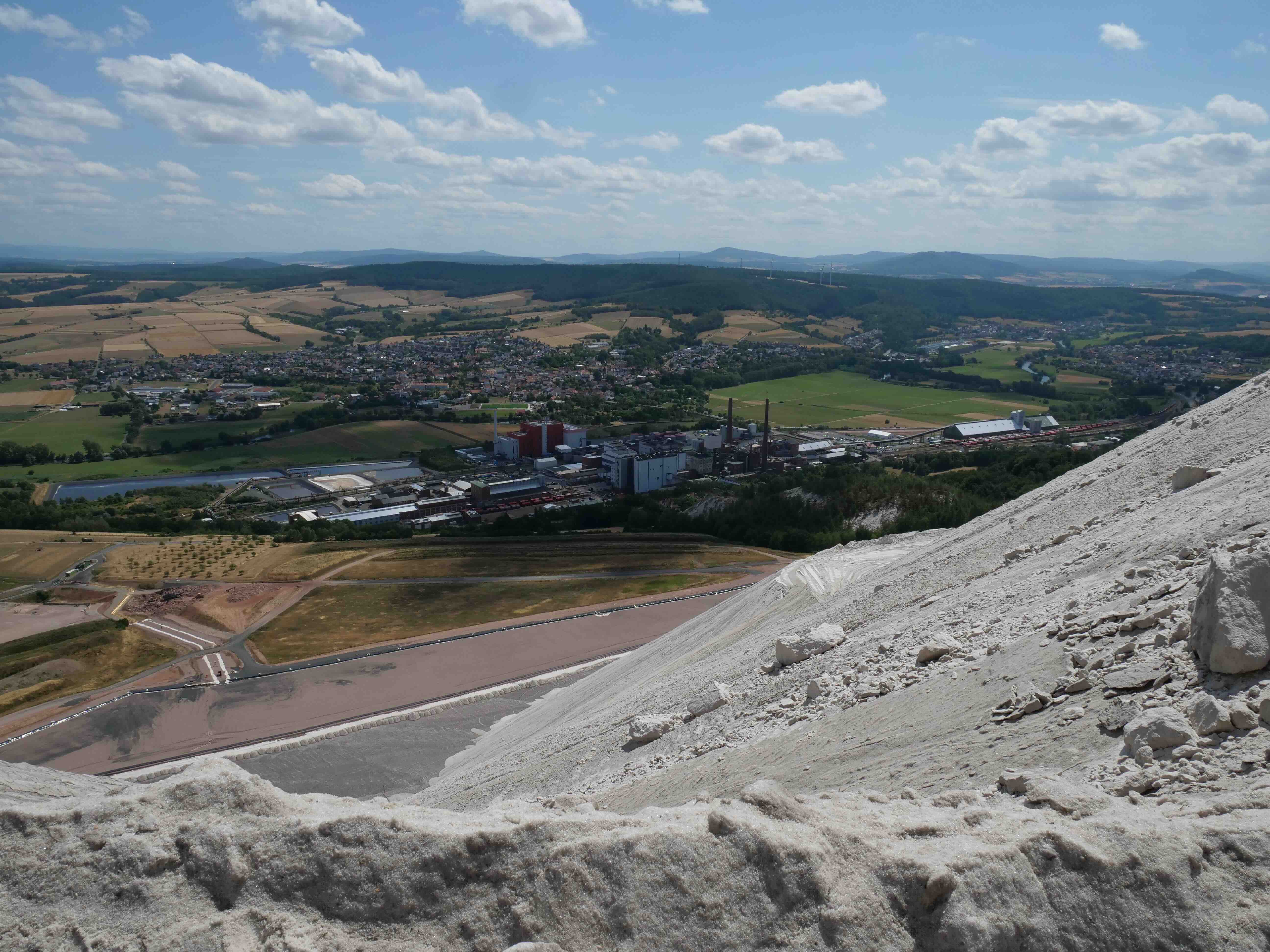

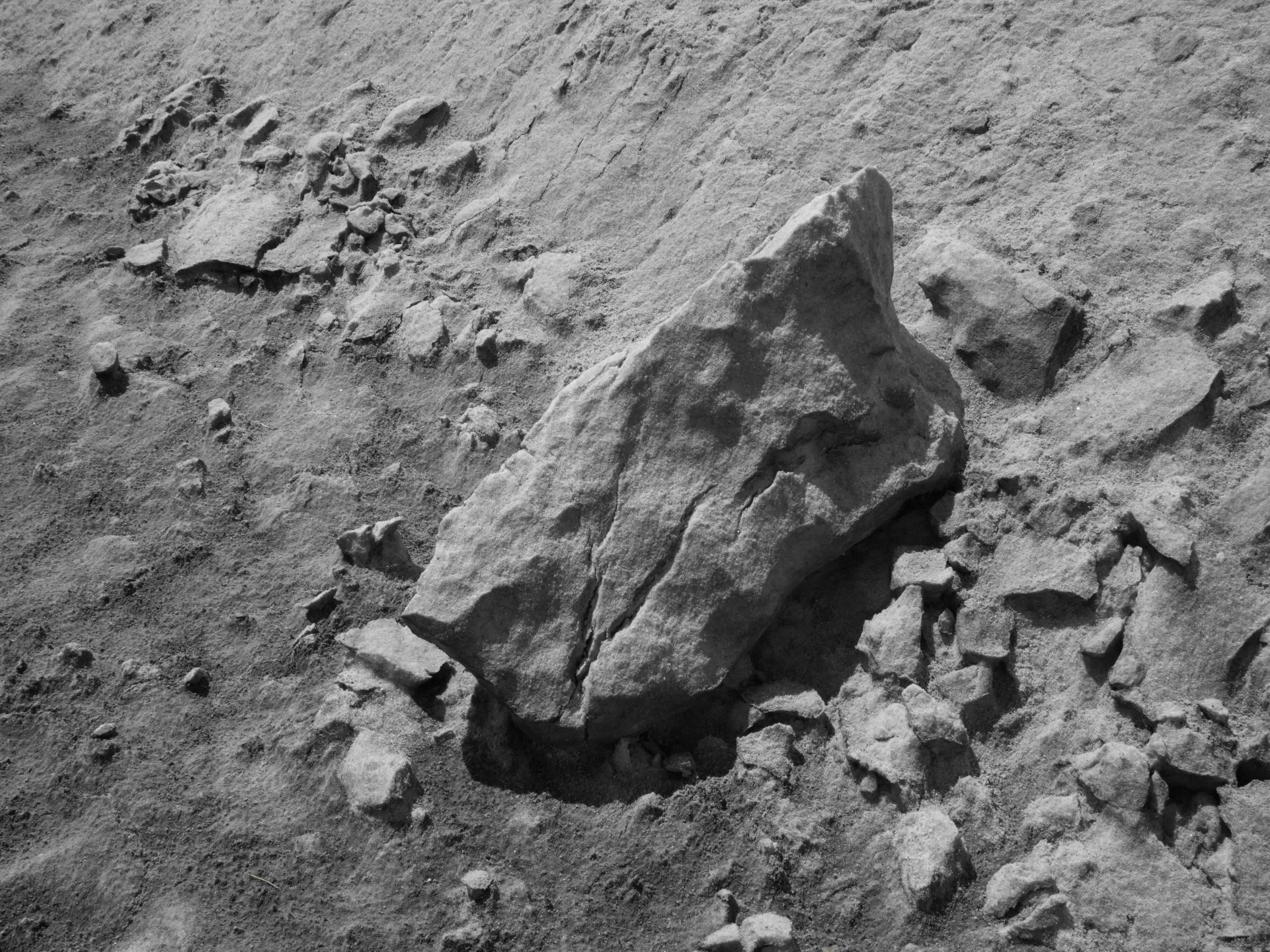
03.2
Artificial Stones
Many stones that wash up on the beaches of the North Sea coast are waste products of various industrial processes. Between shells, sand and driftwood, they reveal the blurred line between natural and cultural objects (ecofacts/artefacts).
The work Artificial Stones deals with the subject in three different ways: First, in a theoretical, scientific way in short texts, what, how, where and when different types of artificial stones have found their way into the environment. Secondly, in an informative way, by presenting the stones found on site at the beach on pedestals to initiate conversations and discussions. And thirdly in a cinematic way by documenting the process of restoring the original appearance of the stones before they entered the North Sea environment.
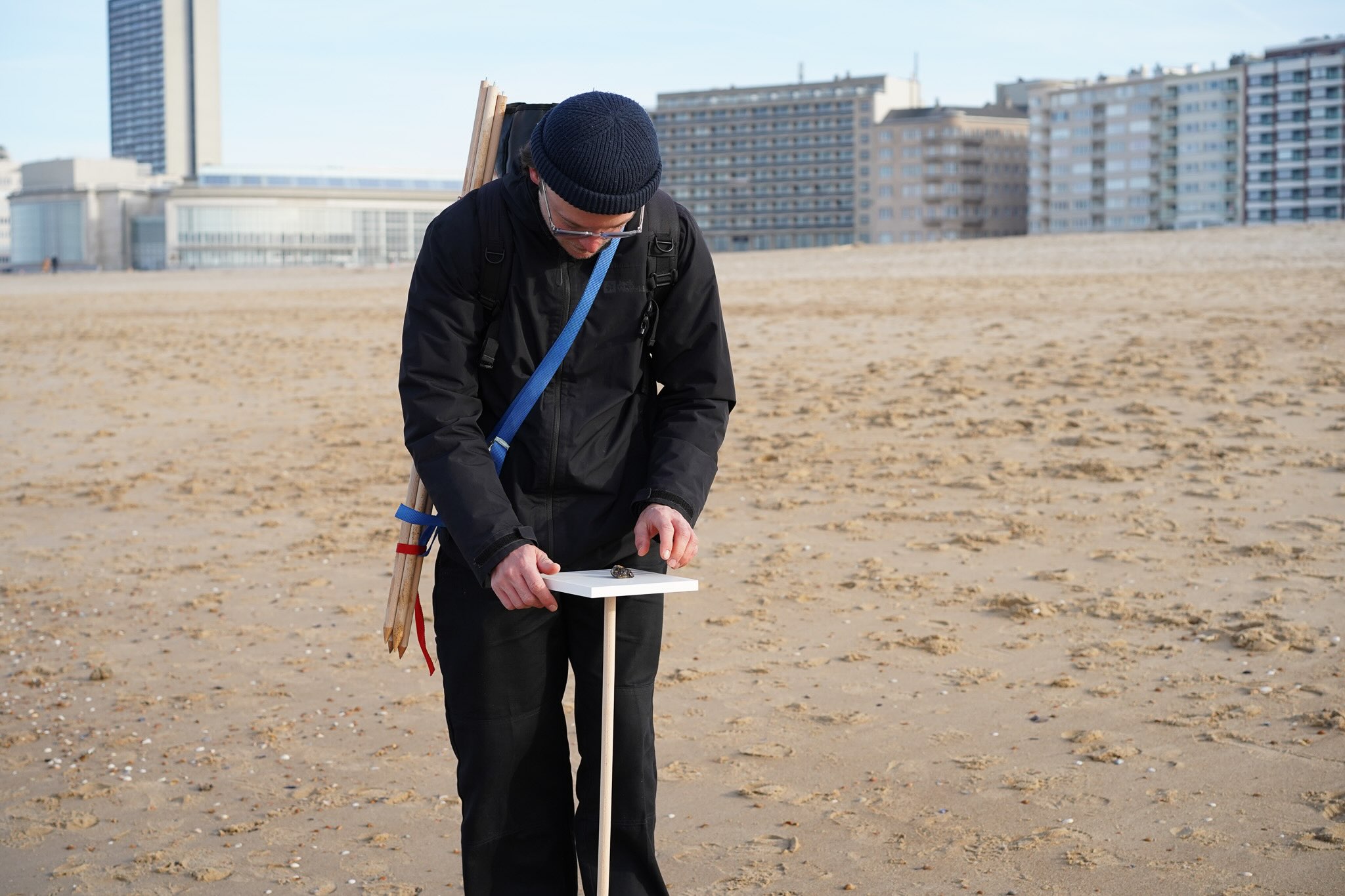
more...
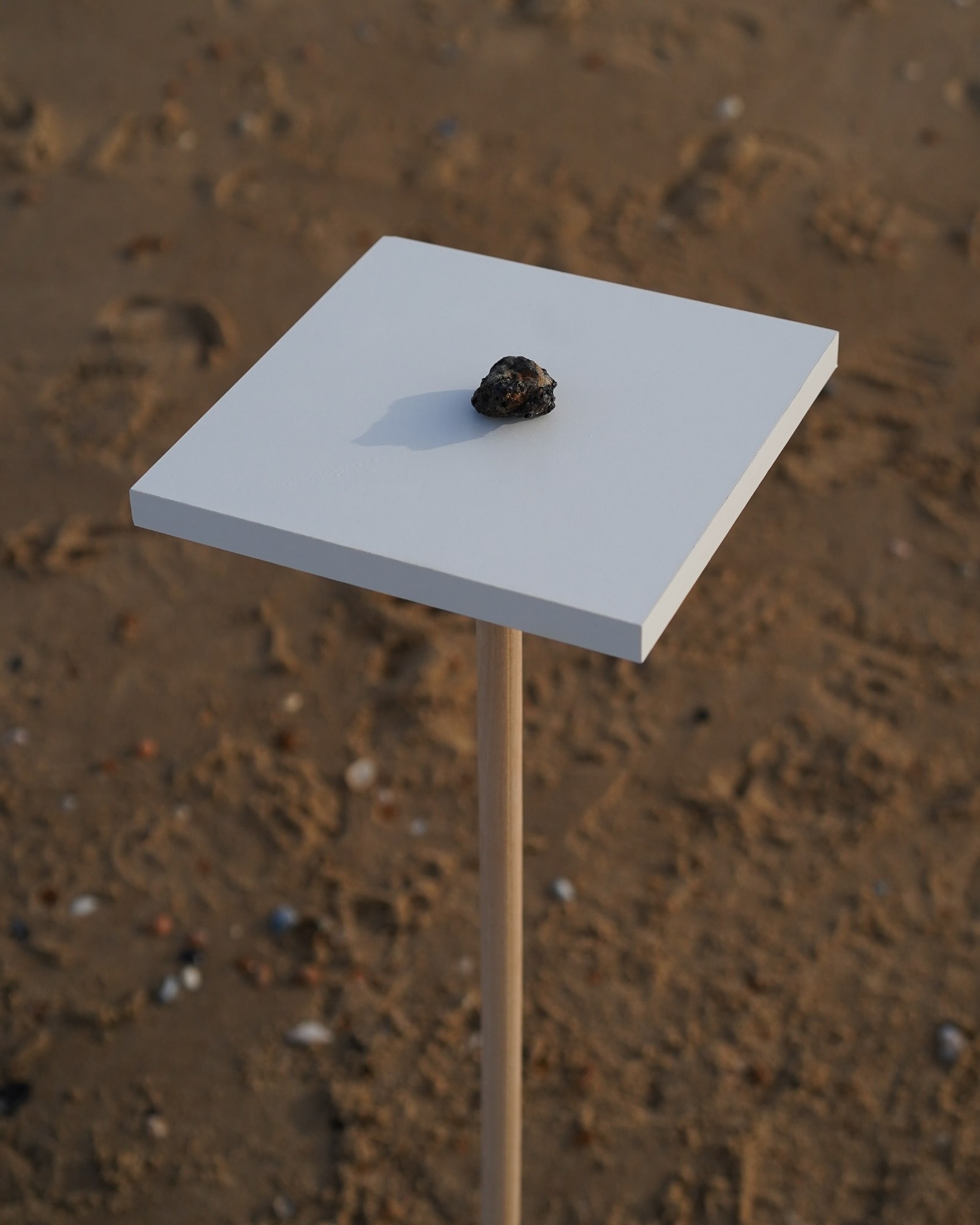
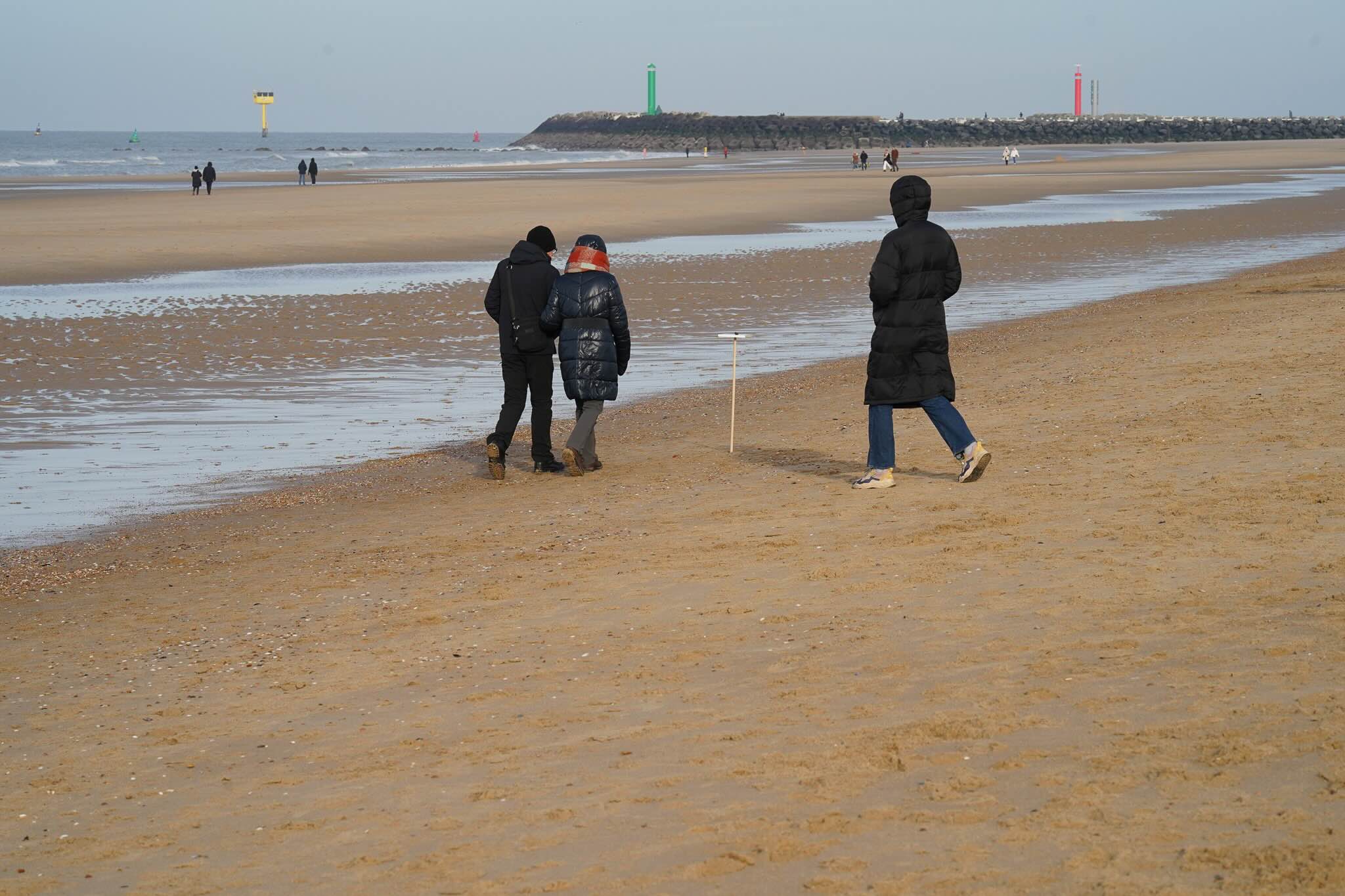
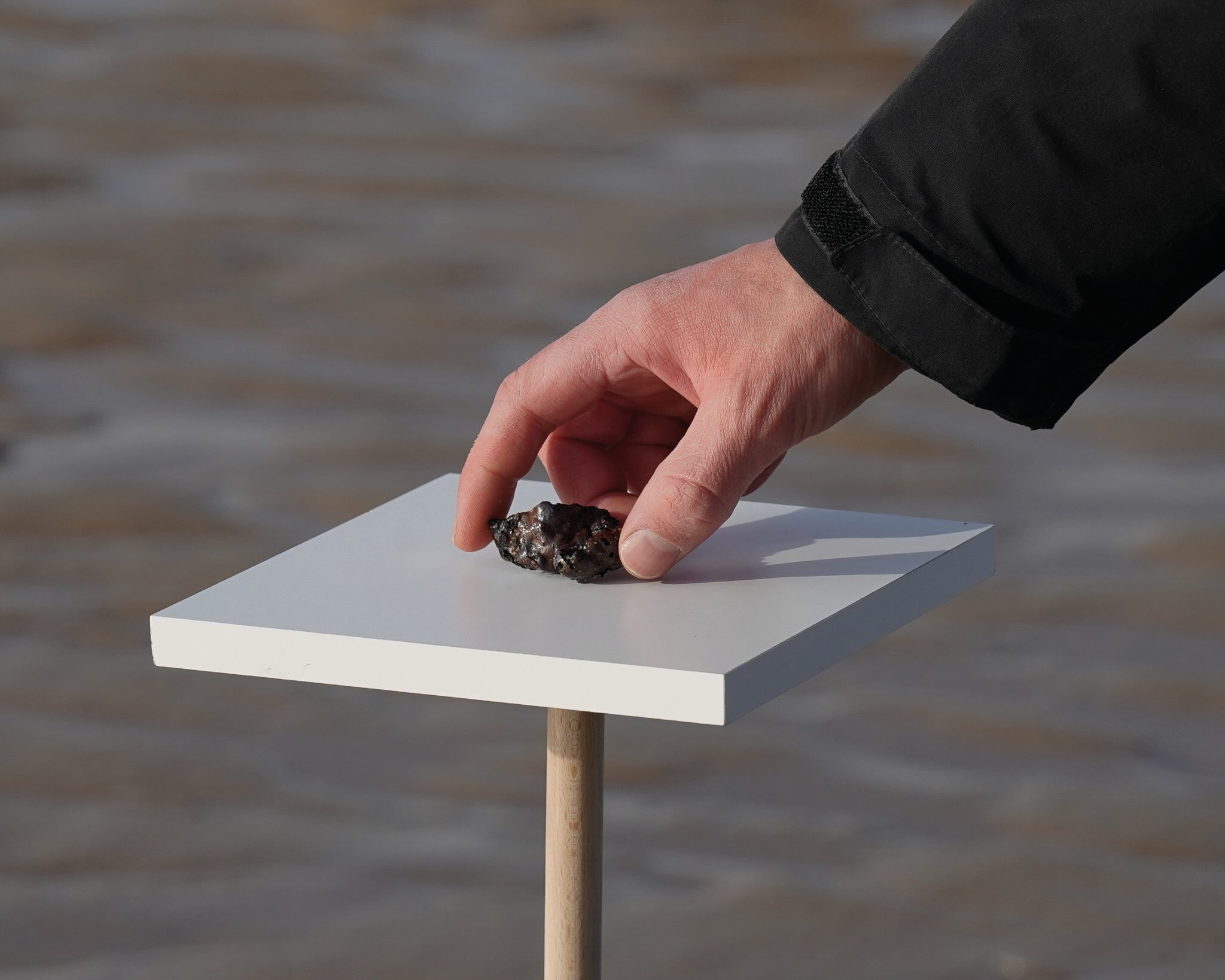
04
Residencies and Collective Projects
04.1
Reading Design
The four-week program Reading Design at Grymsdyke Farm brought together students, designers, and educators in a hands-on, process-led environment. The residency focused on exploring material, place, and making through open-ended experimentation. Working with ceramics, glass, poly plaster, wax, bronze, and more, we developed site- and process-specific design responses alongside tutors such as Attua Aparicio, Marco Campardo, Studio Glithero, and Guan Lee. The resulting works were later exhibited at Cromwell Place as part of the Brompton Design District during the London Design Festival 2024.
Photos by George Baggaley
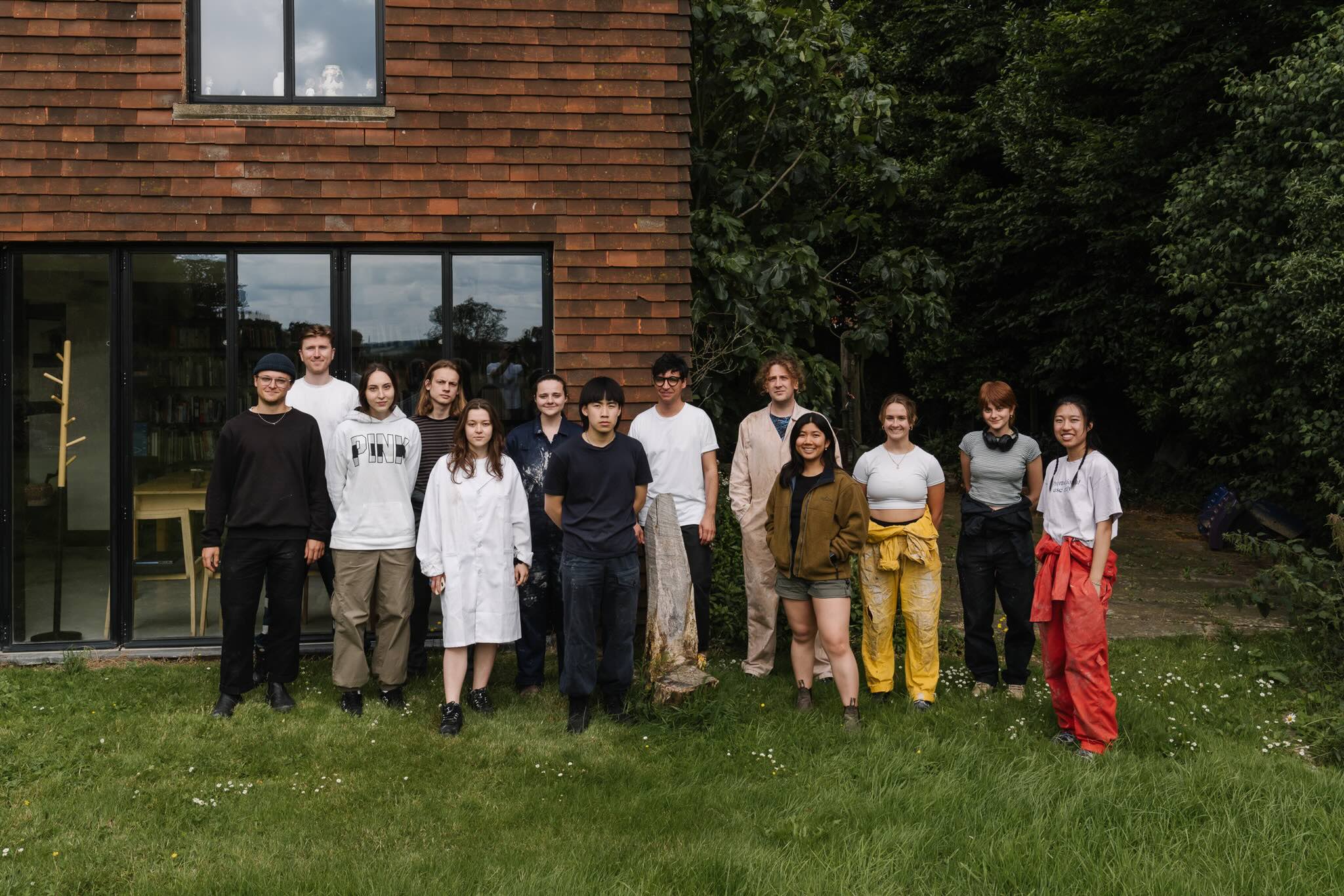
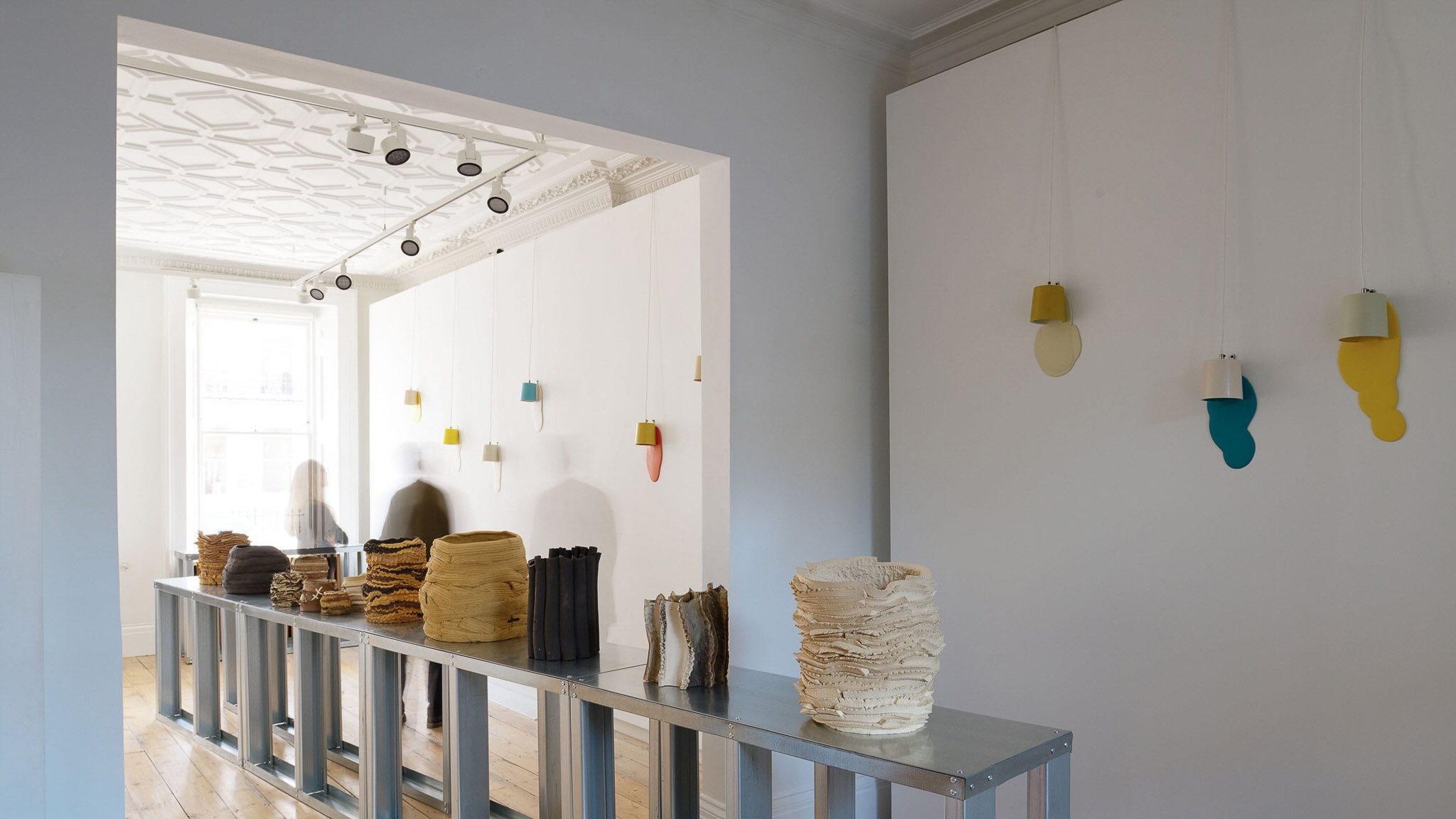
more...
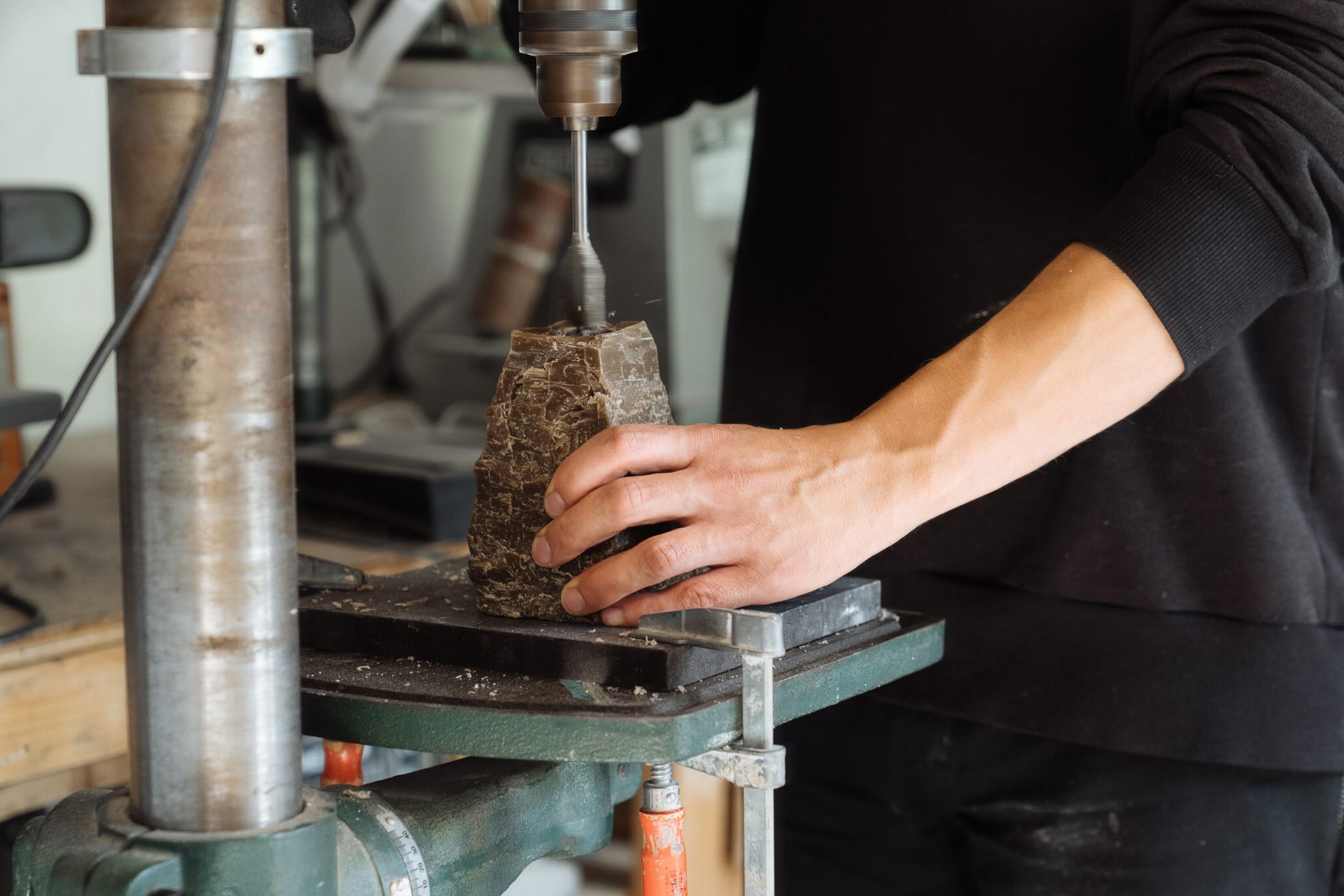
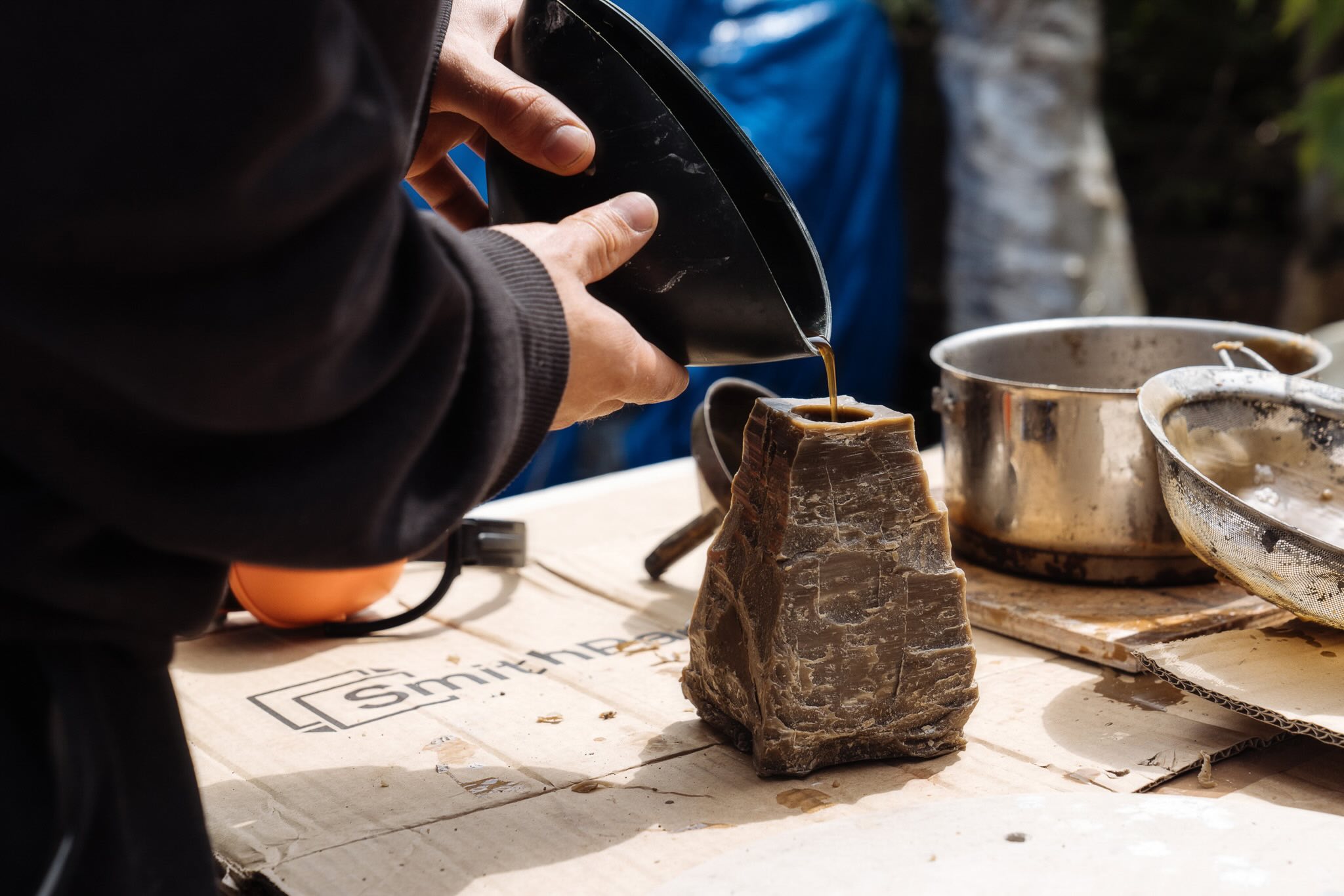
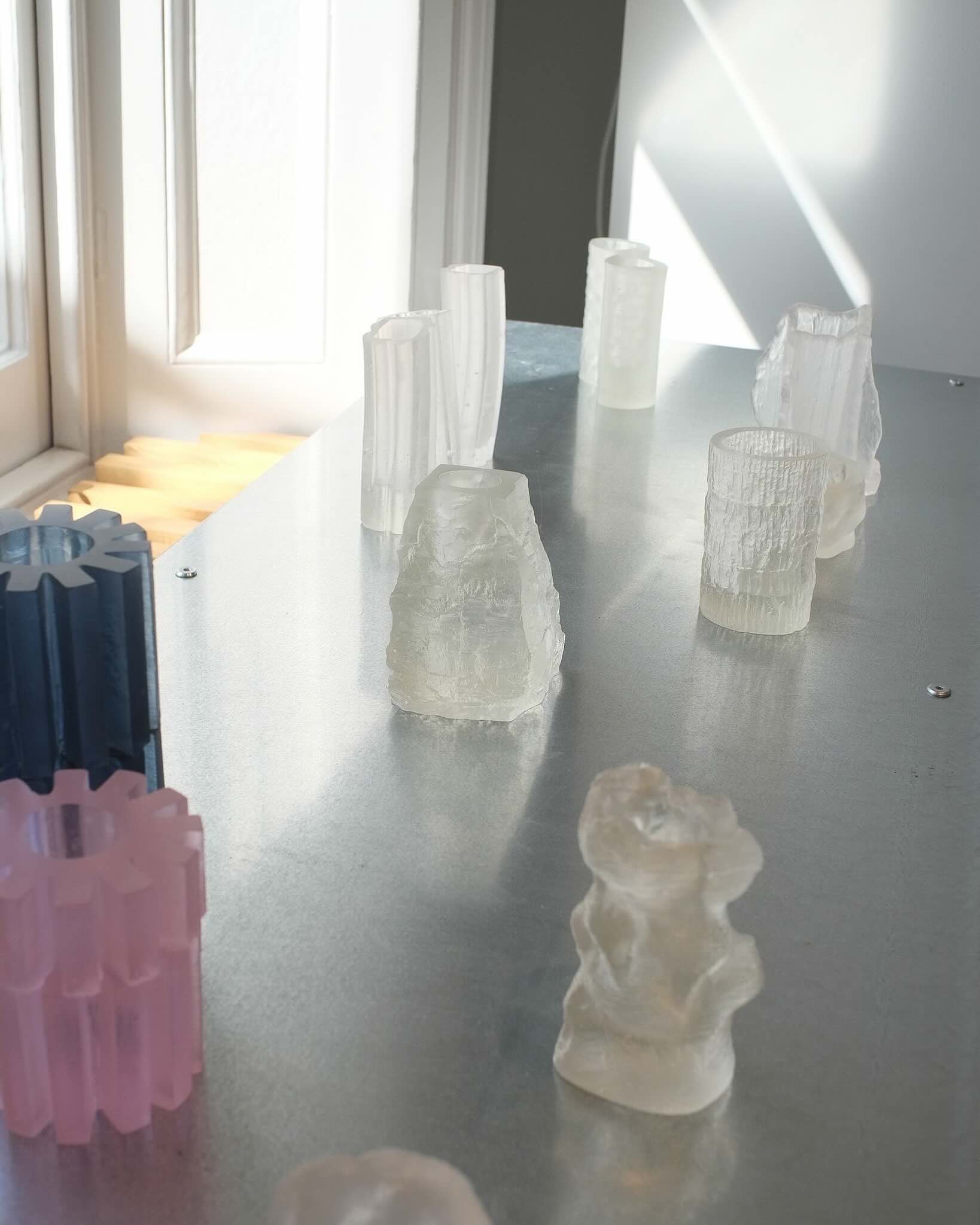
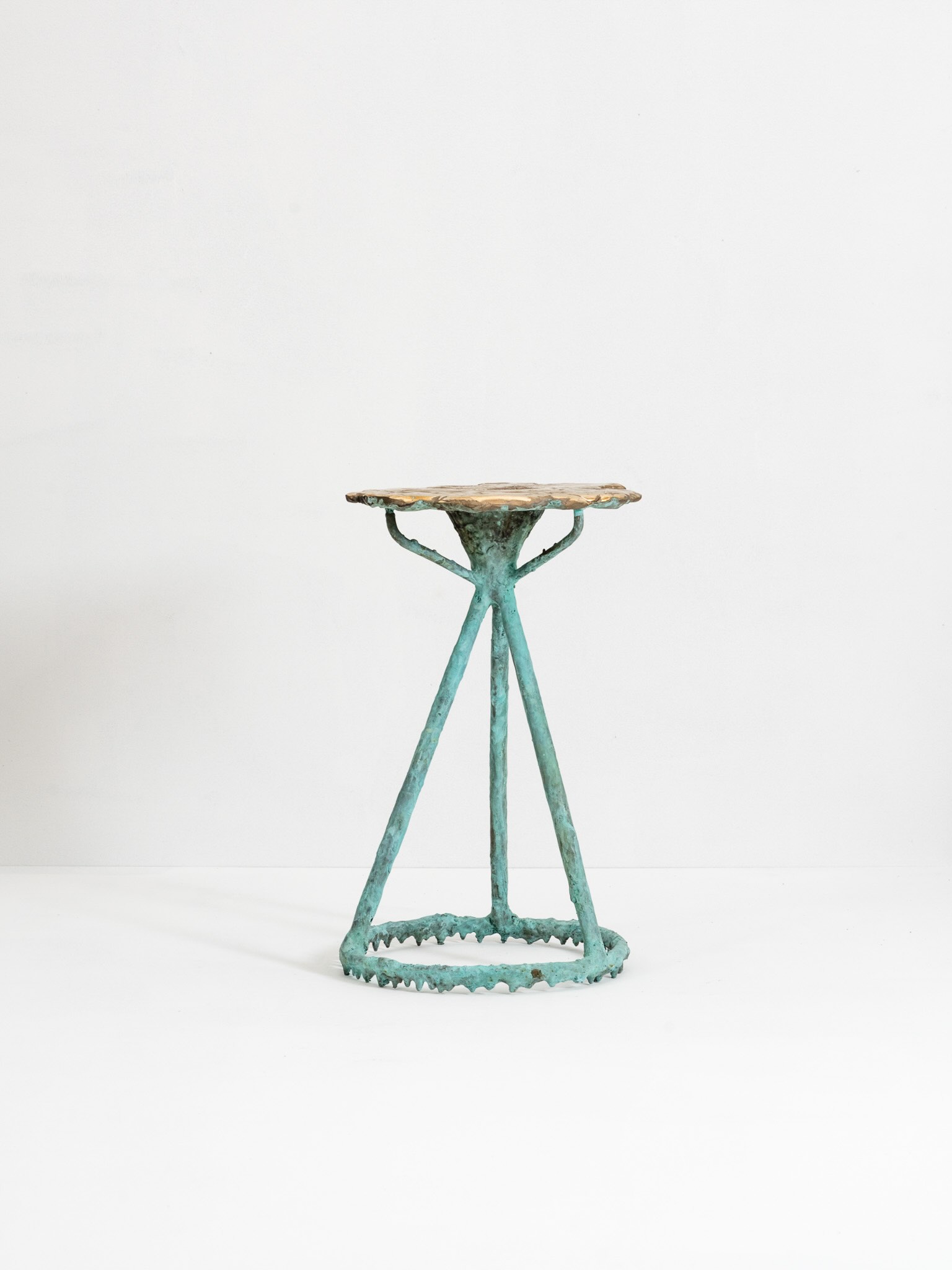
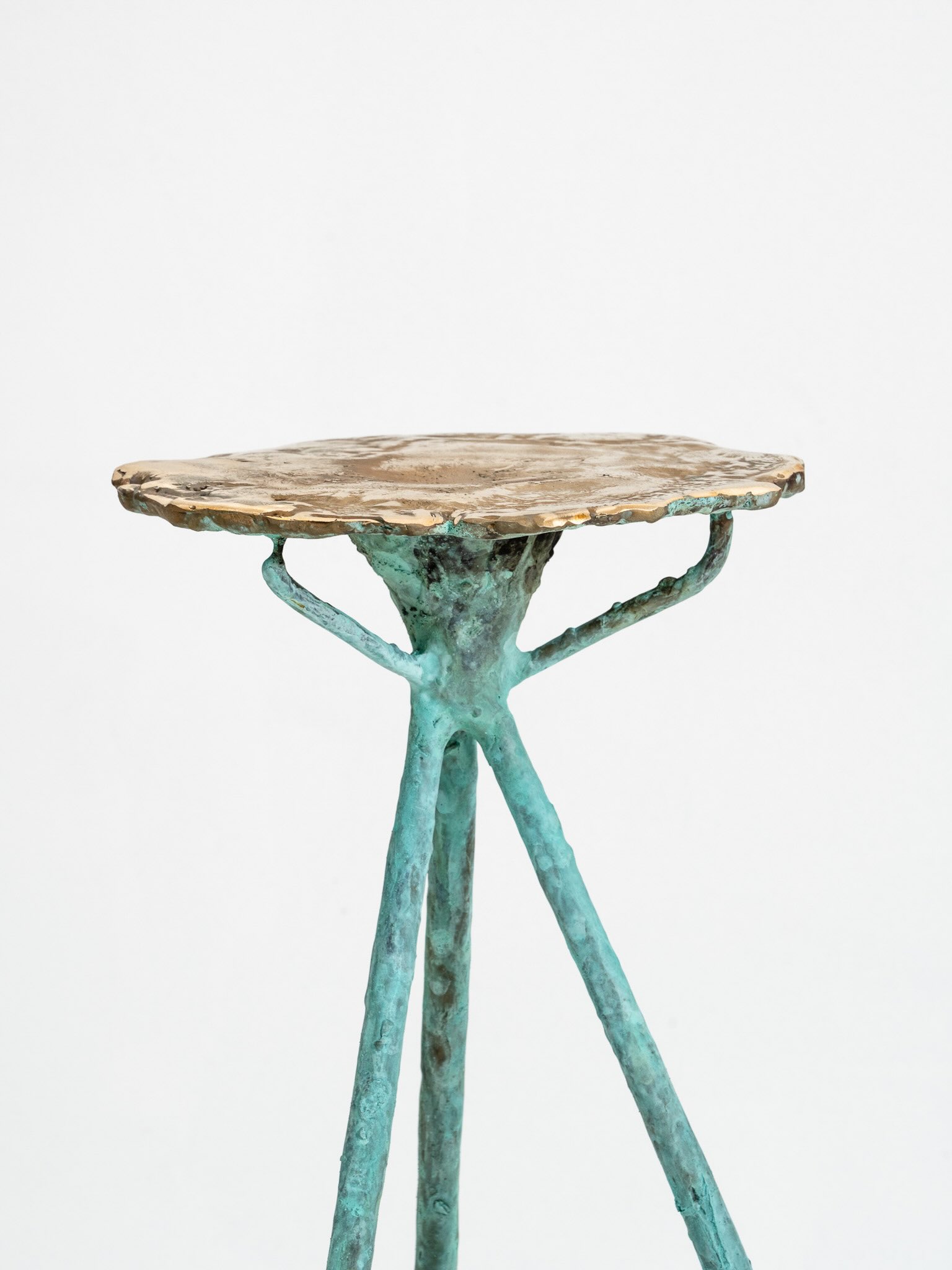
04.2
well, well, well...
As part of a workshop initiated by Füsun Türetken and Heba Y. Amin within the German Pavilion at the 2023 Venice Architecture Biennale—curated under the Open for Maintenance framework by ARCH+, Summacumfemmer, and Büro Juliane Greb—we traced the story of a 13th-century Venetian wellhead now standing at Wartburg Castle in Eisenach.
We treated this “un-transportable” artifact as a catalyst, following its nomadic journey through histories of care, restitution, and maintenance, and digitally carried it back to Venice via a high-resolution 3D scan and archival research. Using reclaimed materials from the pavilion’s depot, we re-materialized the scan into a modular fountainhead, and installed it across three sites in Venice to reconnect archival narratives with local space.
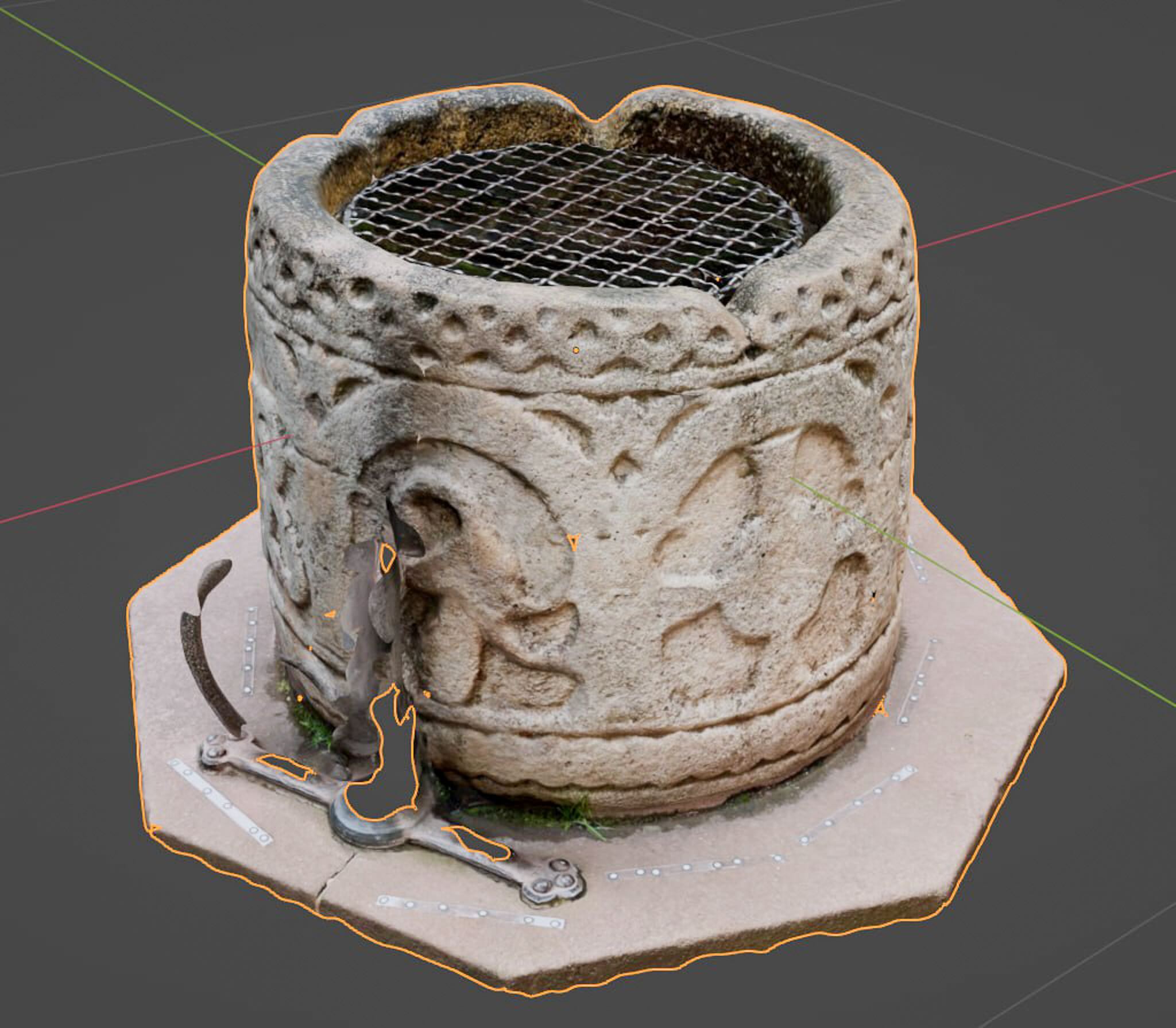
more...
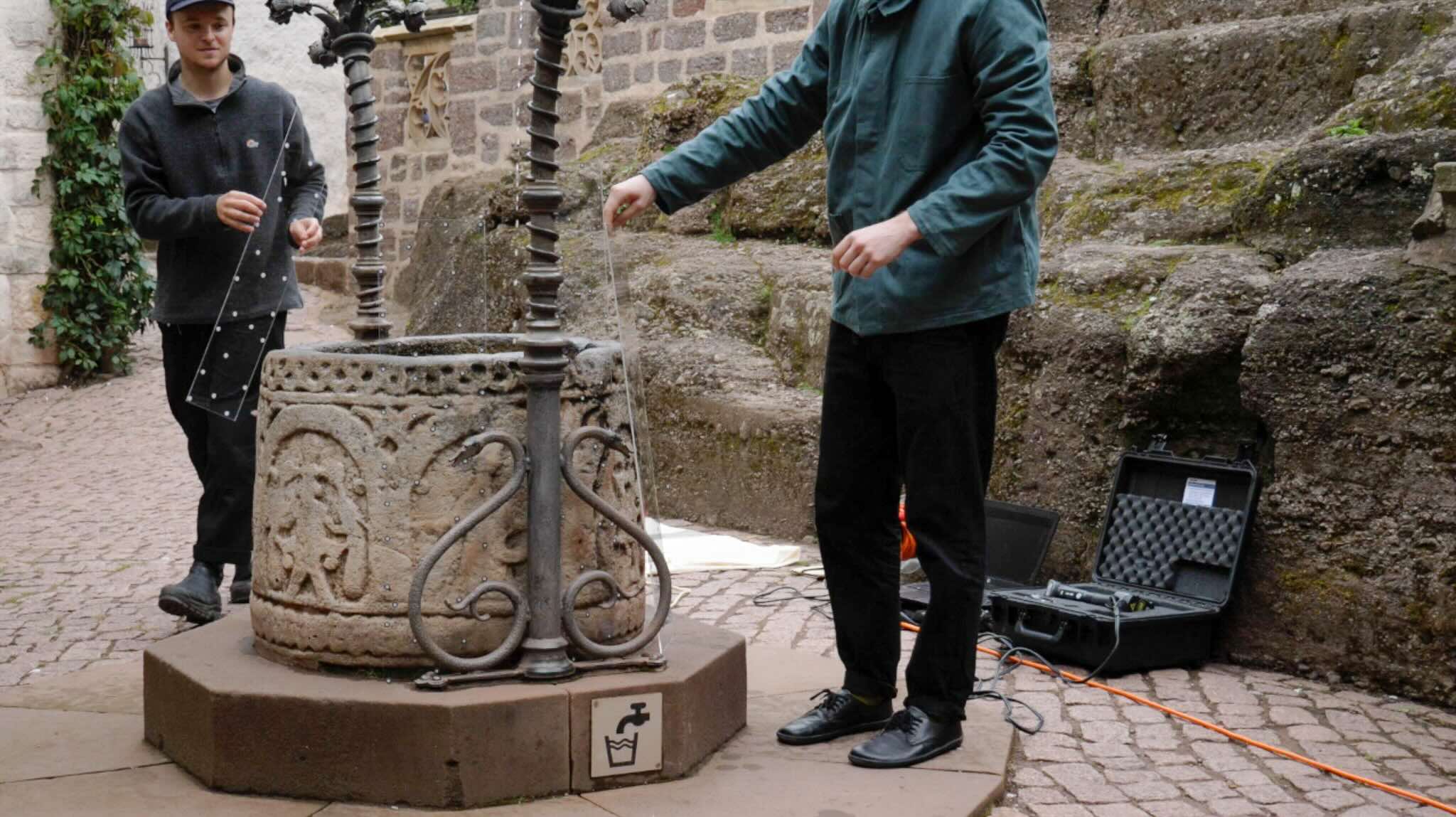





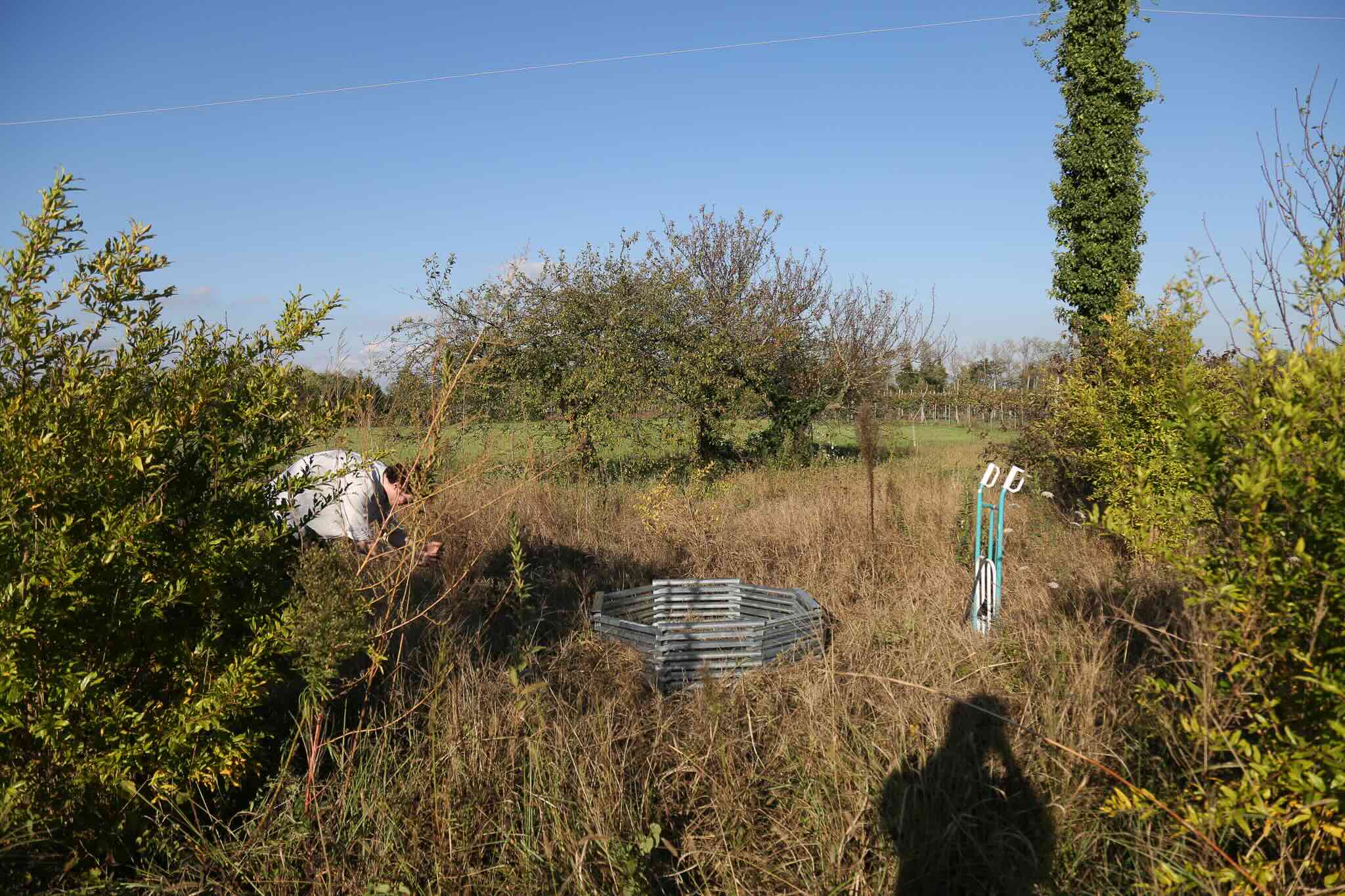
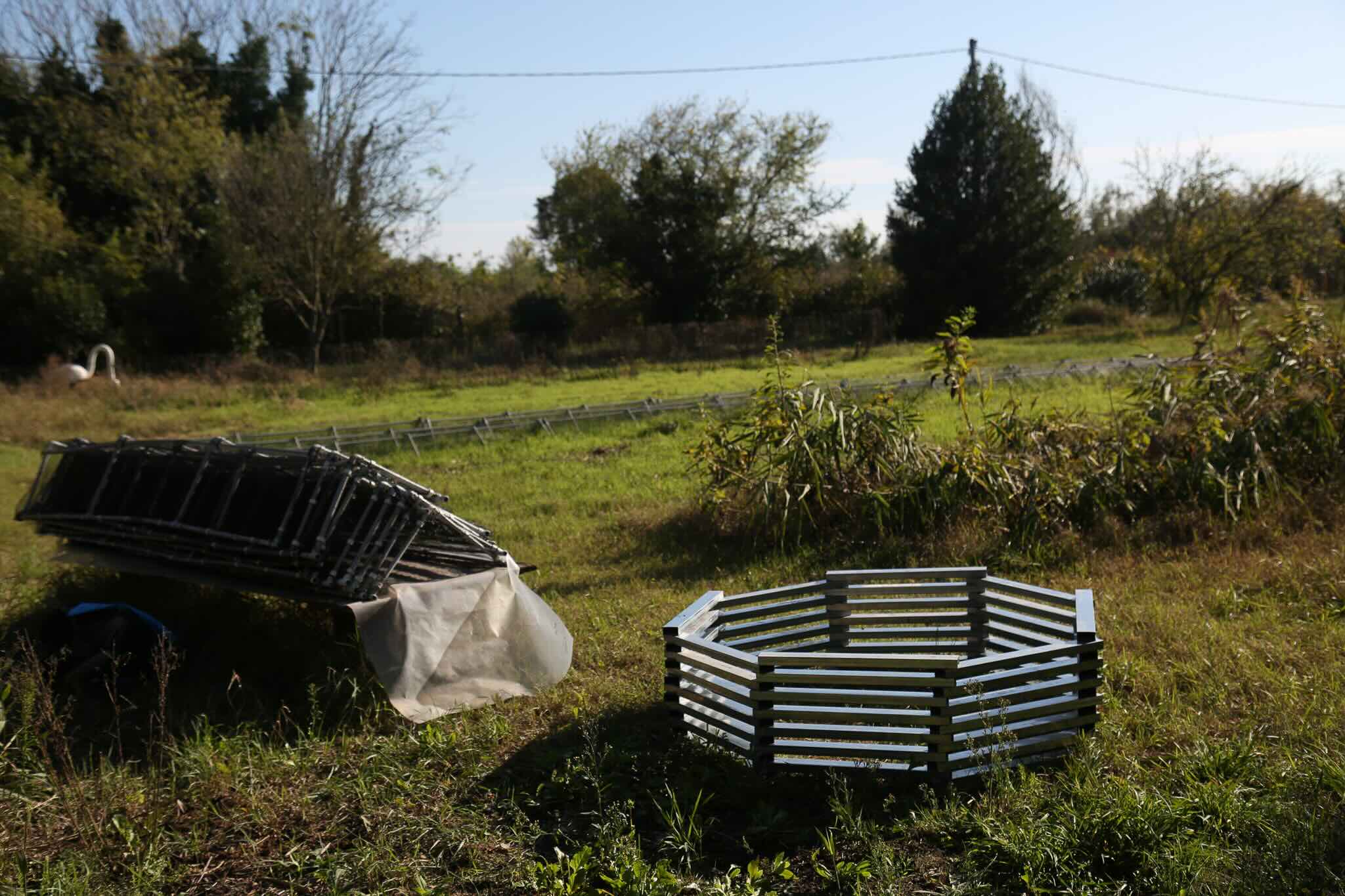
Legal Information
- Provider Identification (§ 5 TMG):
Lukas Klein
Usingerstr 55
51105 Cologne
Germany
Email: hello[at]kleinlukas.eu
VAT ID: -
- Liability for Content: As a service provider, we are responsible for our own content on these pages according to general laws (§ 7 para.1 TMG). Removal or blocking of such information remains unaffected by this.
- Liability for Links: Our offer contains links to external third-party websites. We have no influence on their content, therefore we cannot assume liability for this external content.
- Copyright: The content and works on these pages created by the site operators are subject to German copyright law.
- Privacy Policy and Data Handling: We process personal data in accordance with the EU General Data Protection Regulation (GDPR). Personal information collected through this website is used solely for the purposes stated, stored securely, and not shared with third parties without consent. Users have the right to access, rectify, or erase their personal data at any time.




















